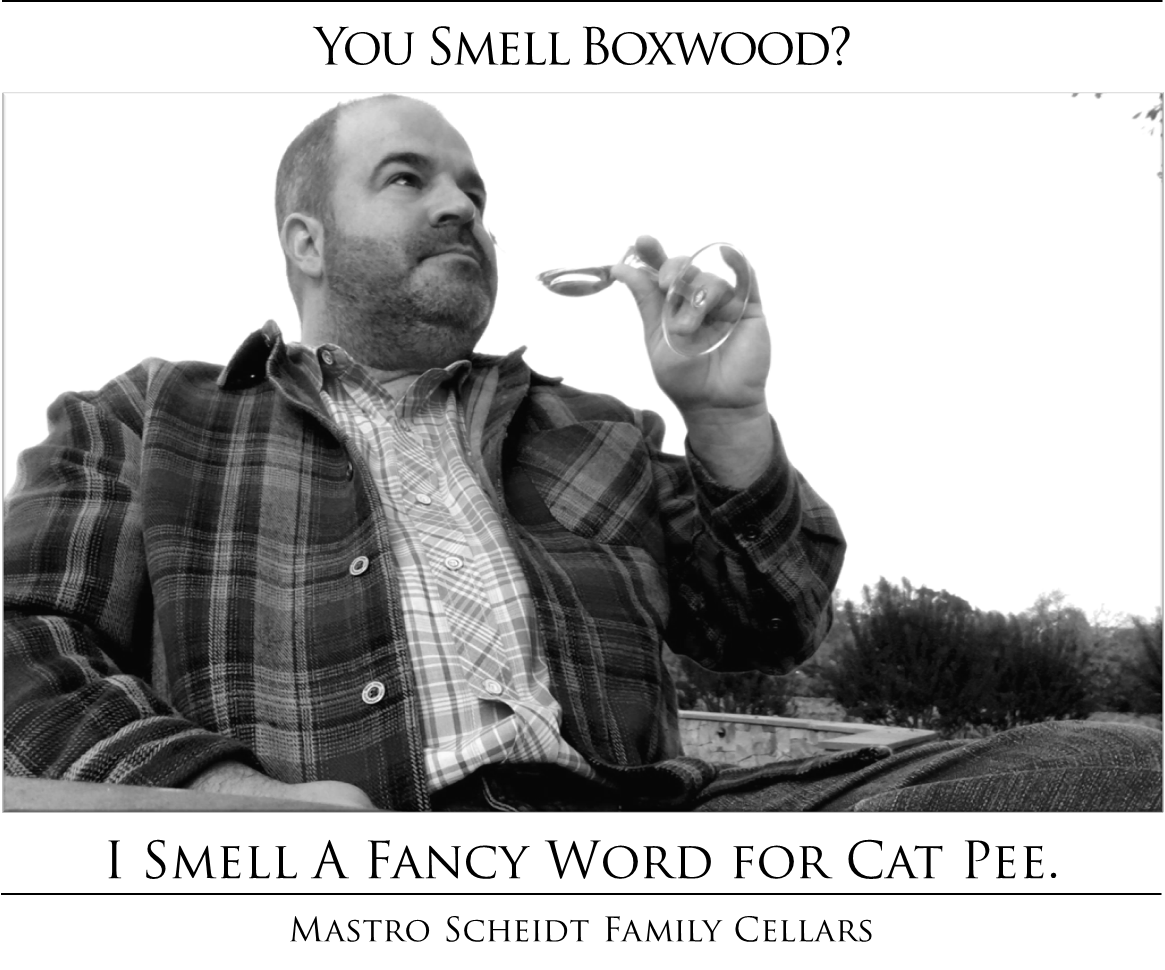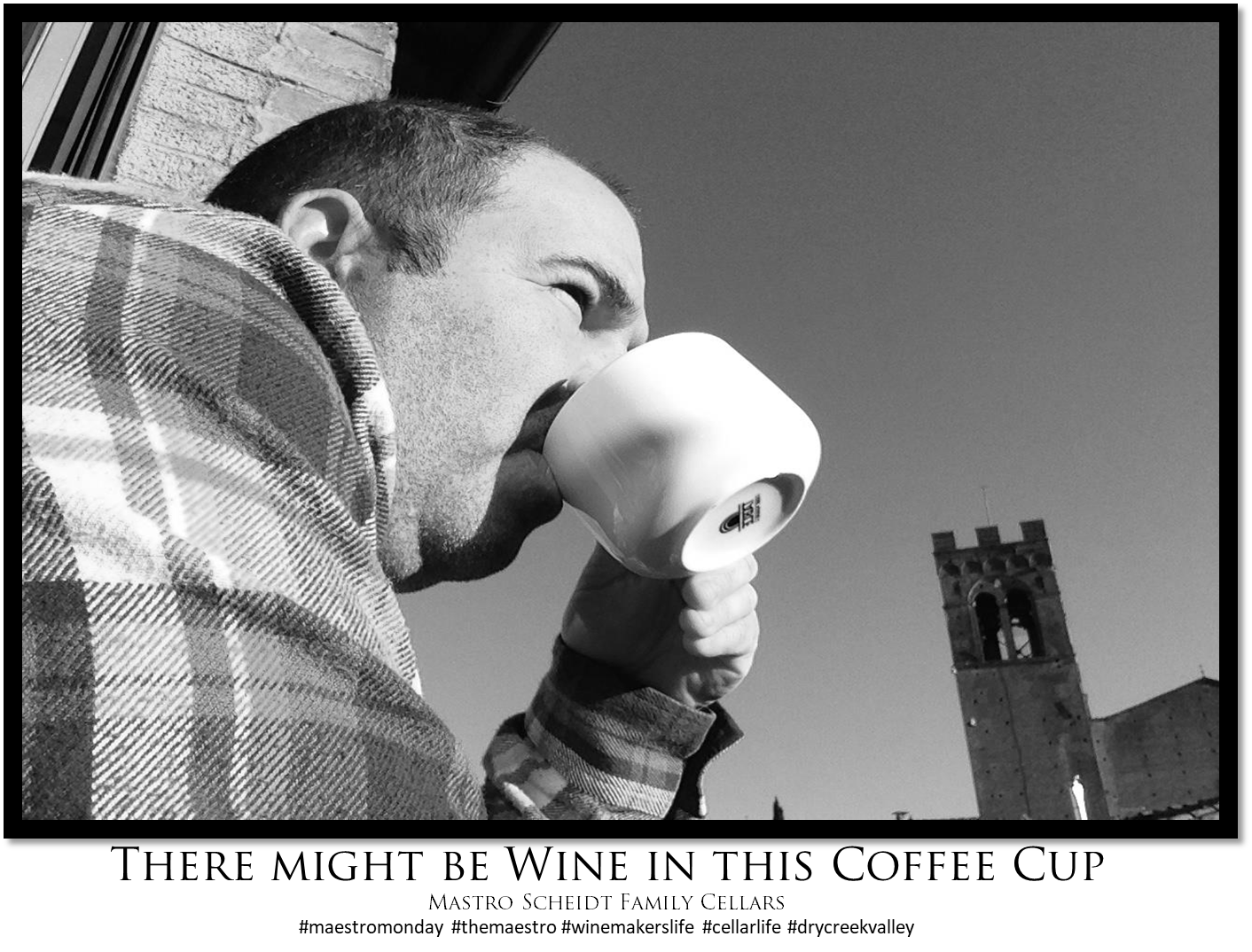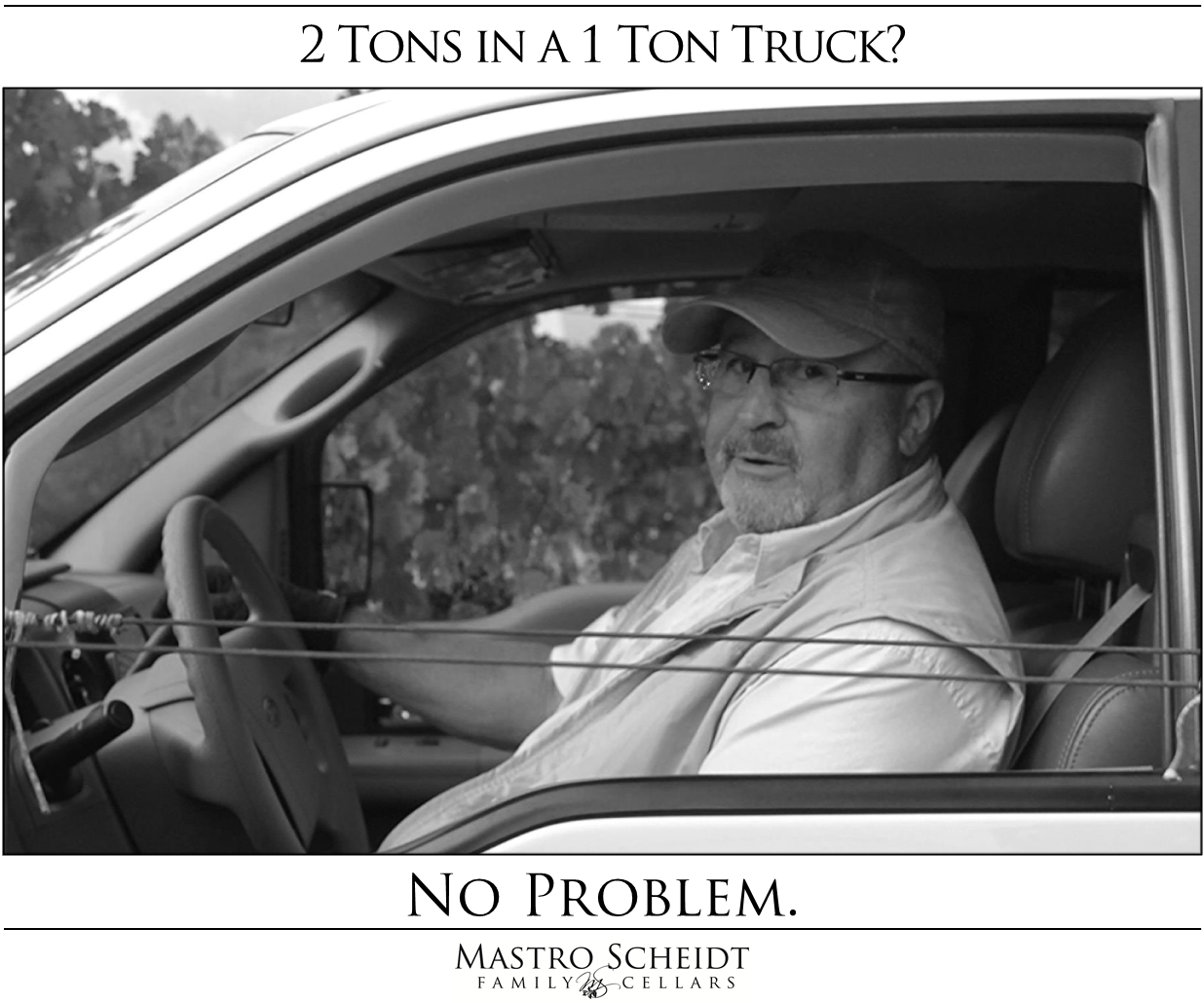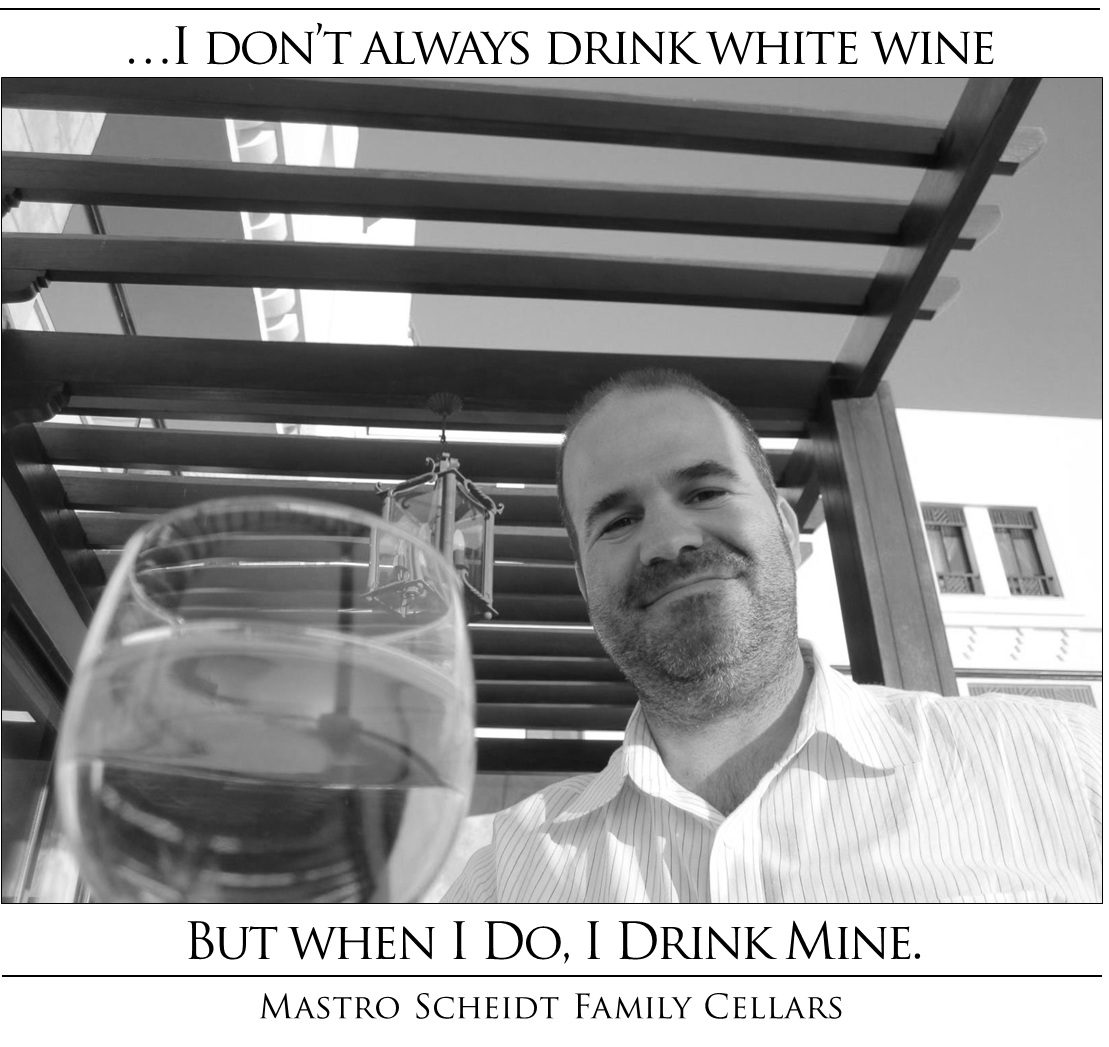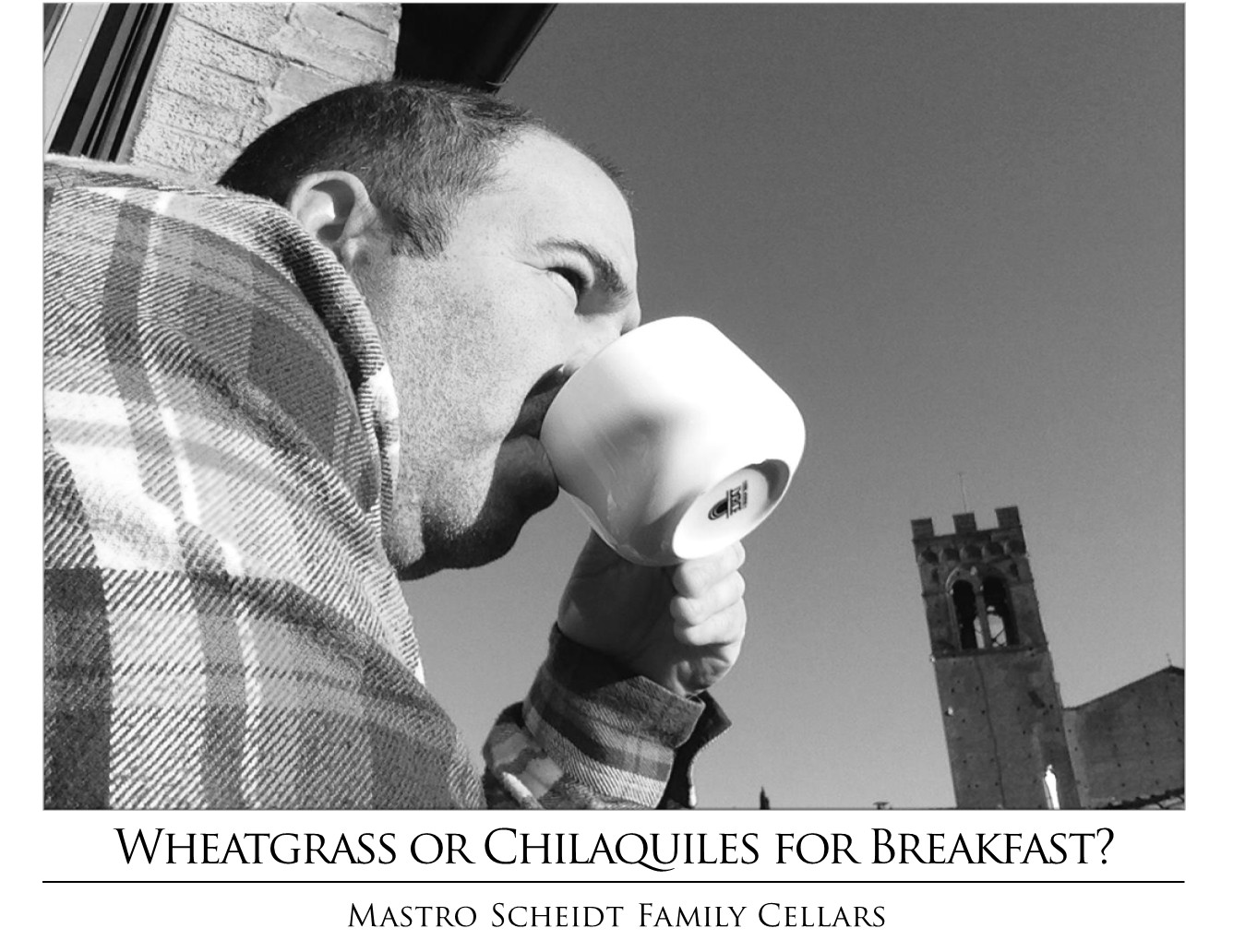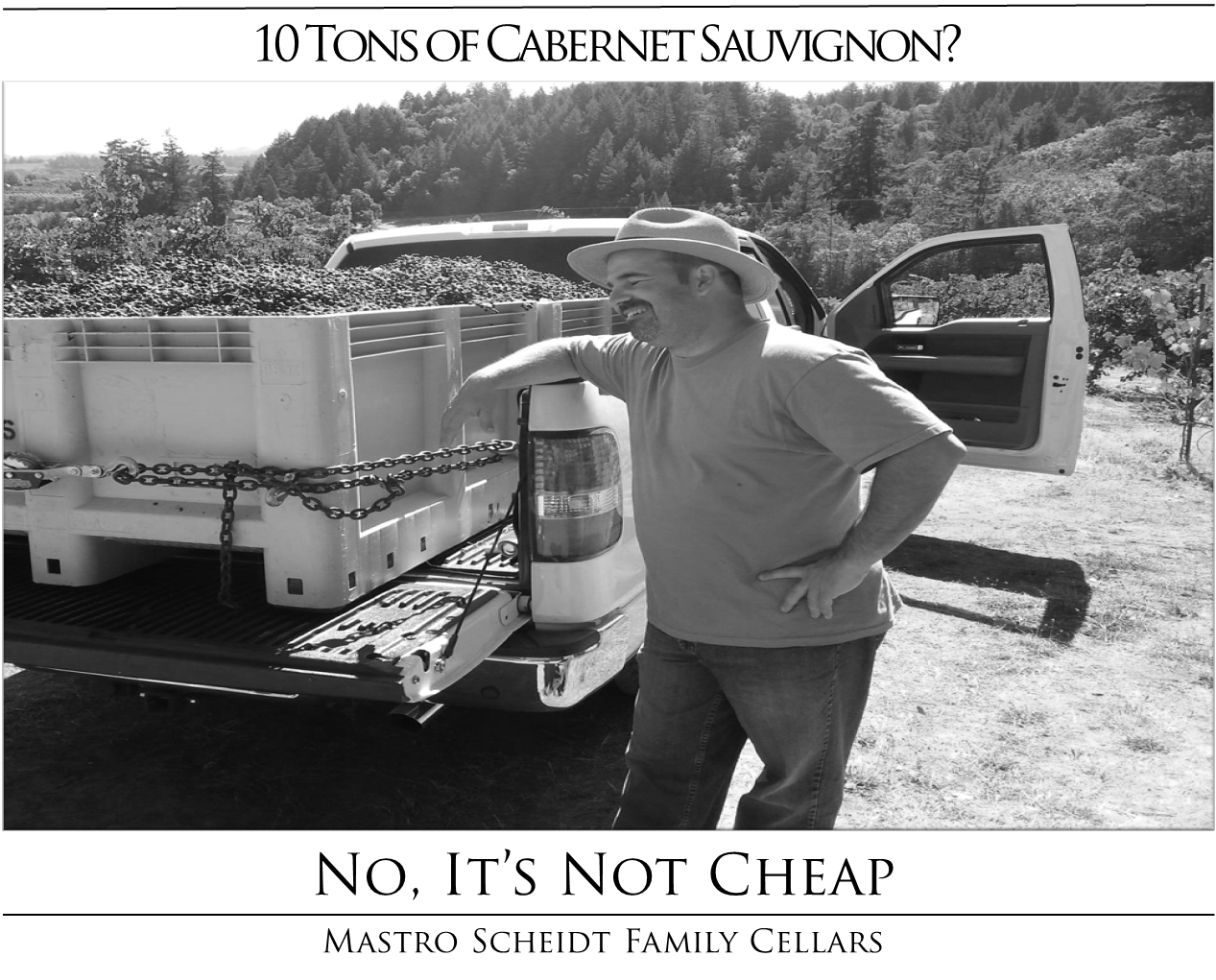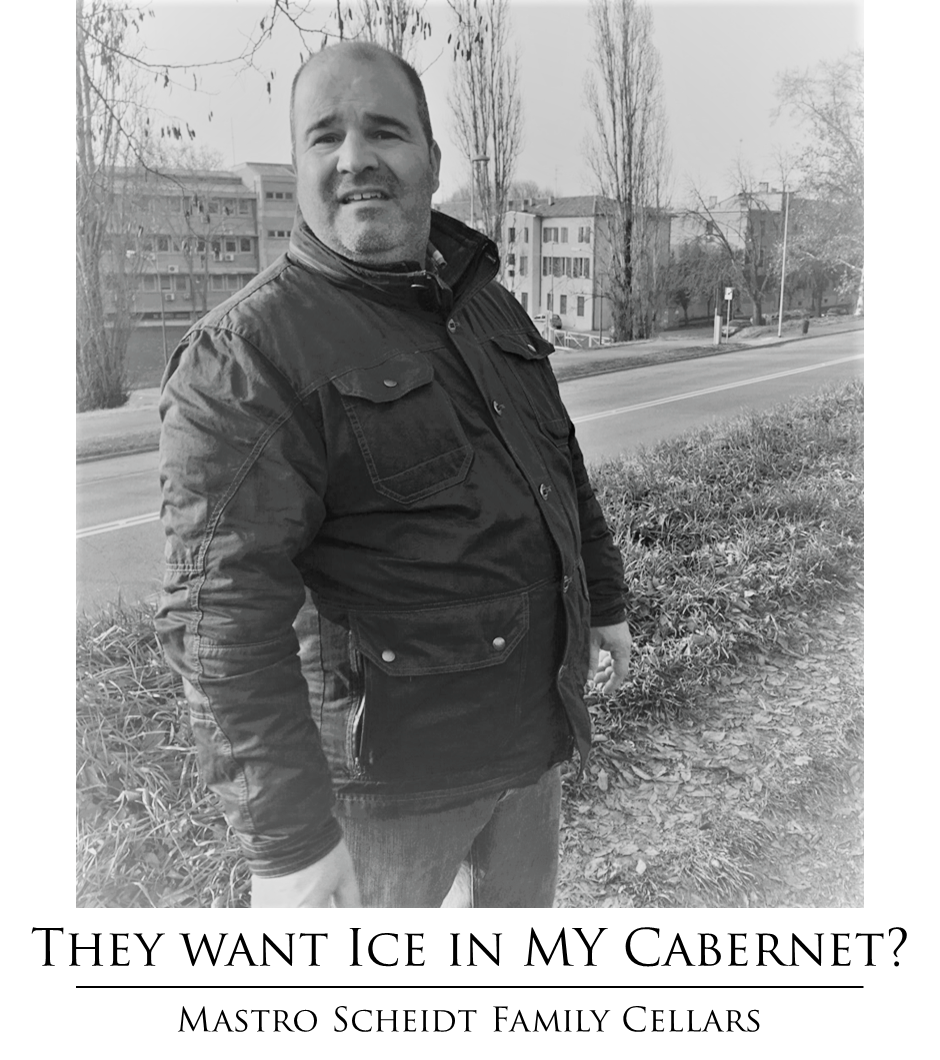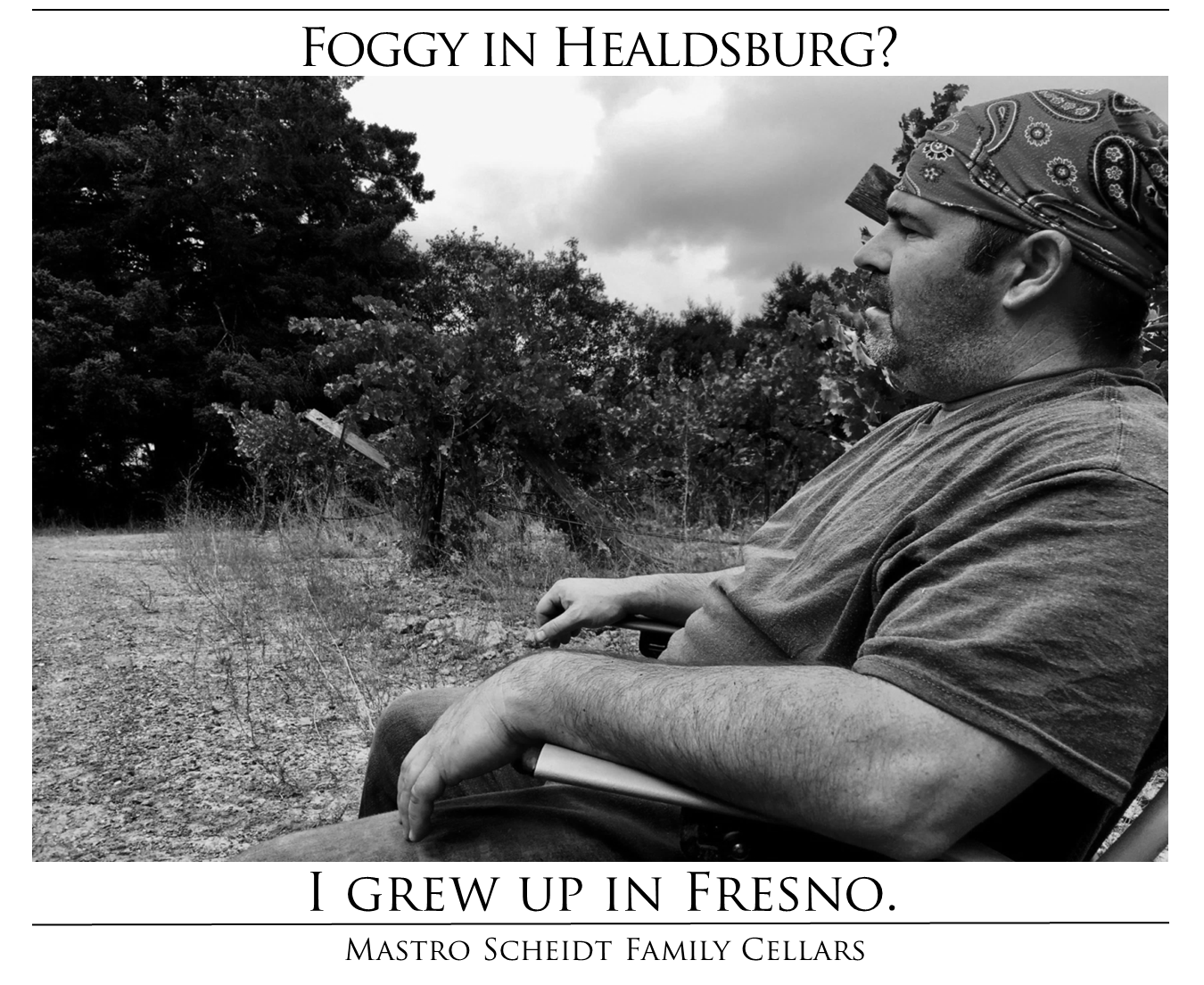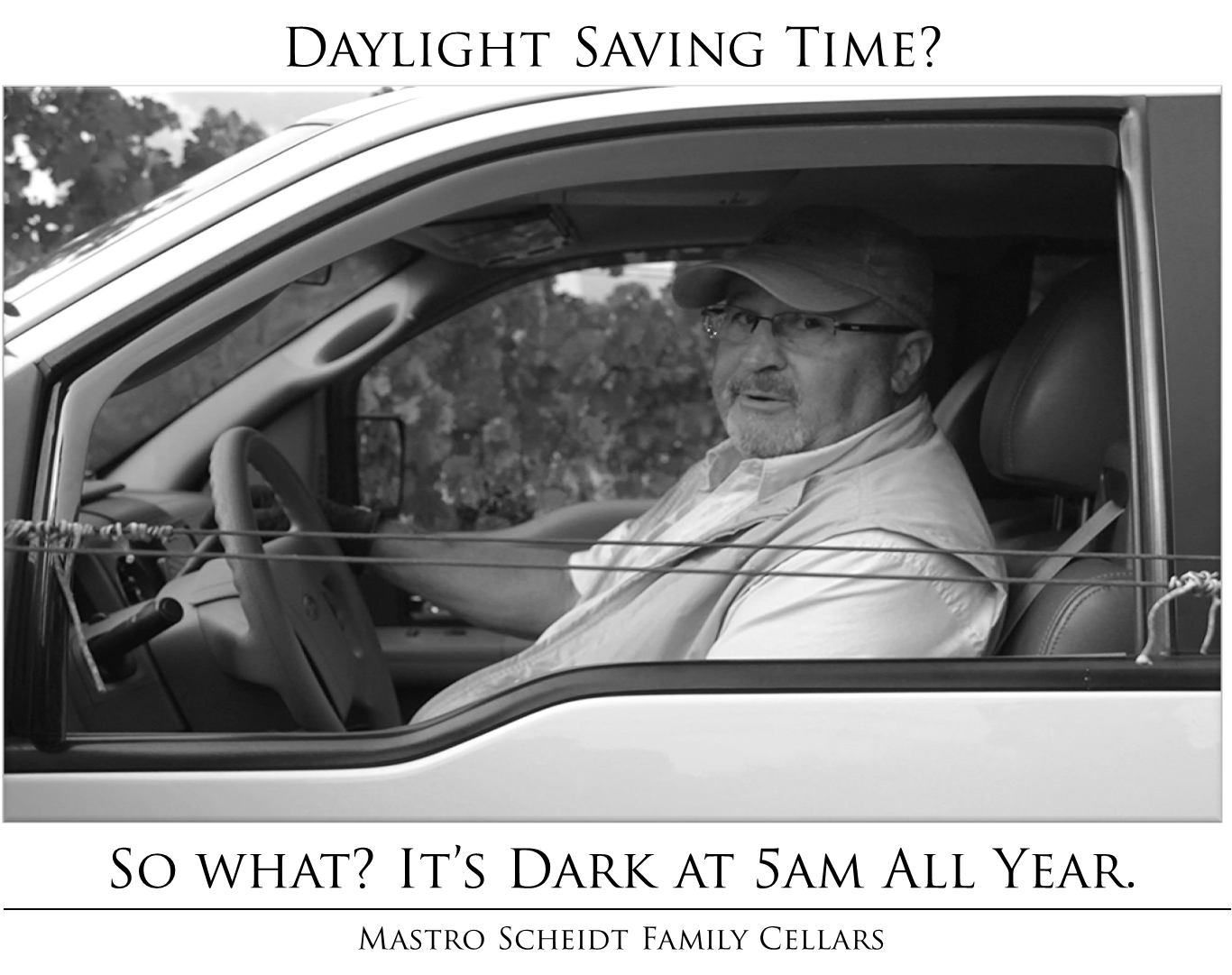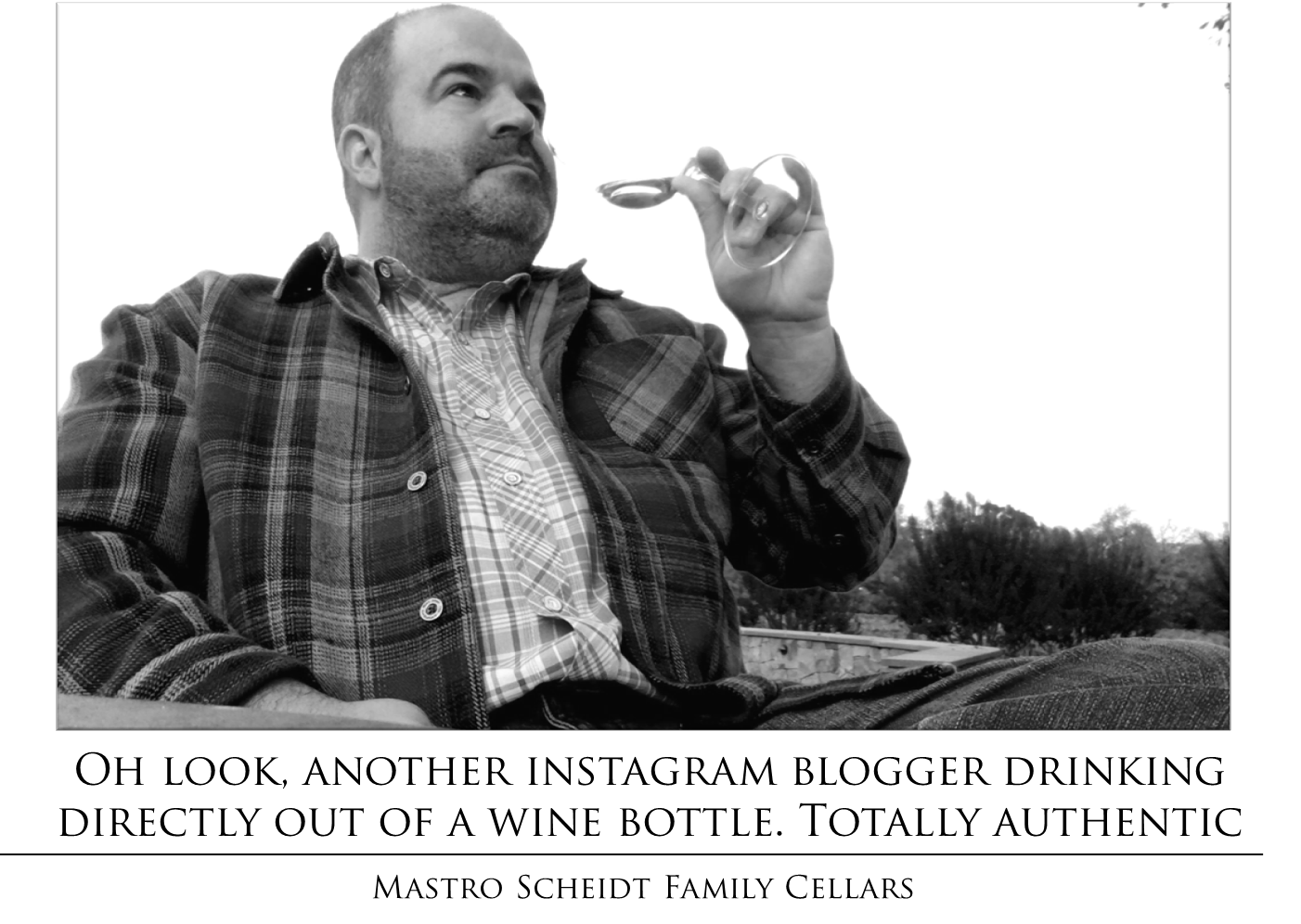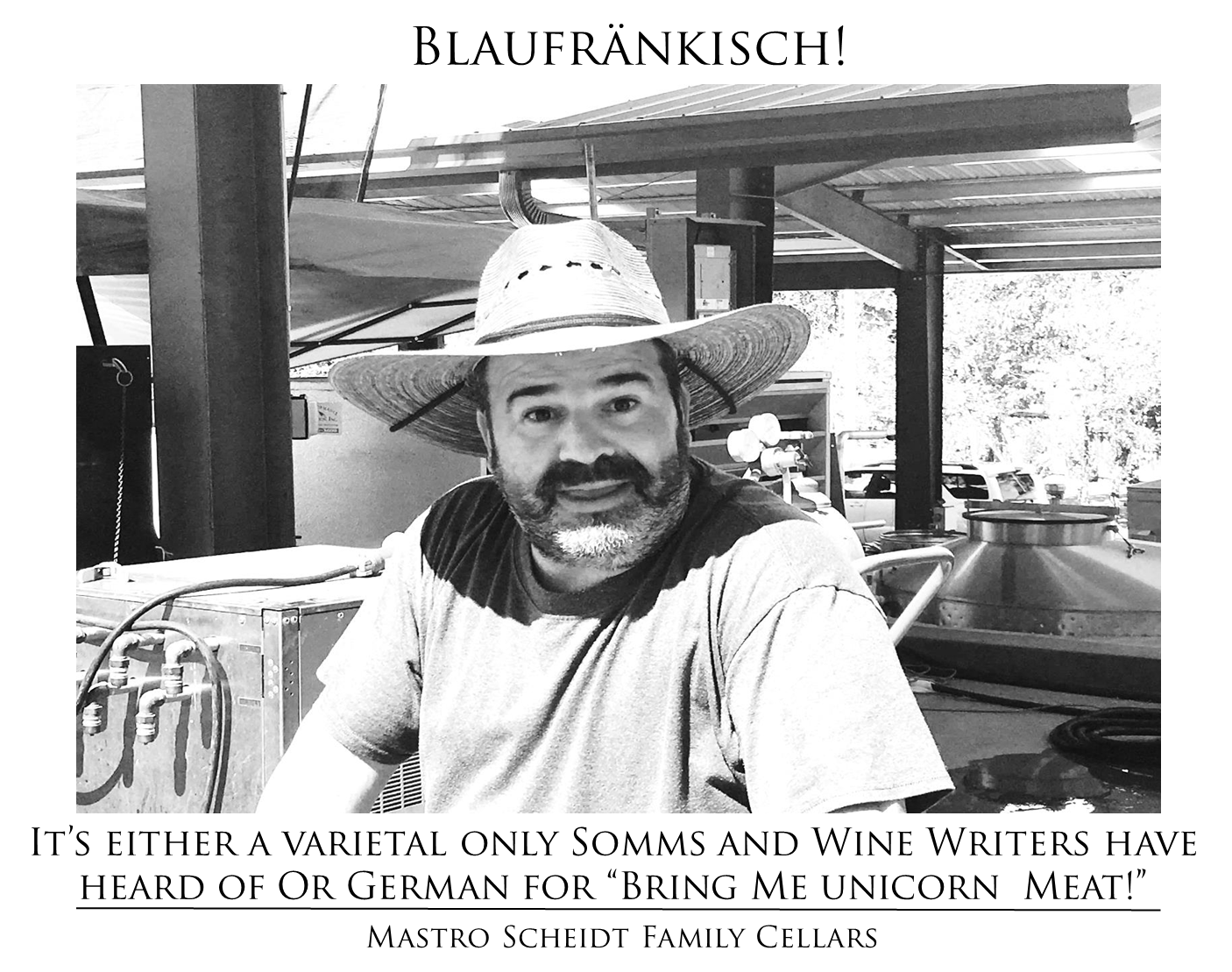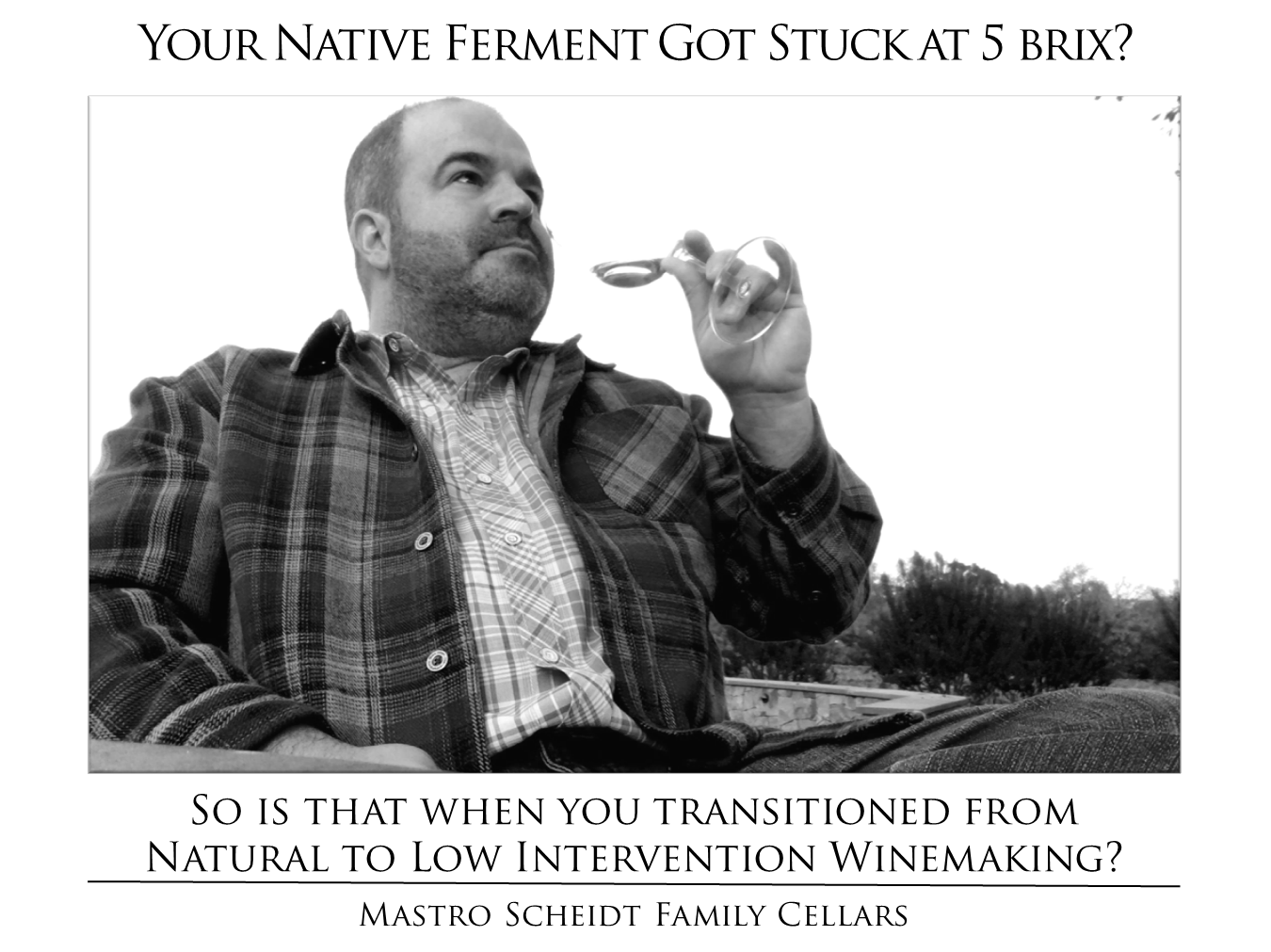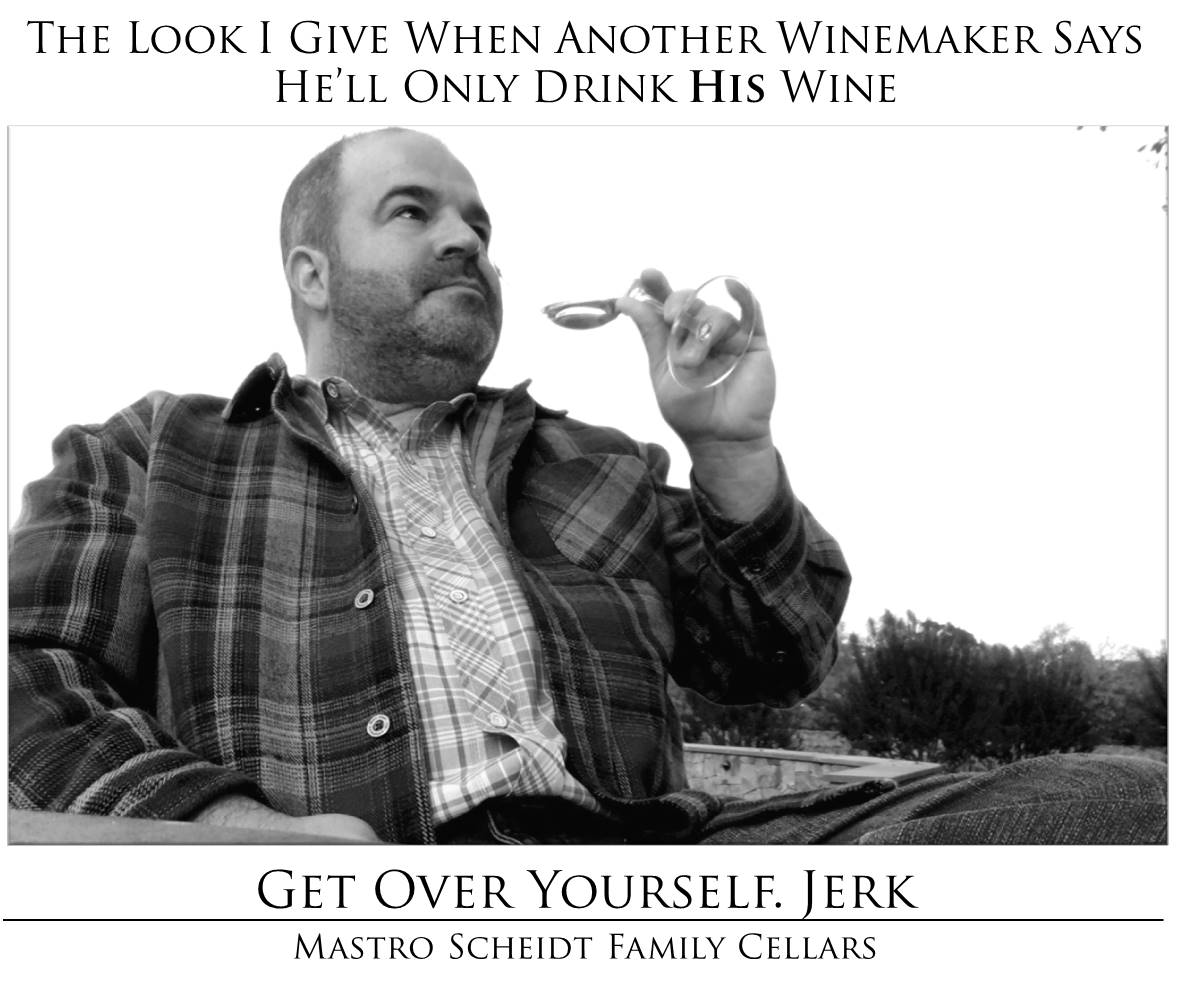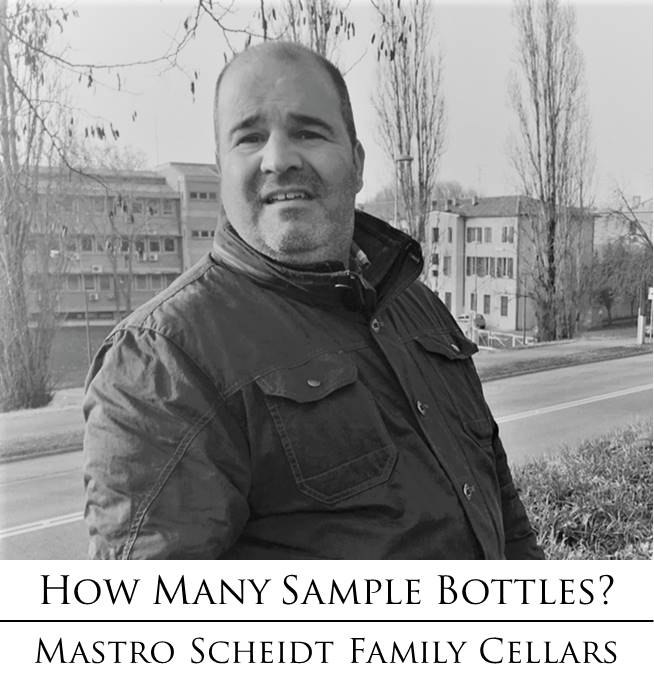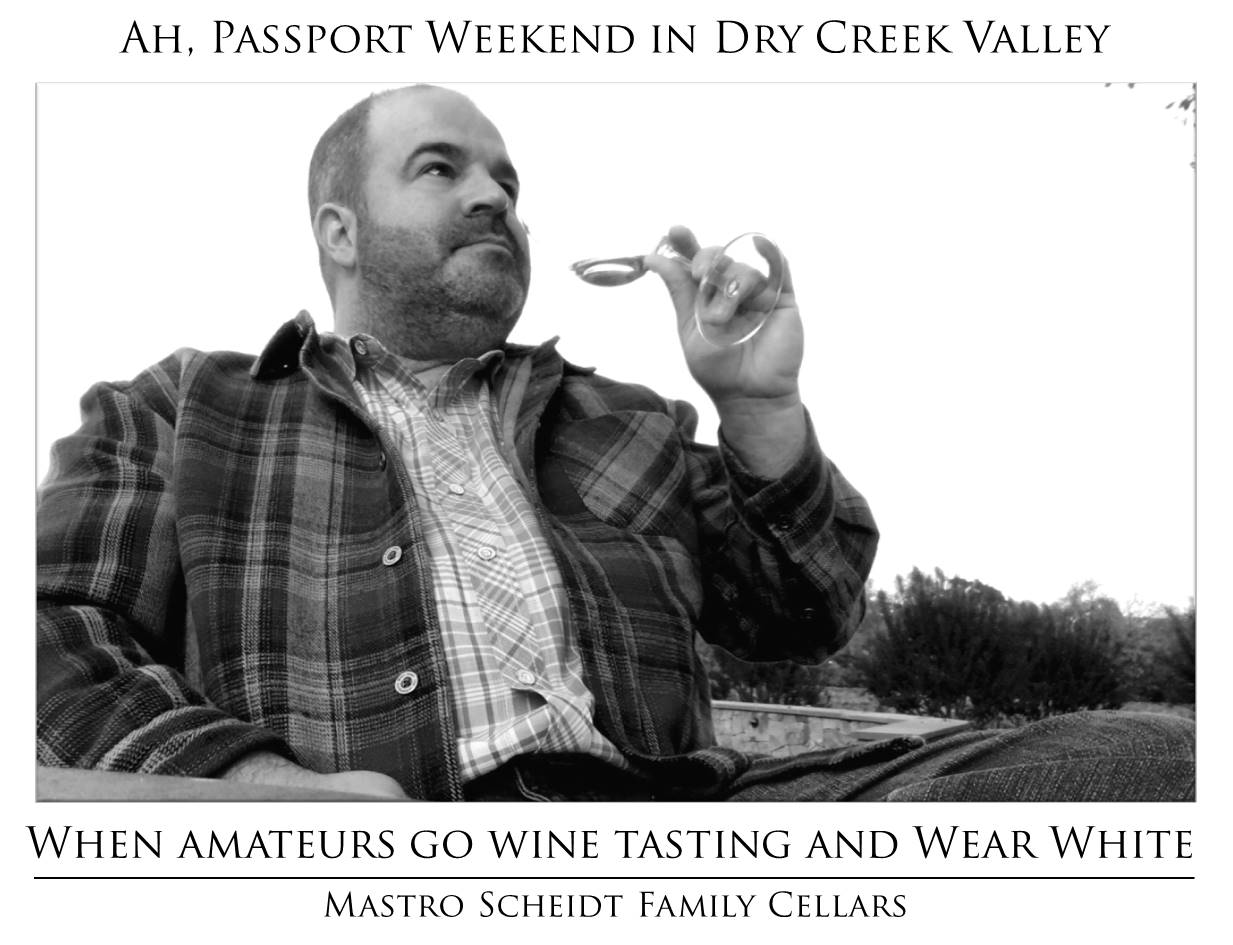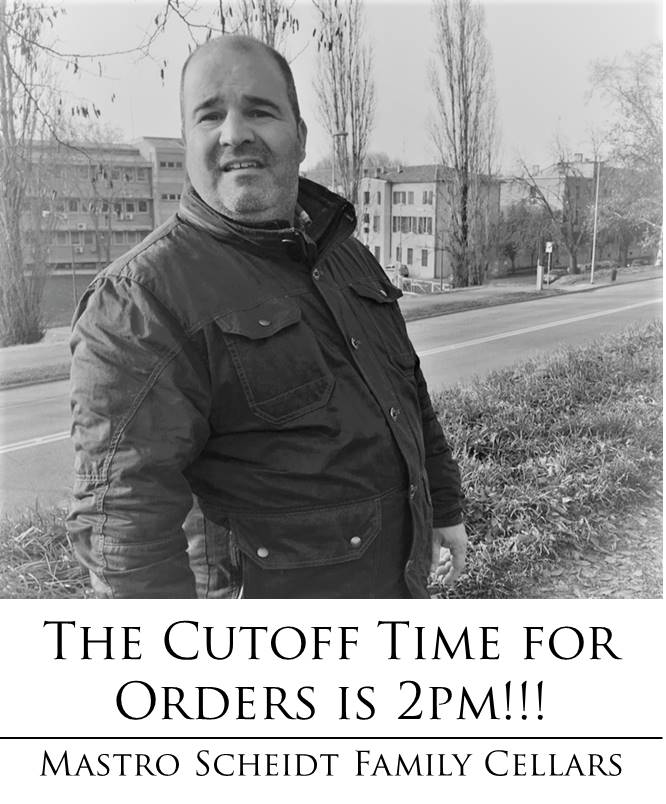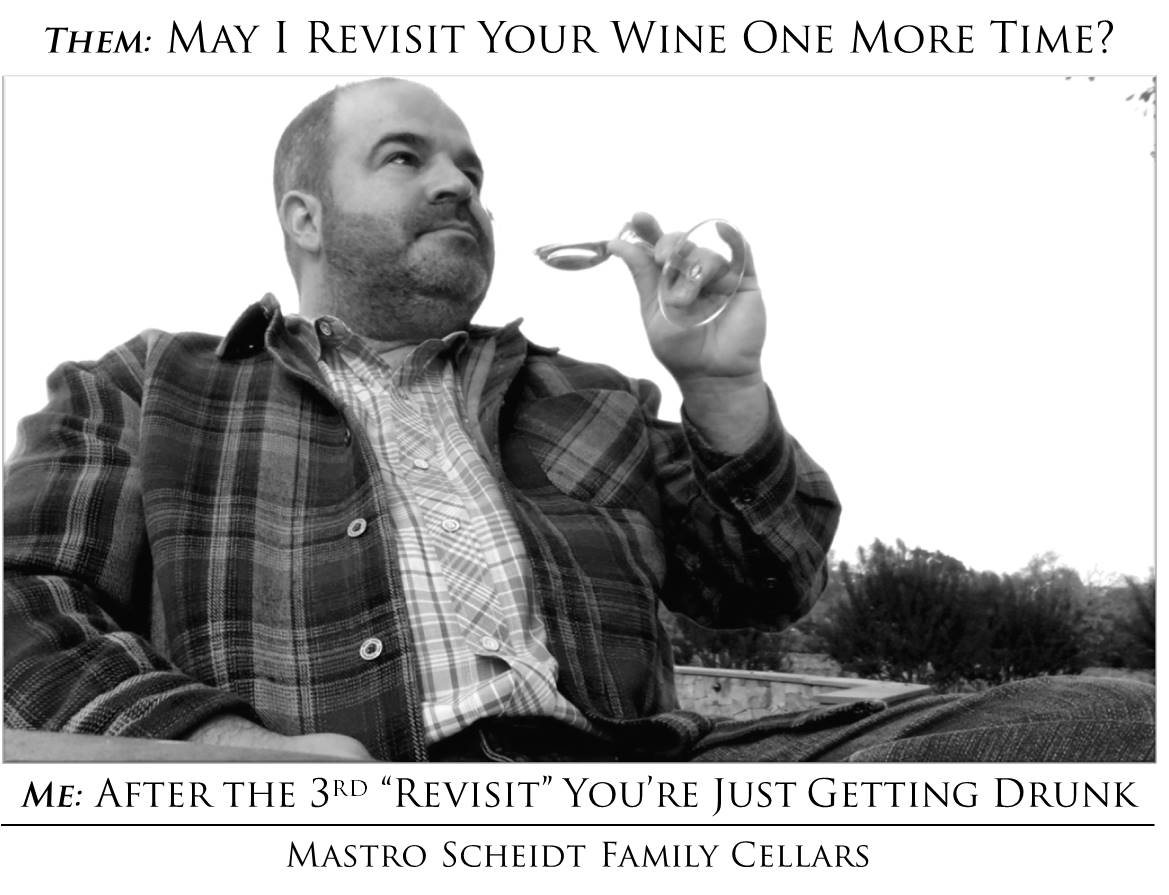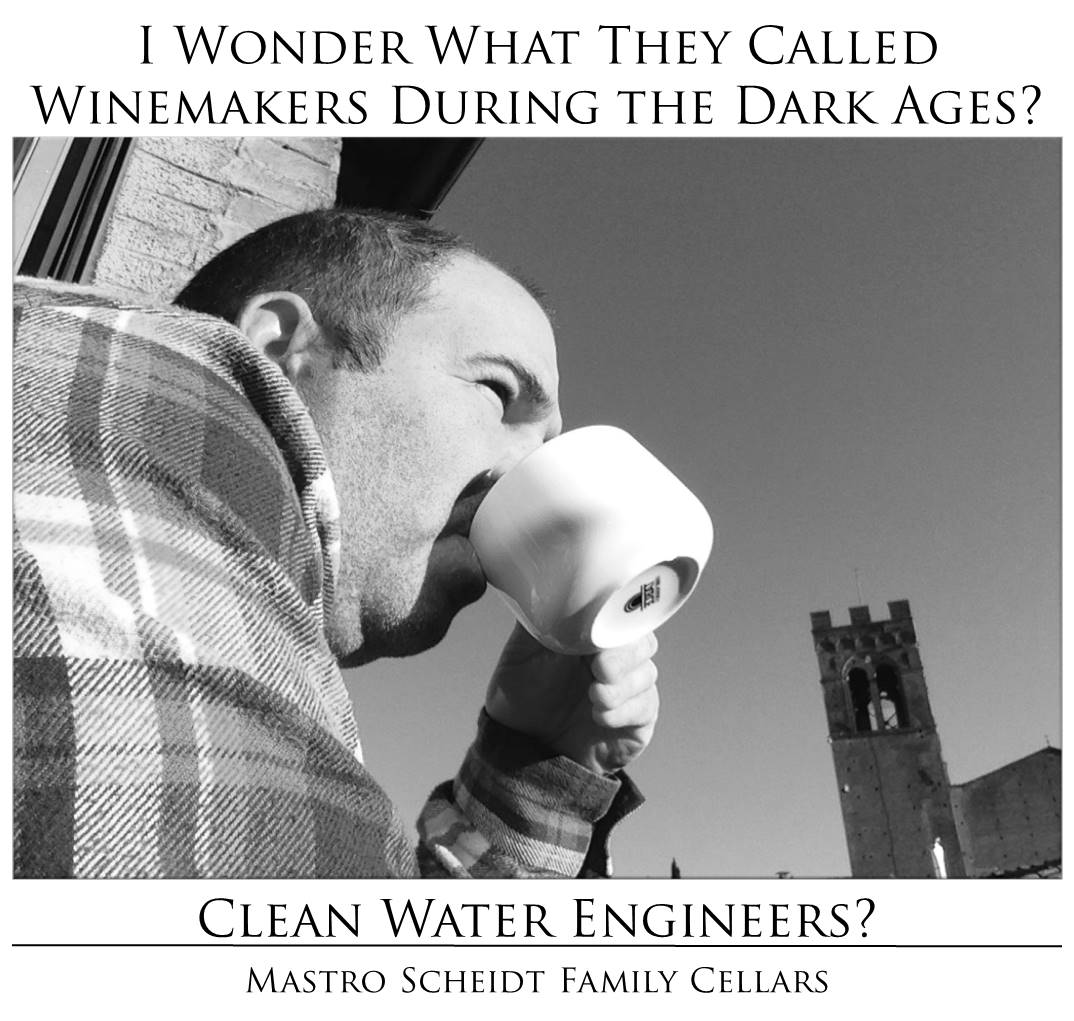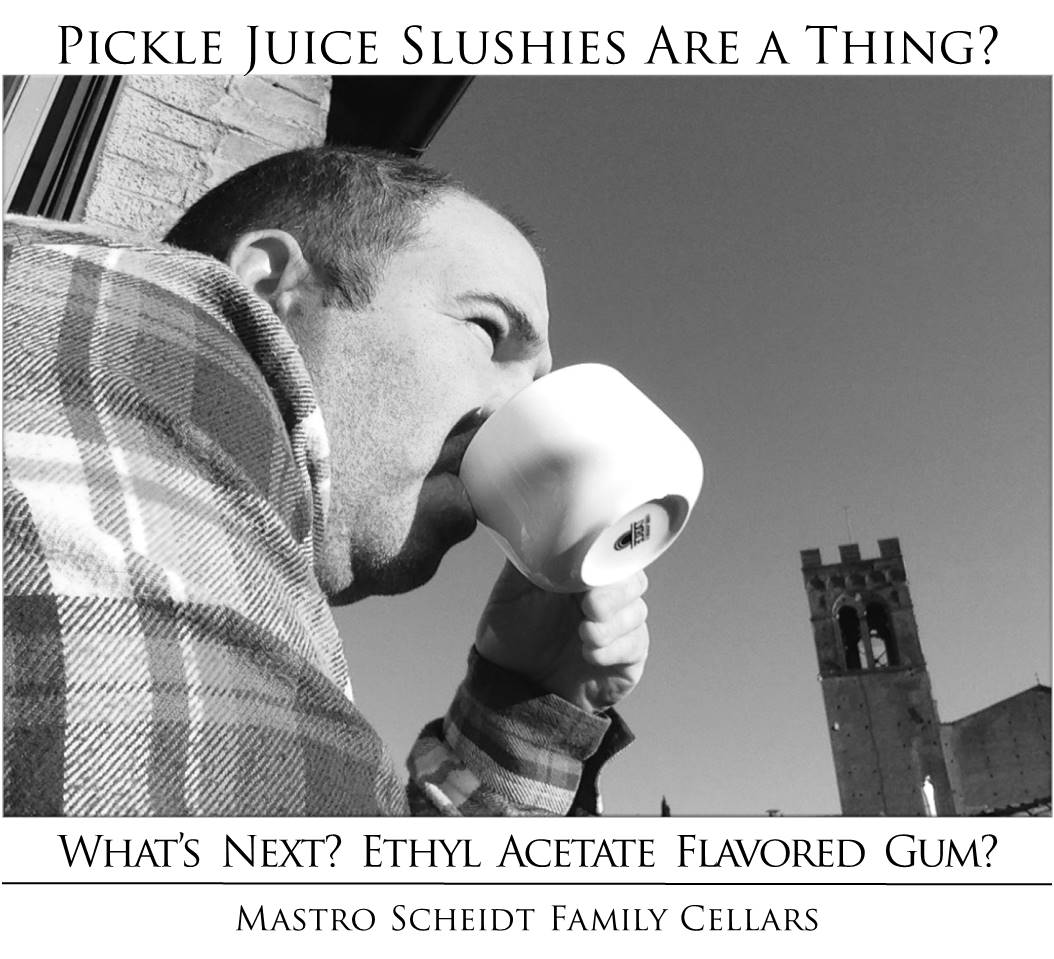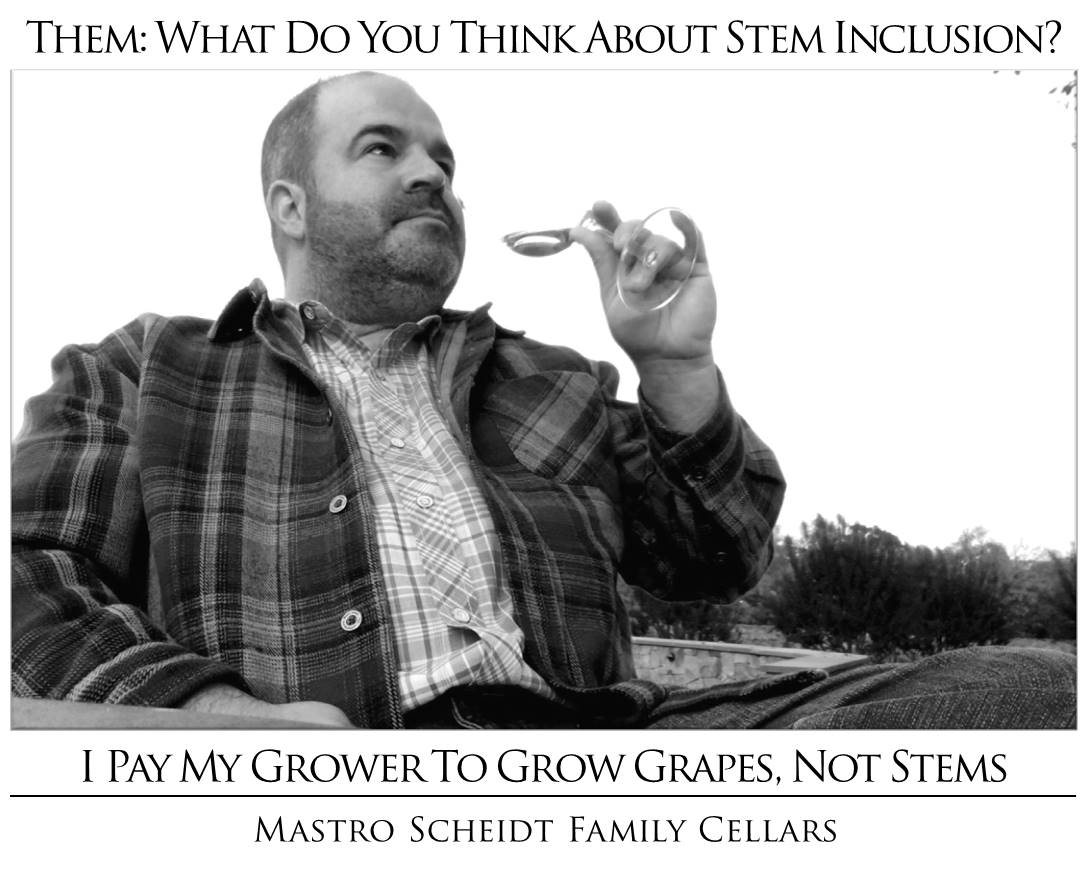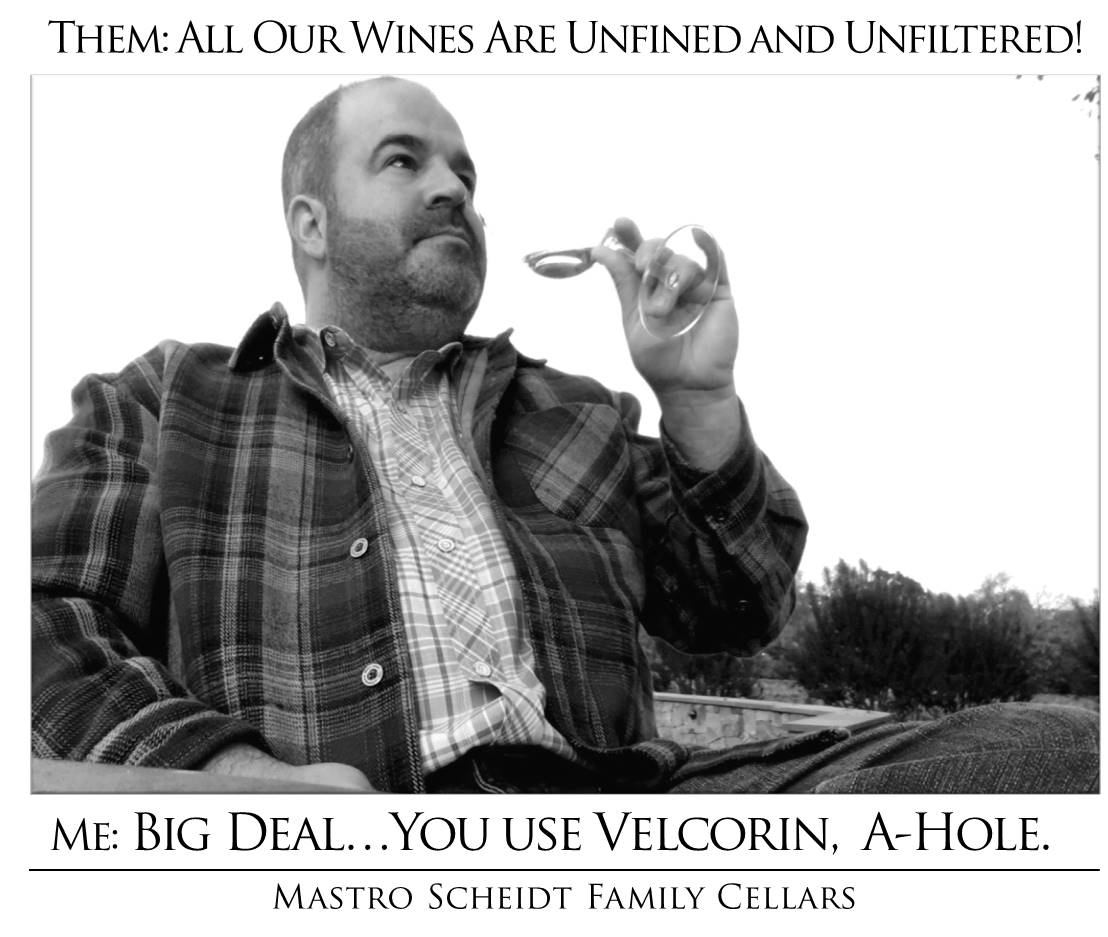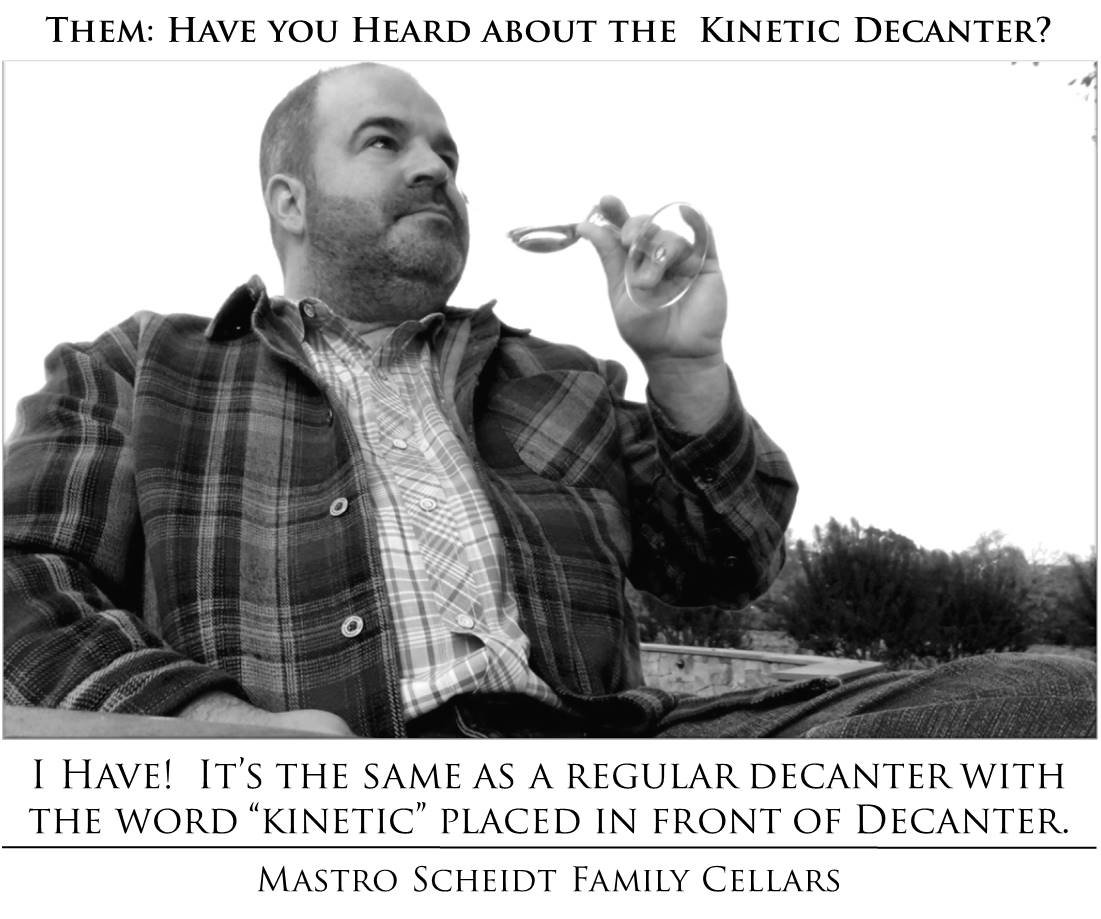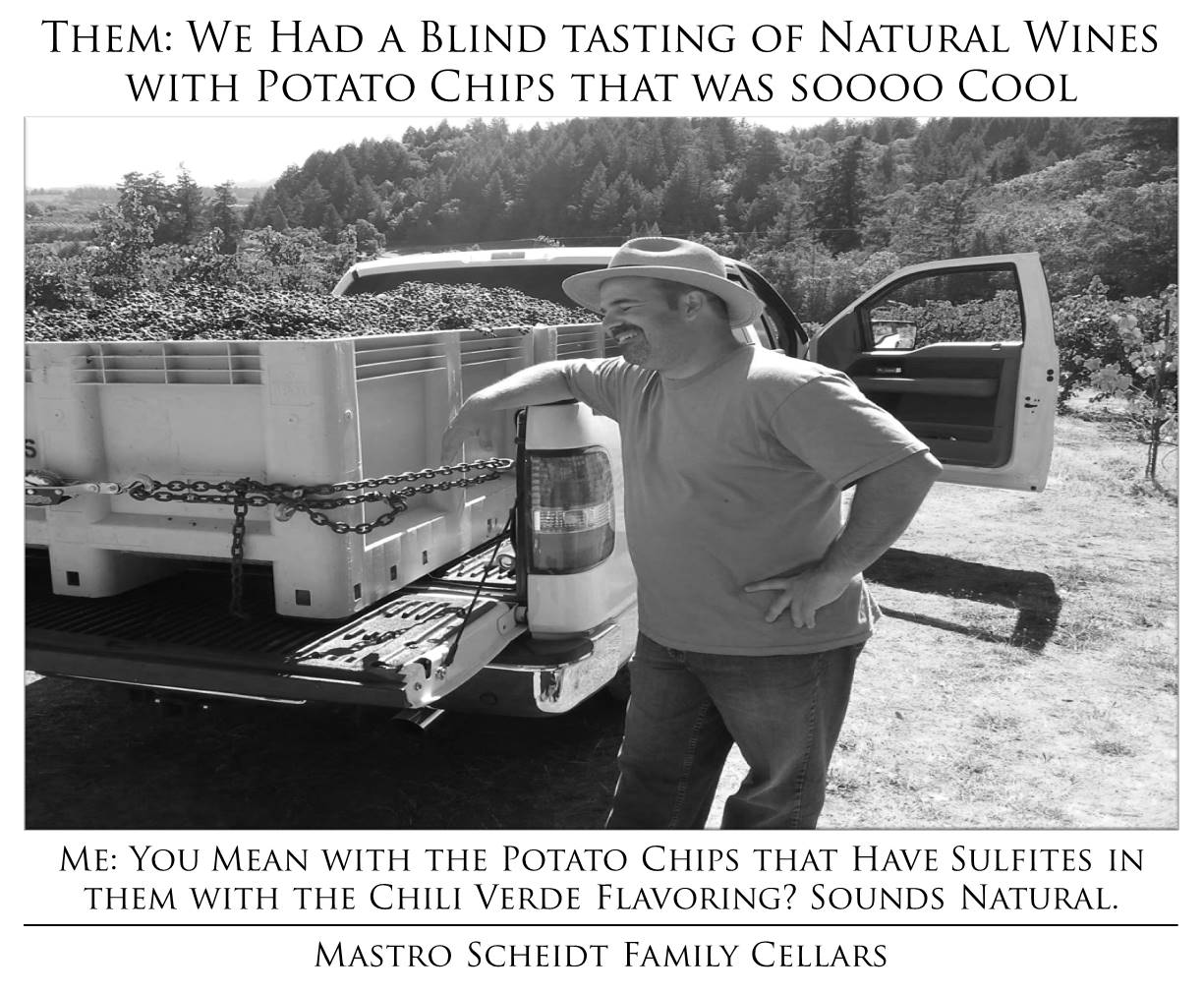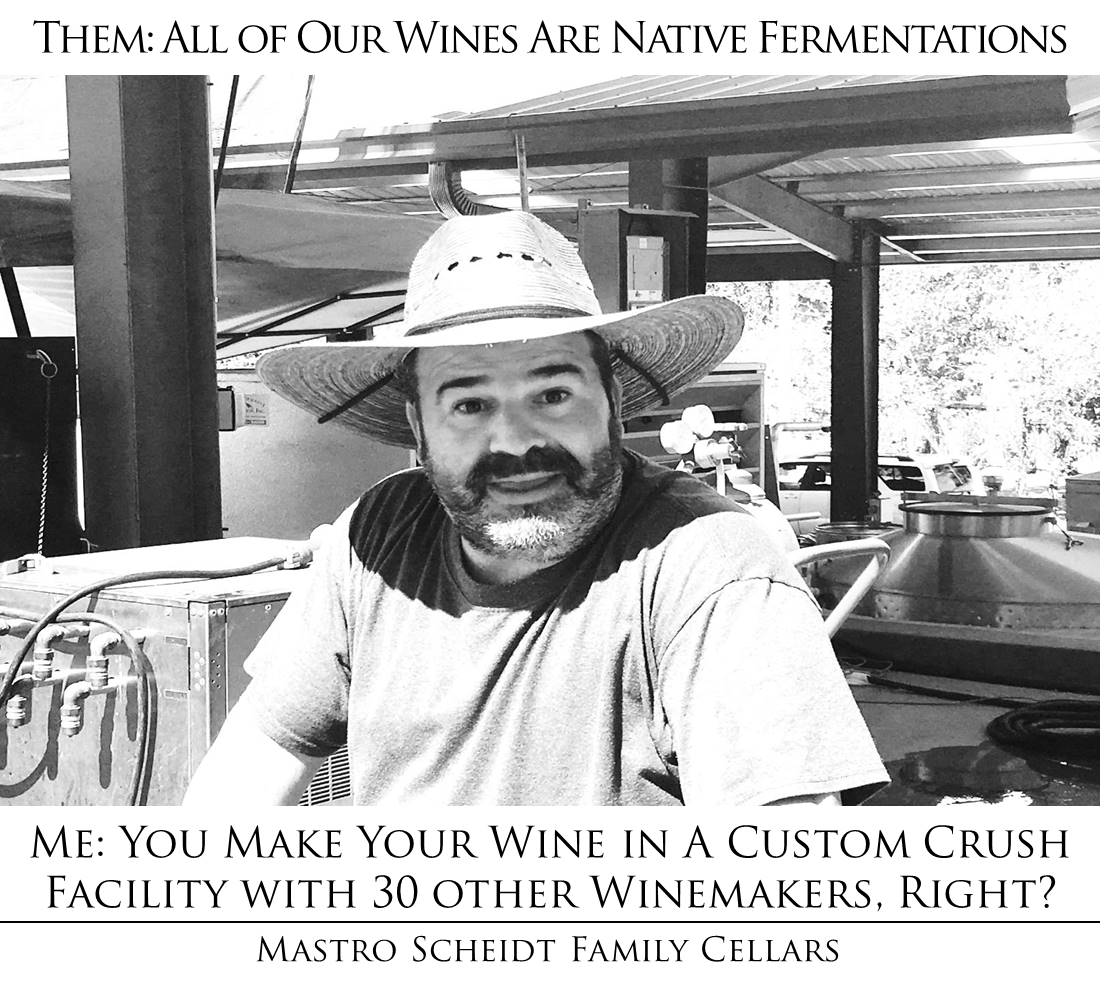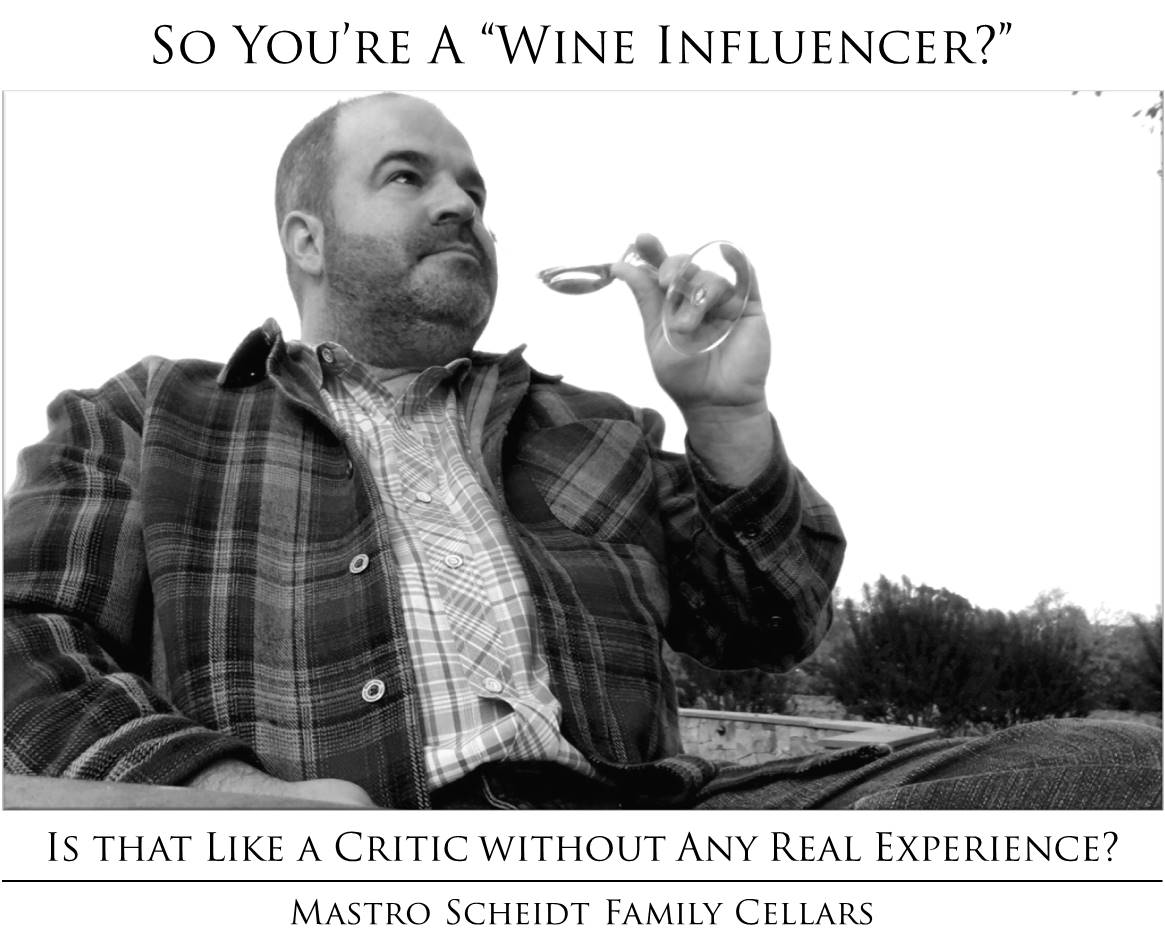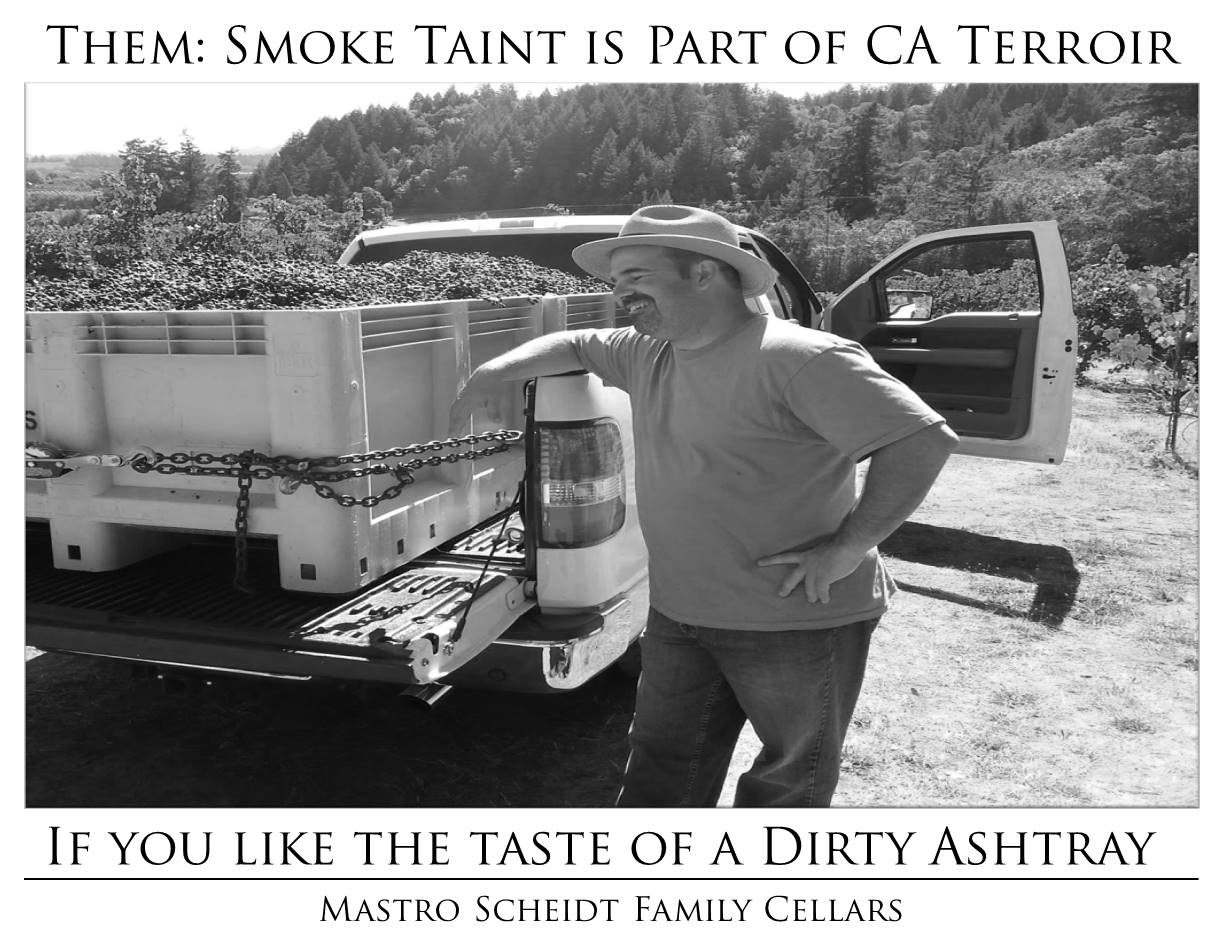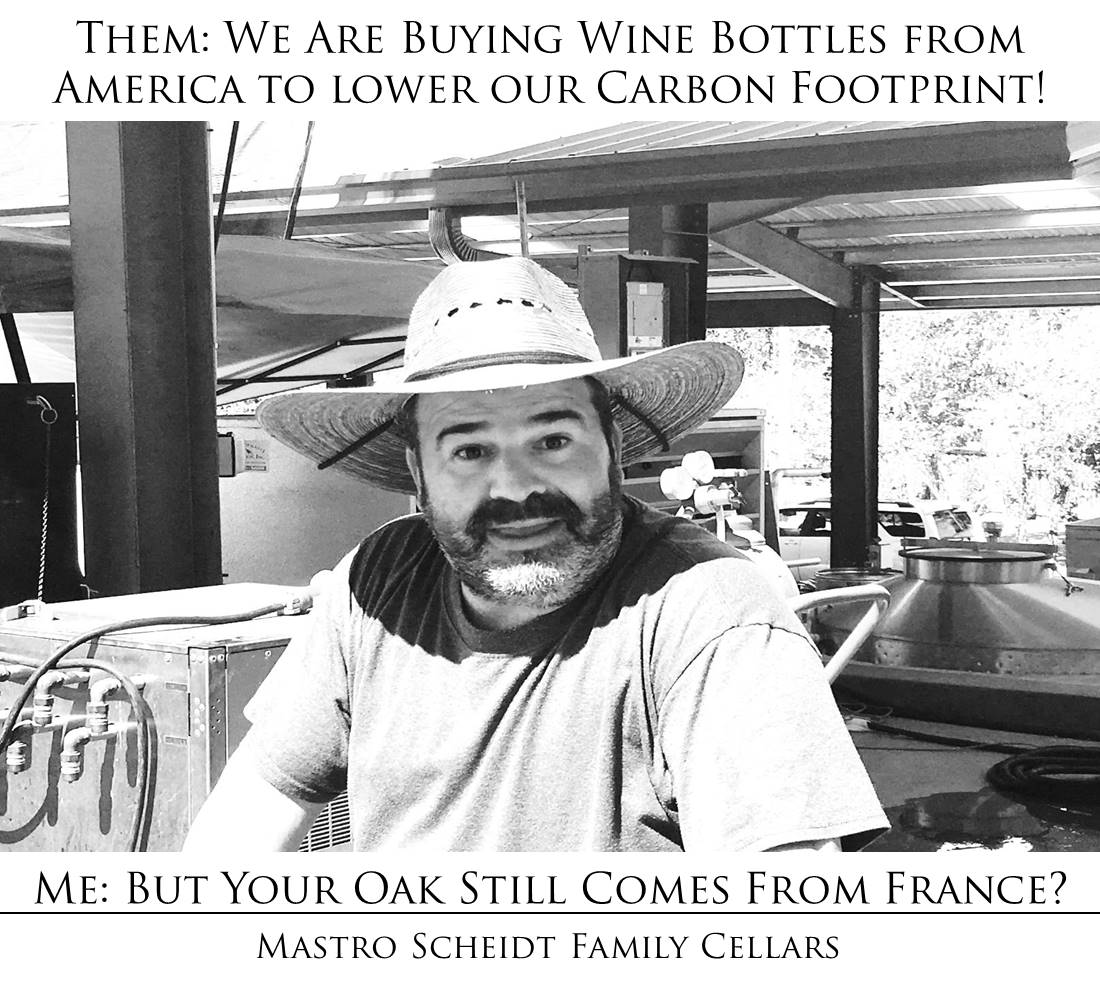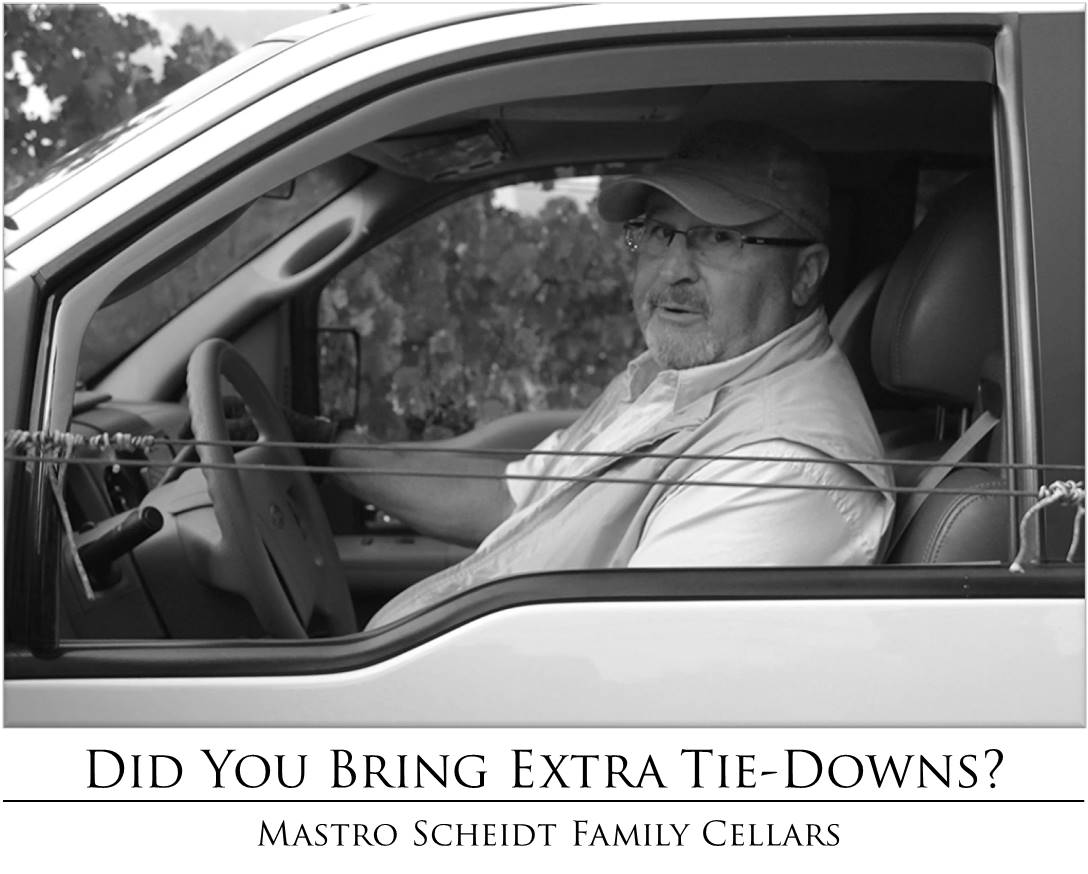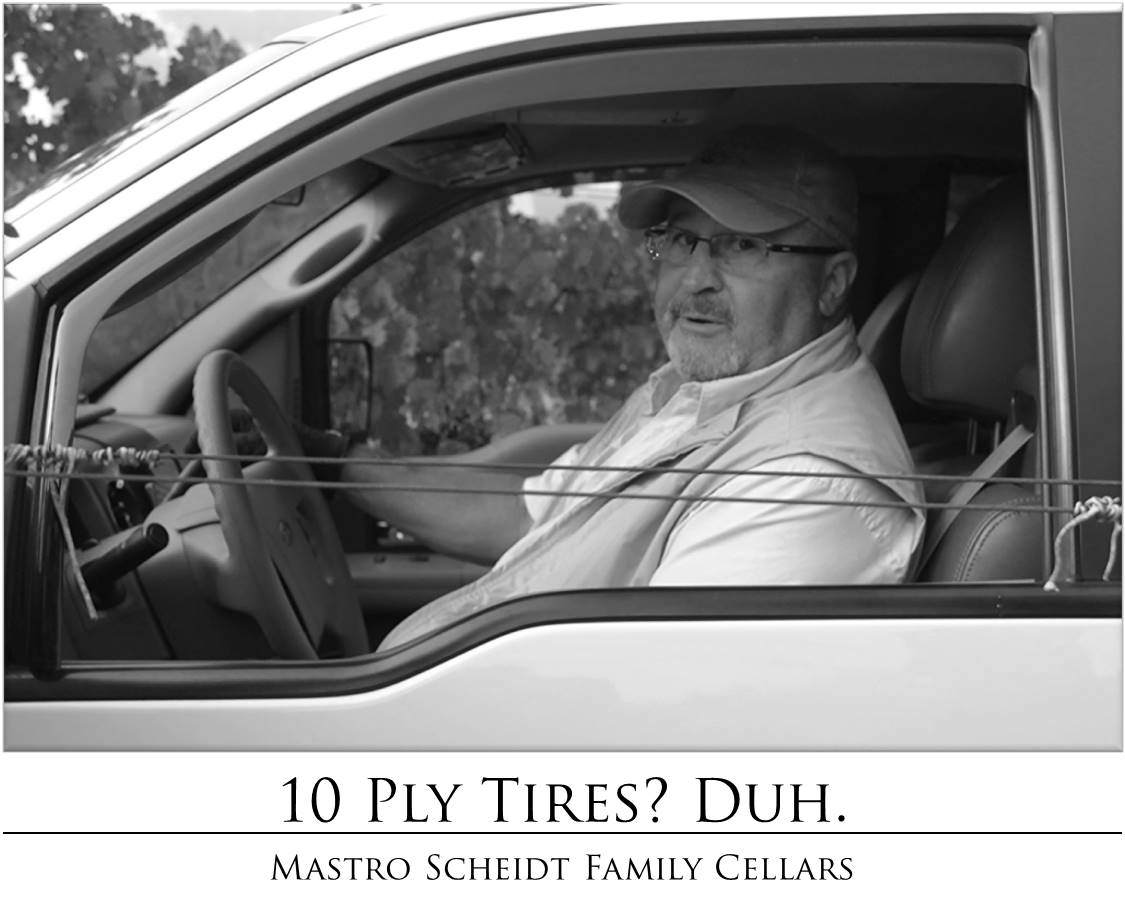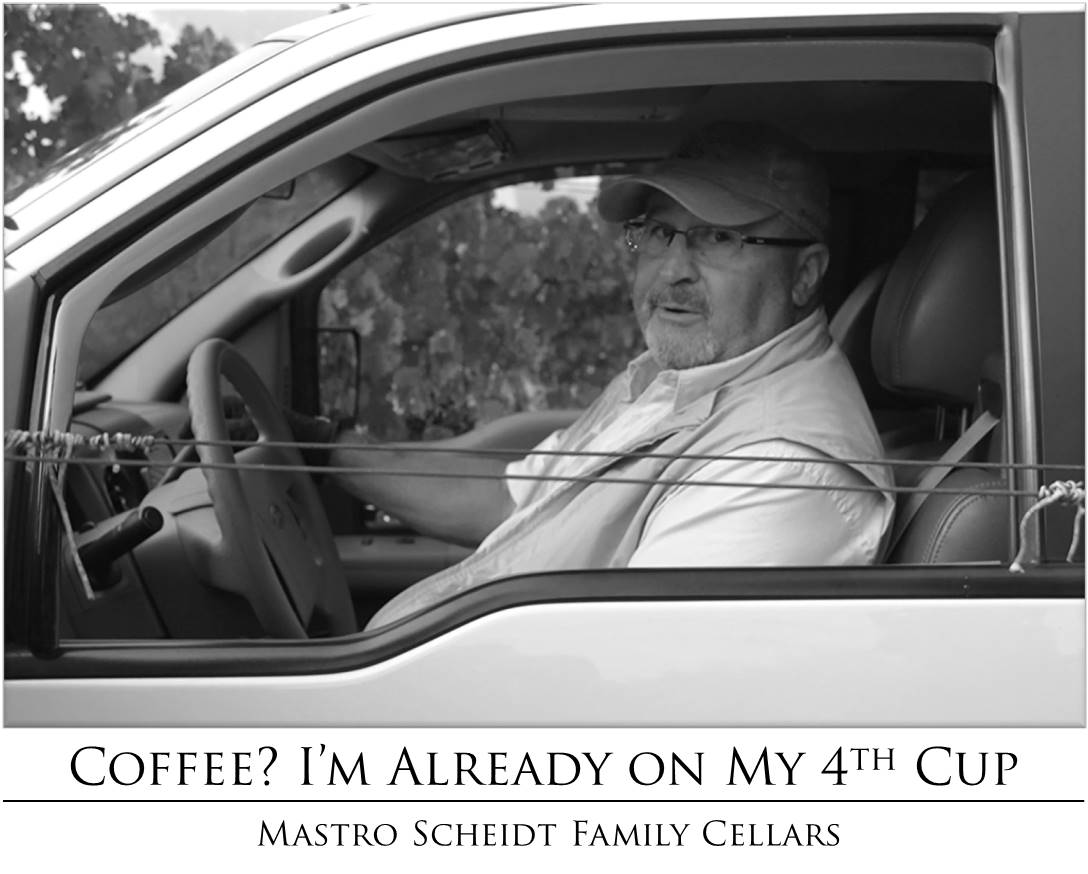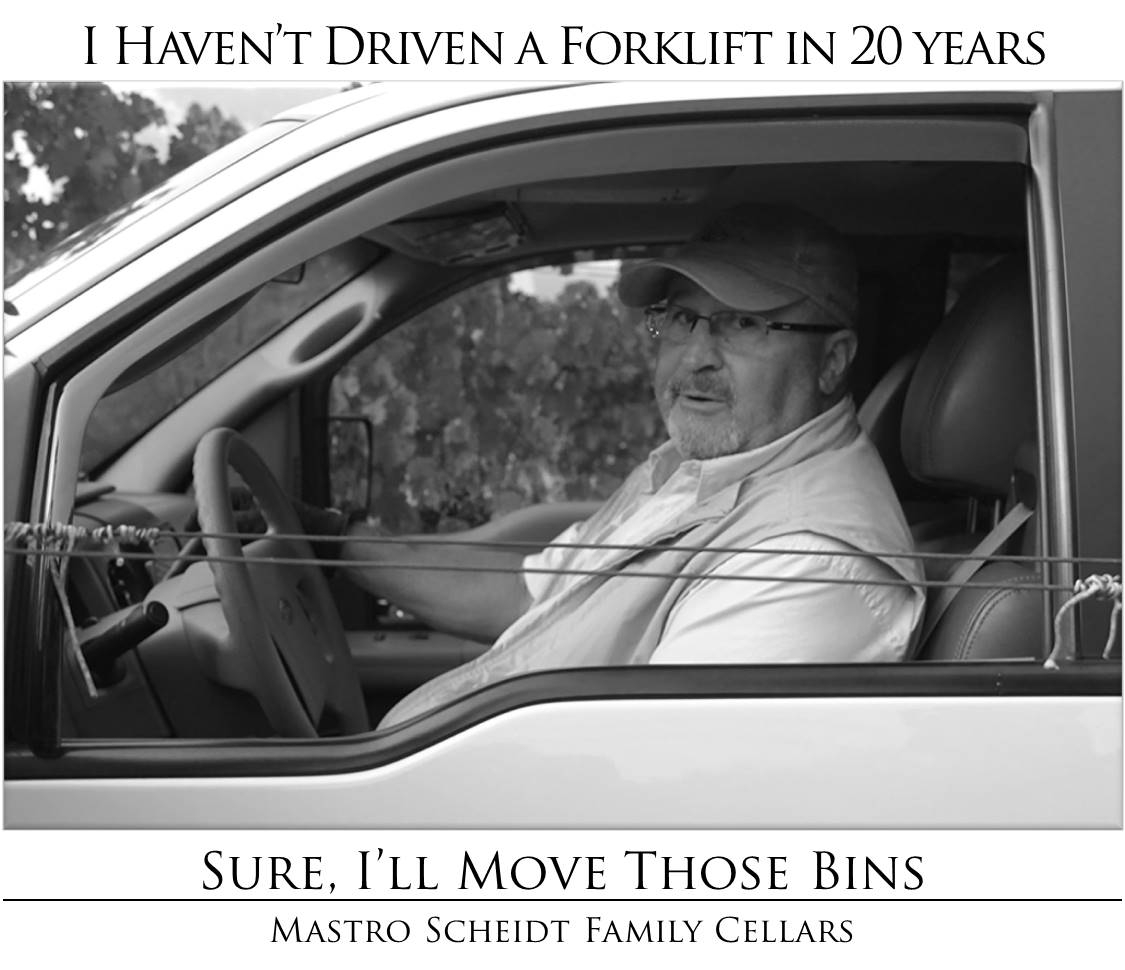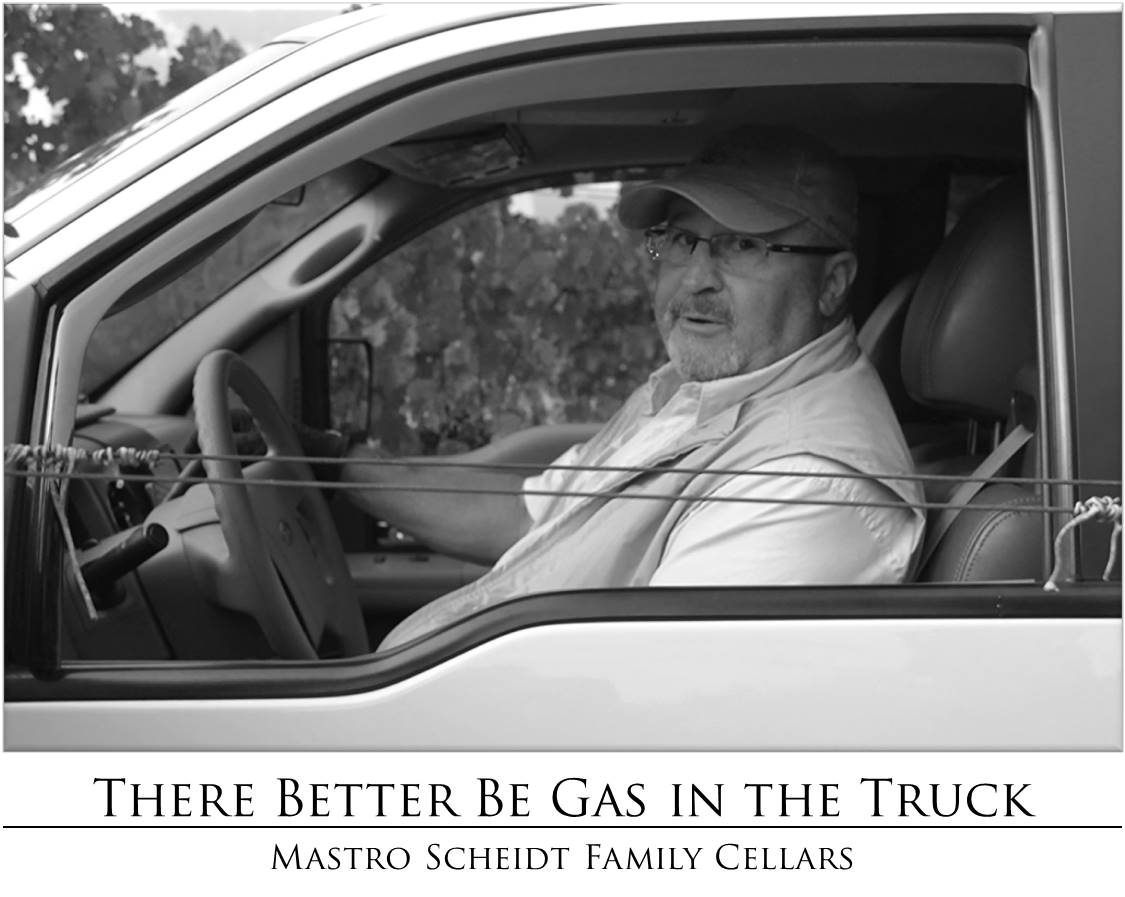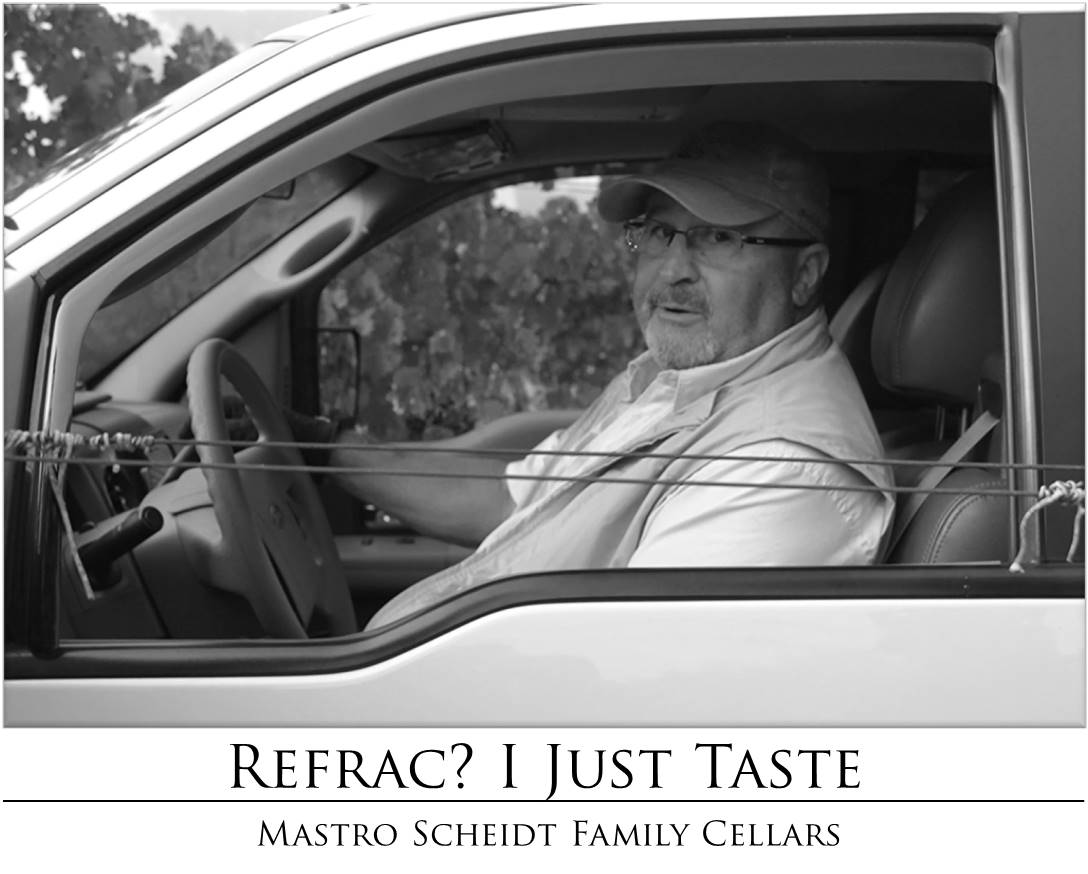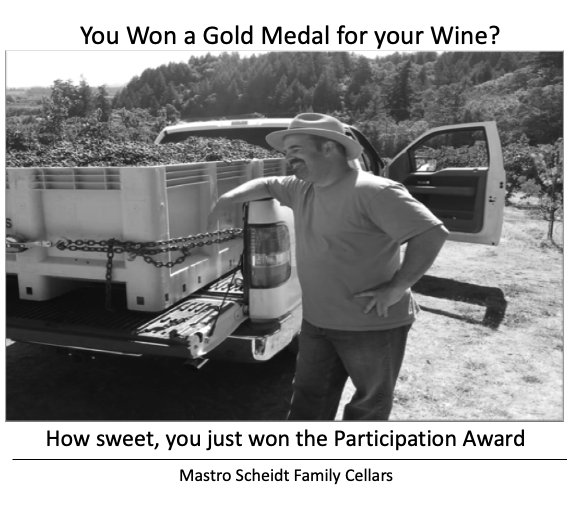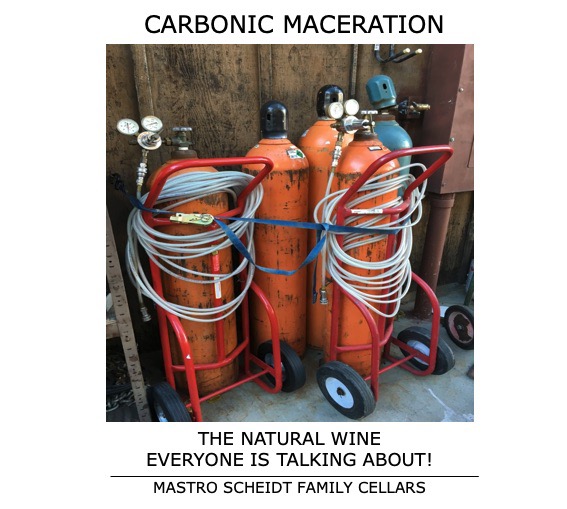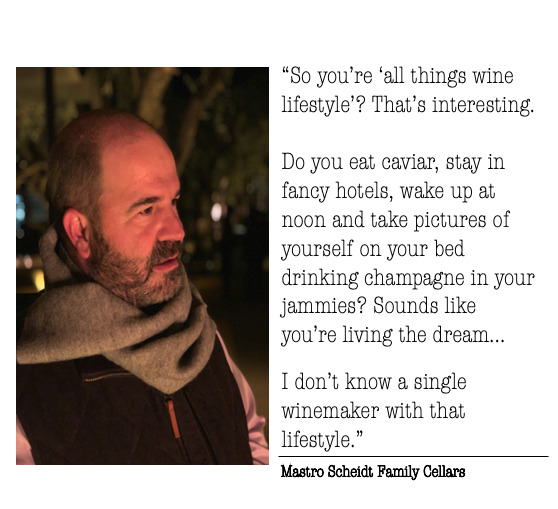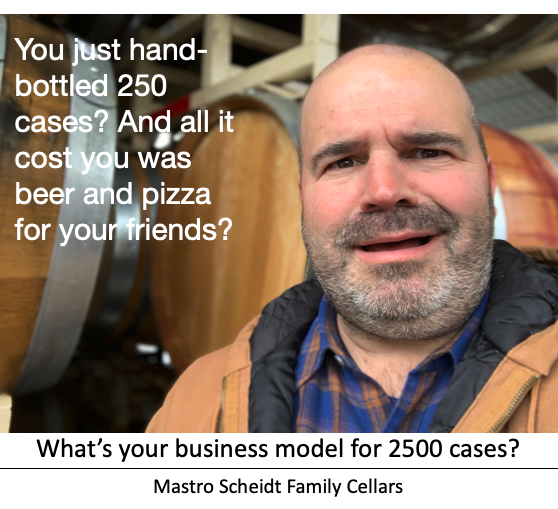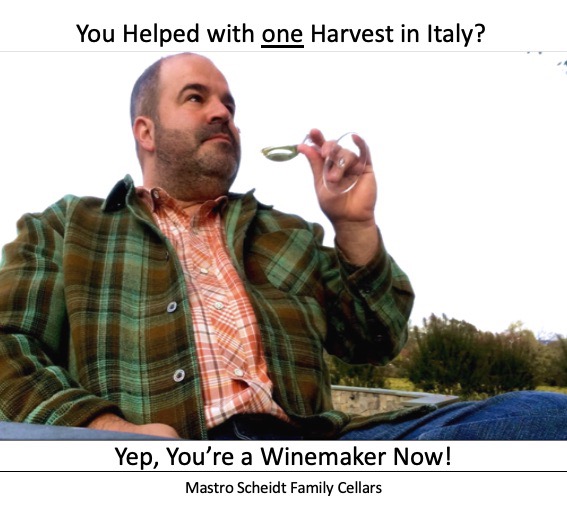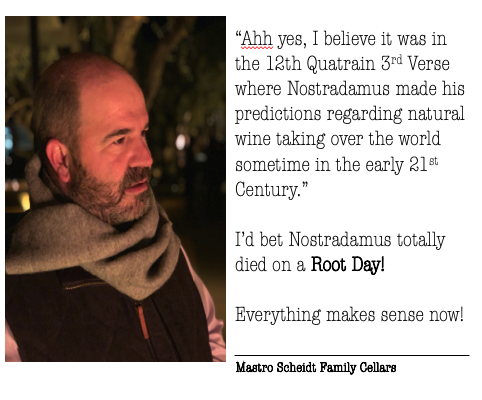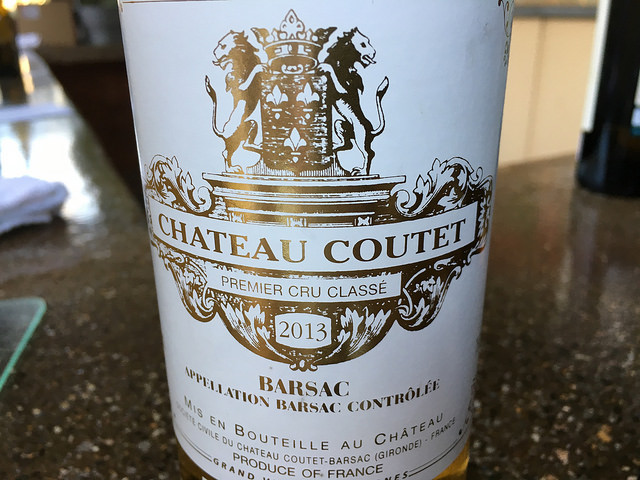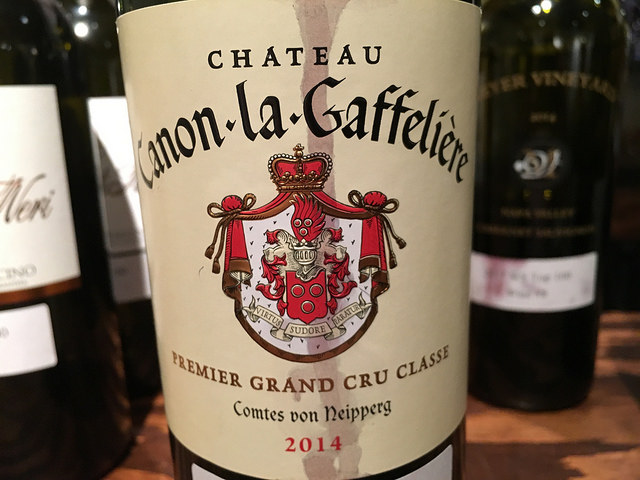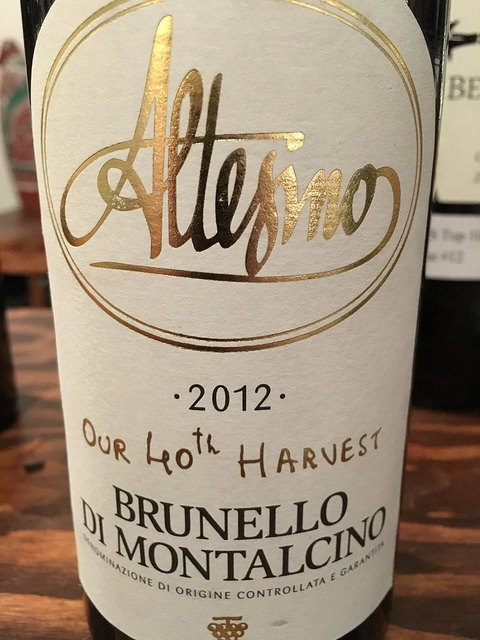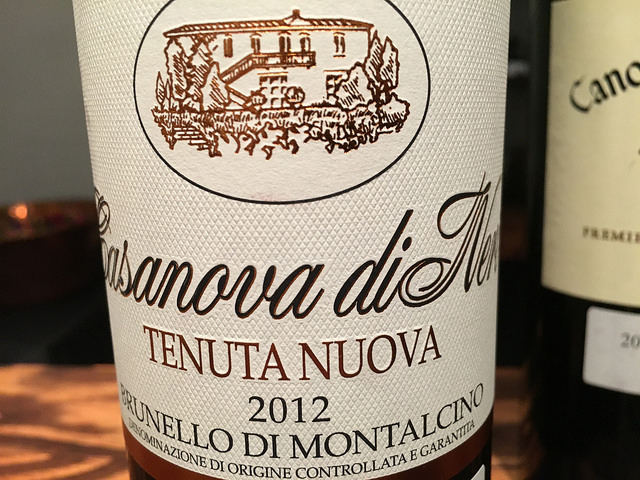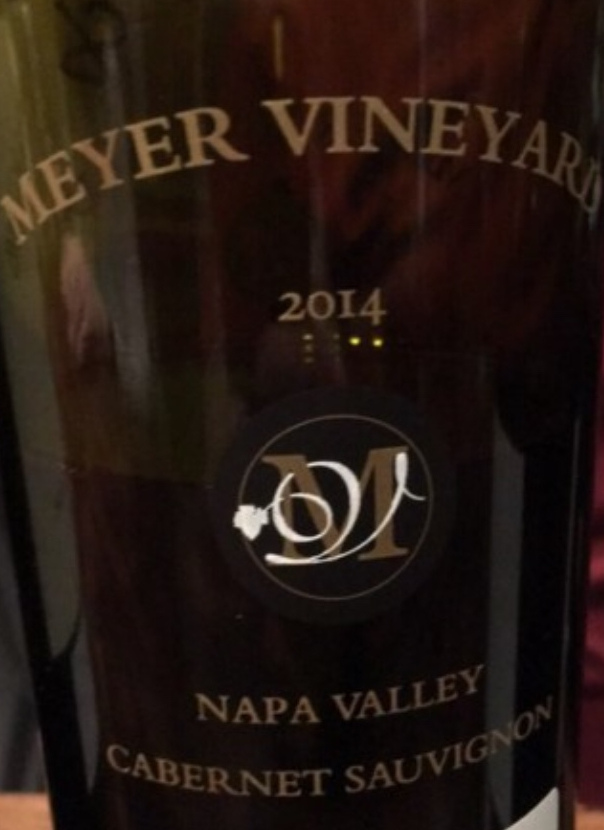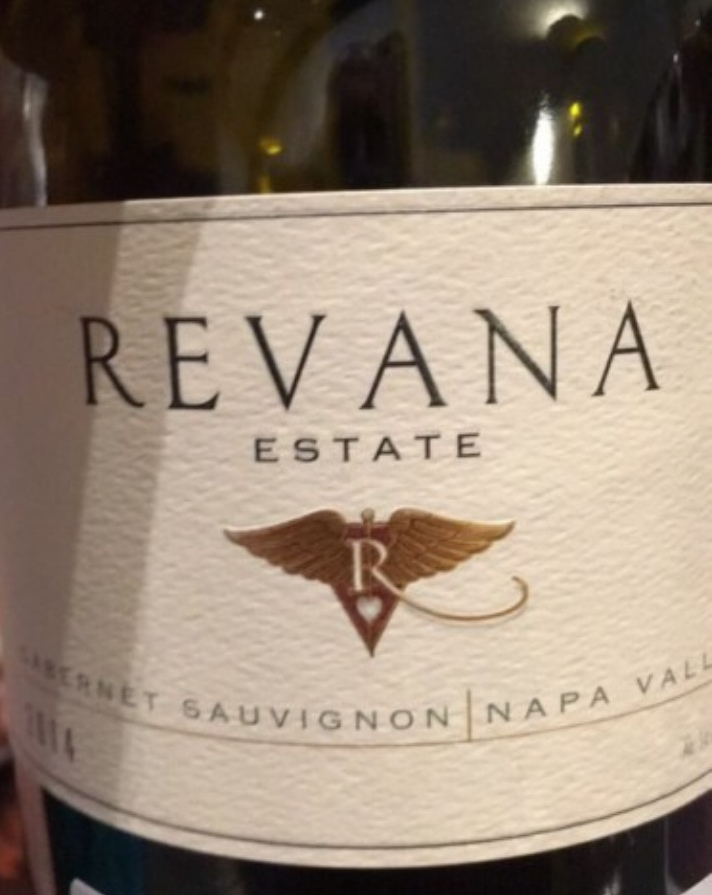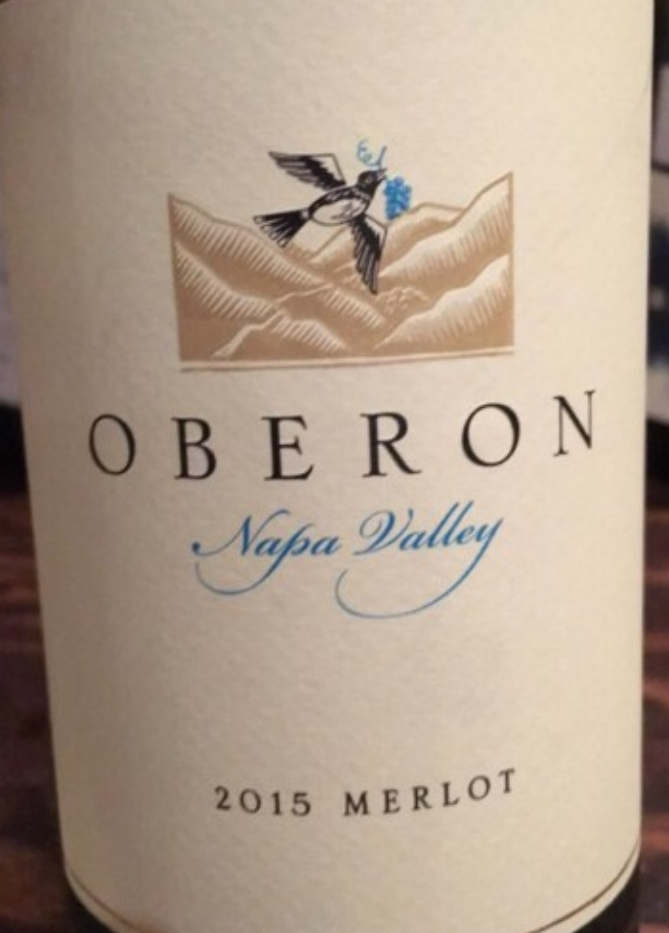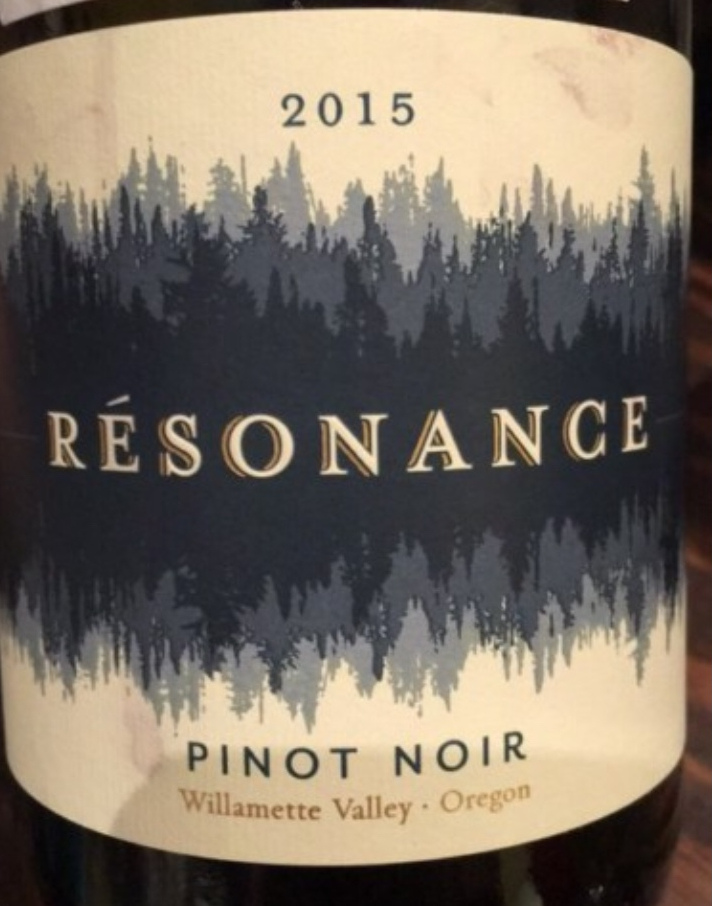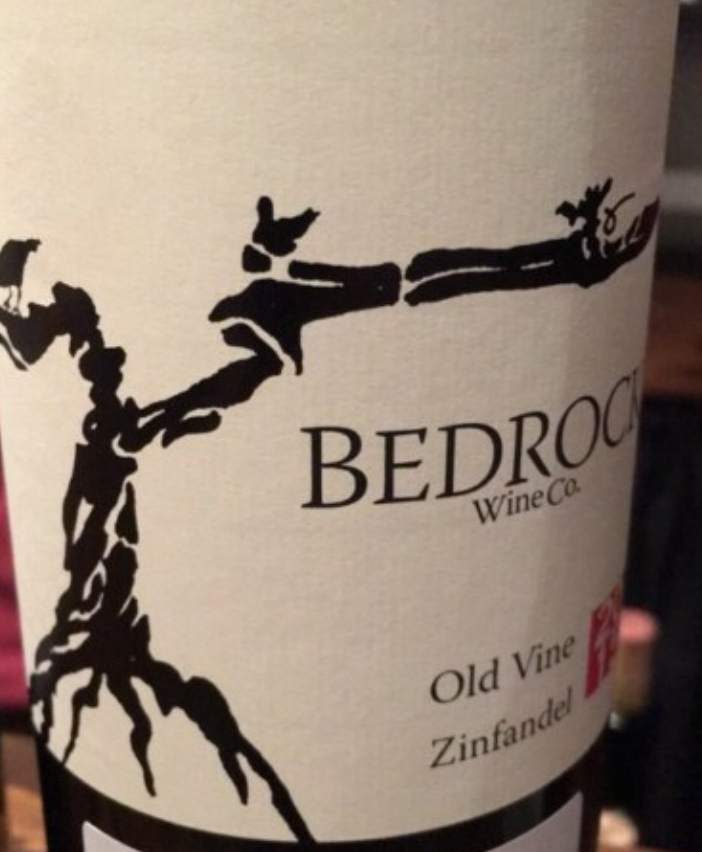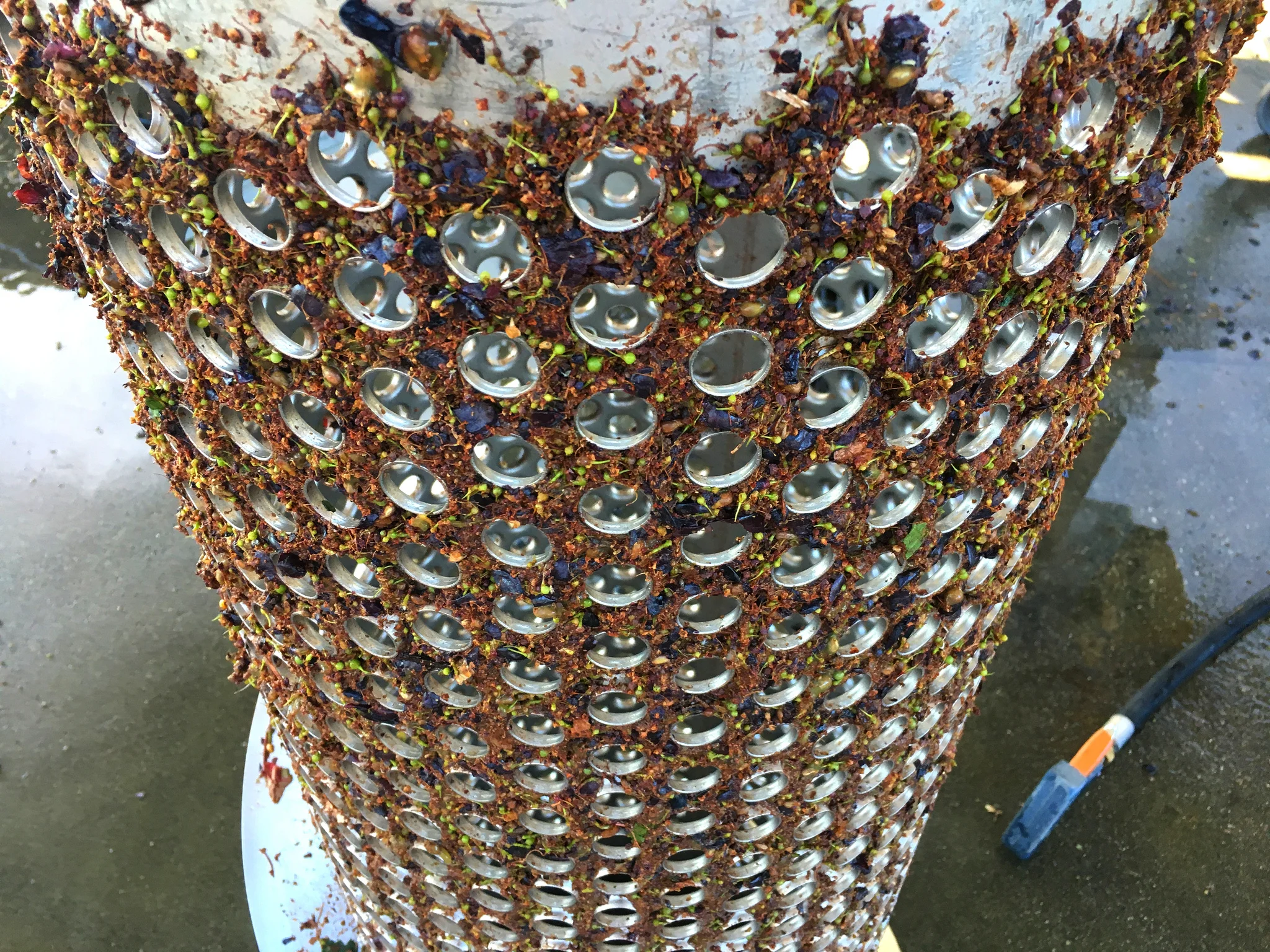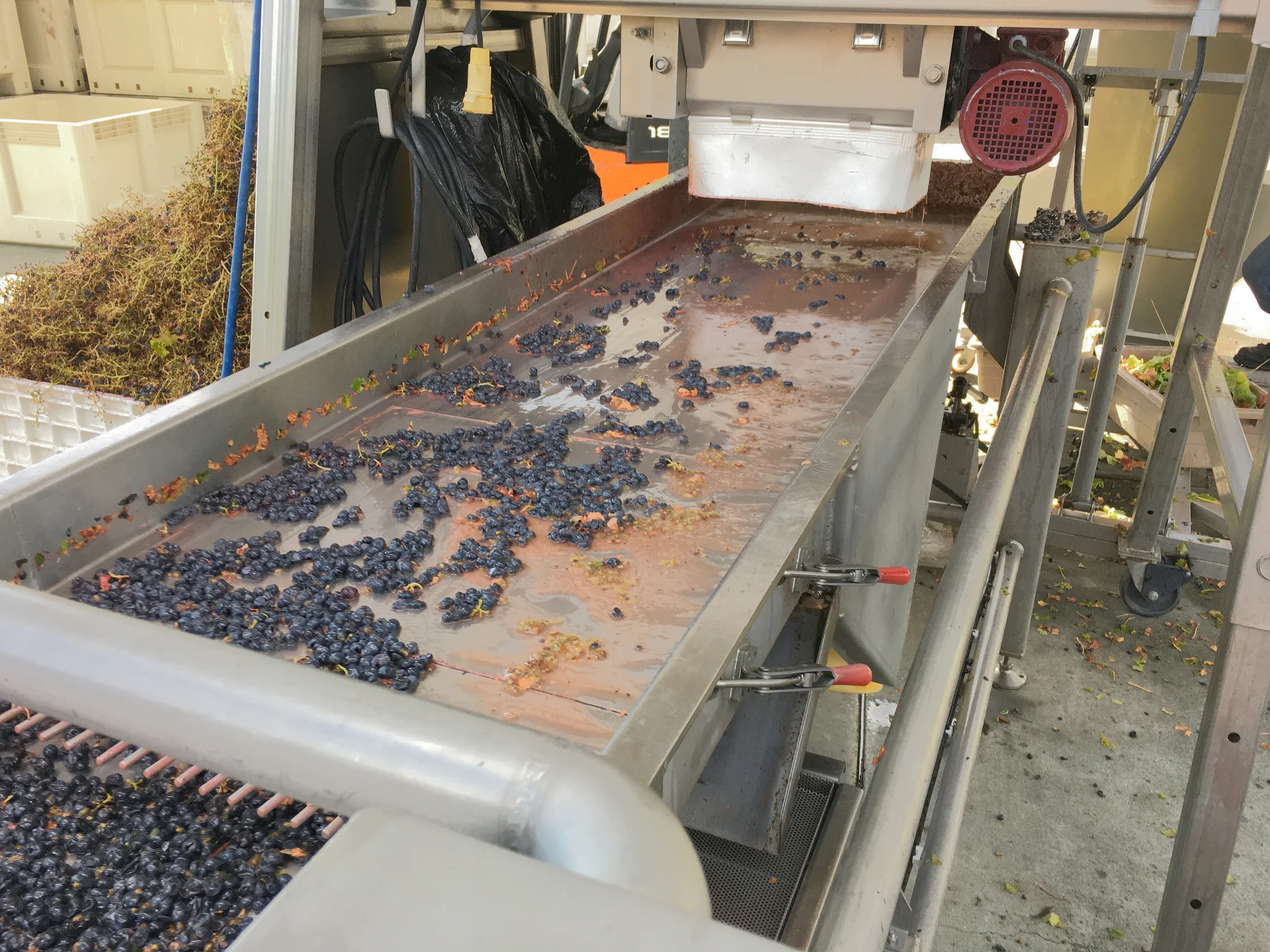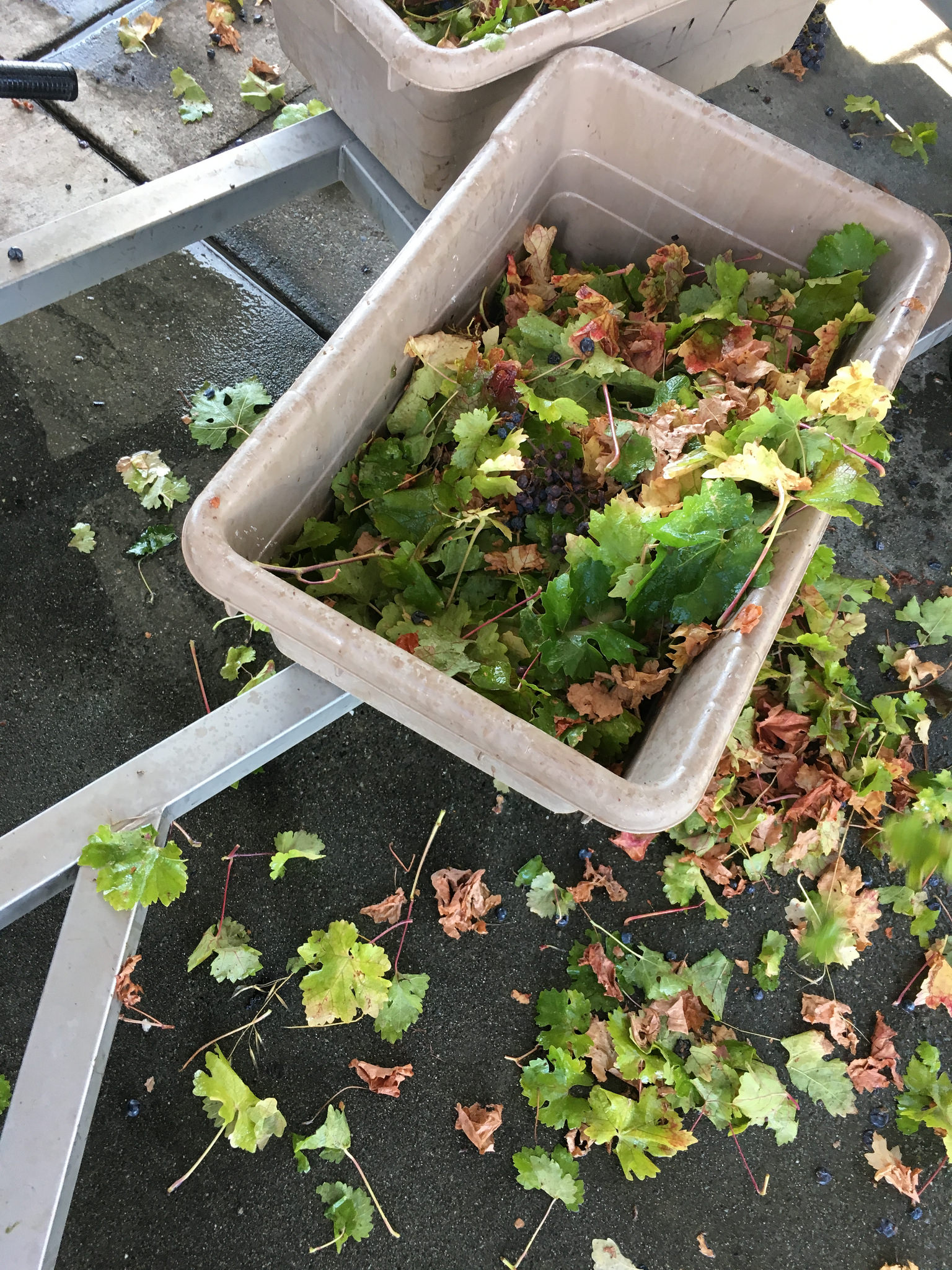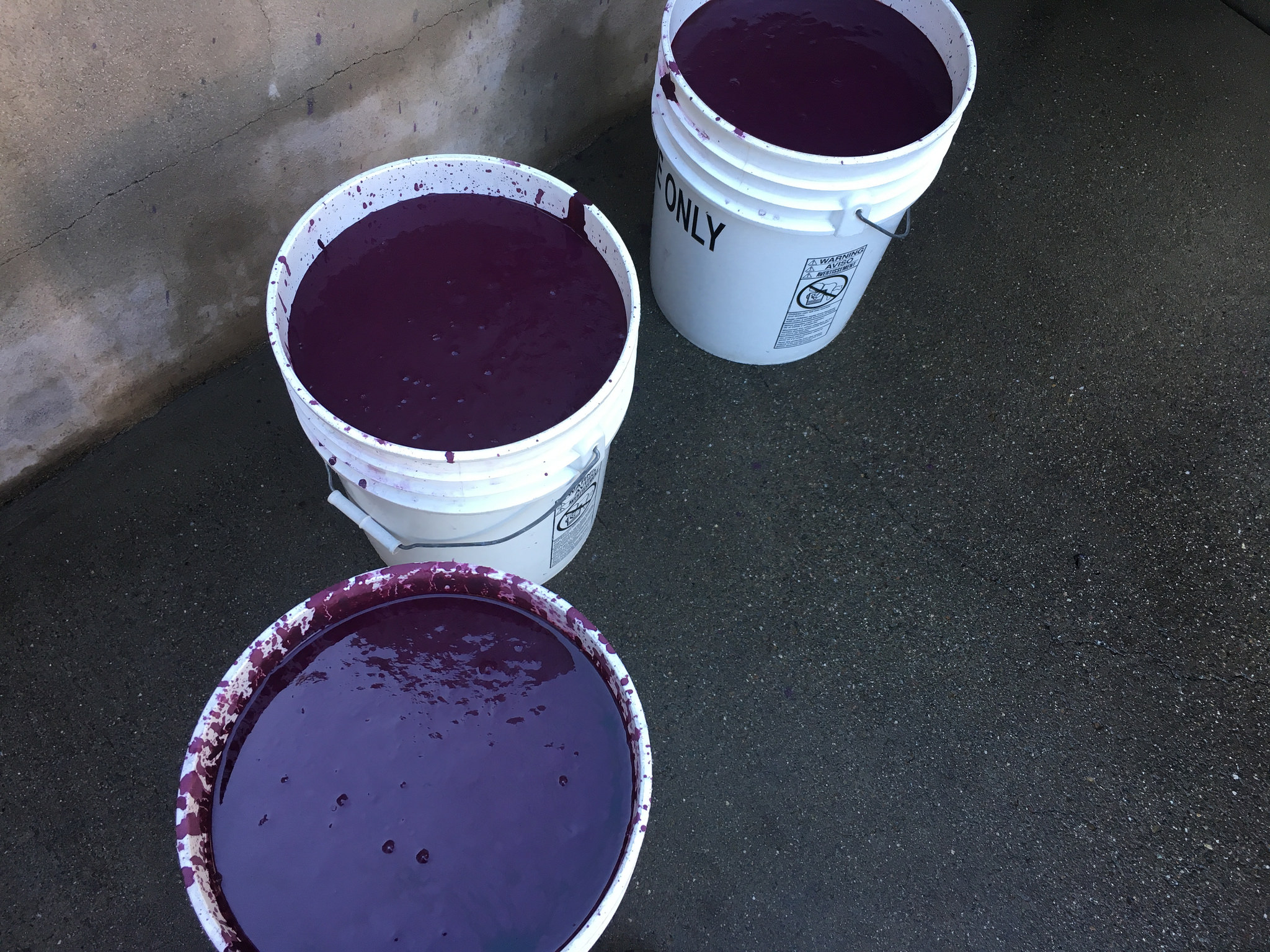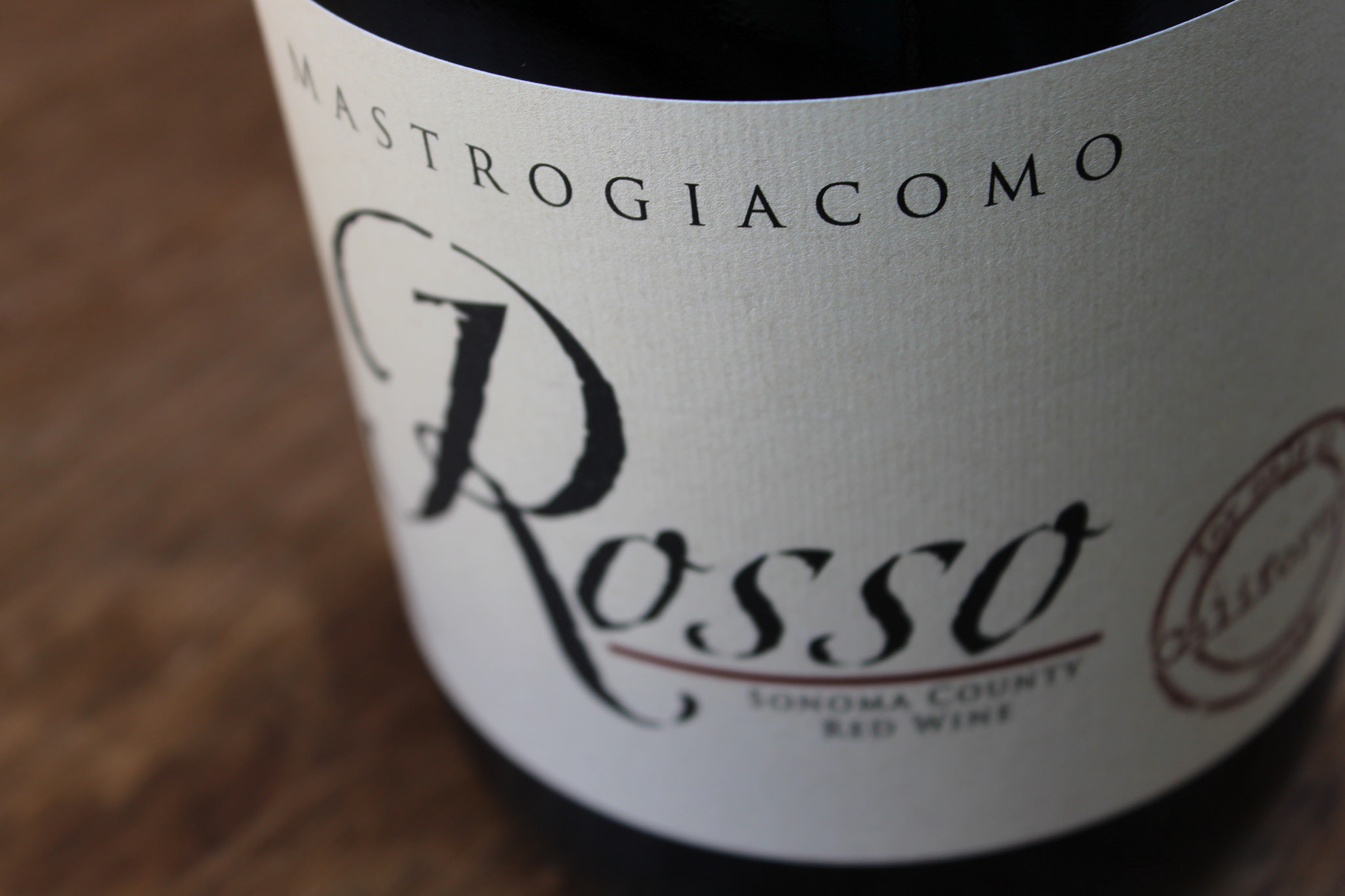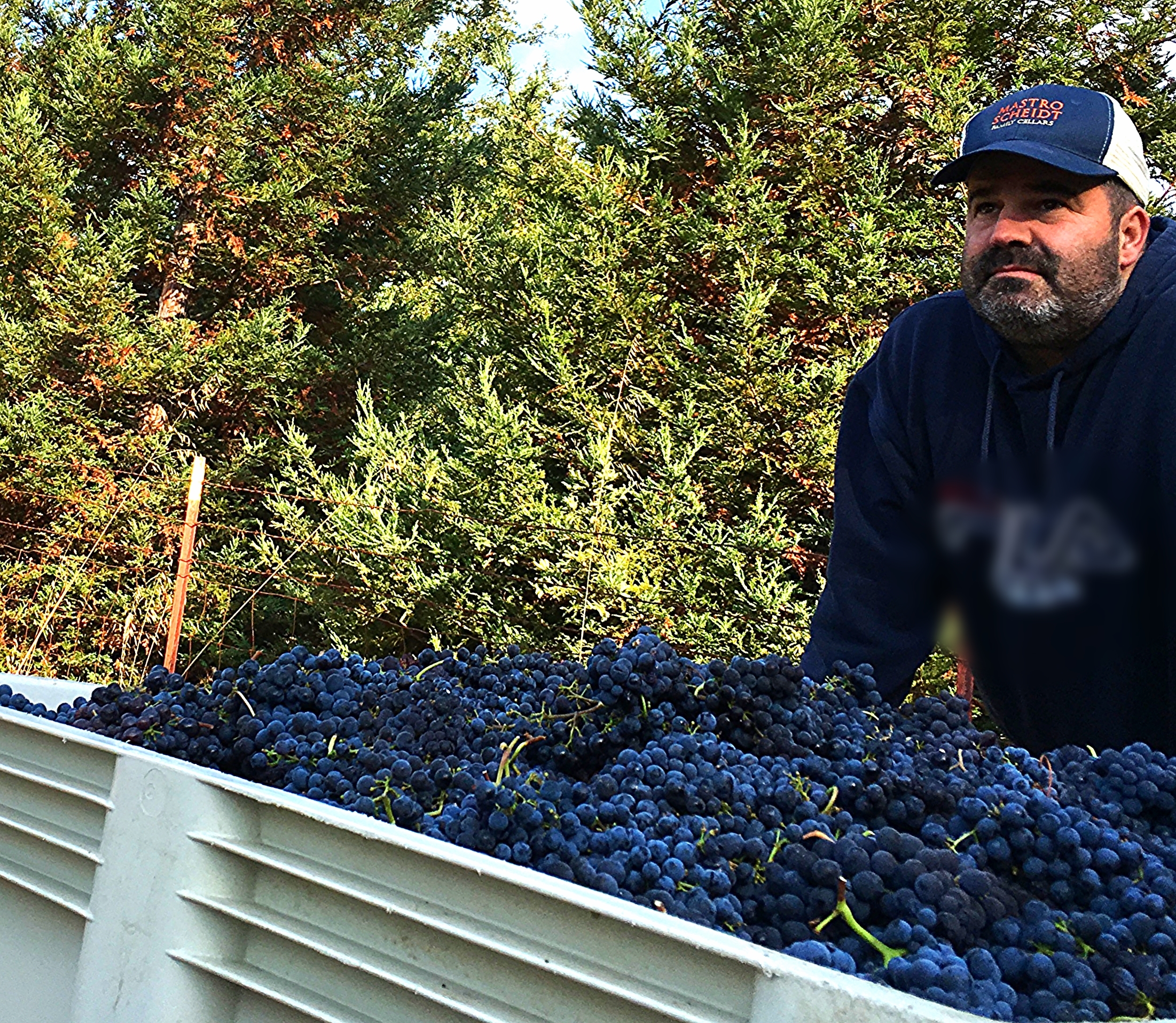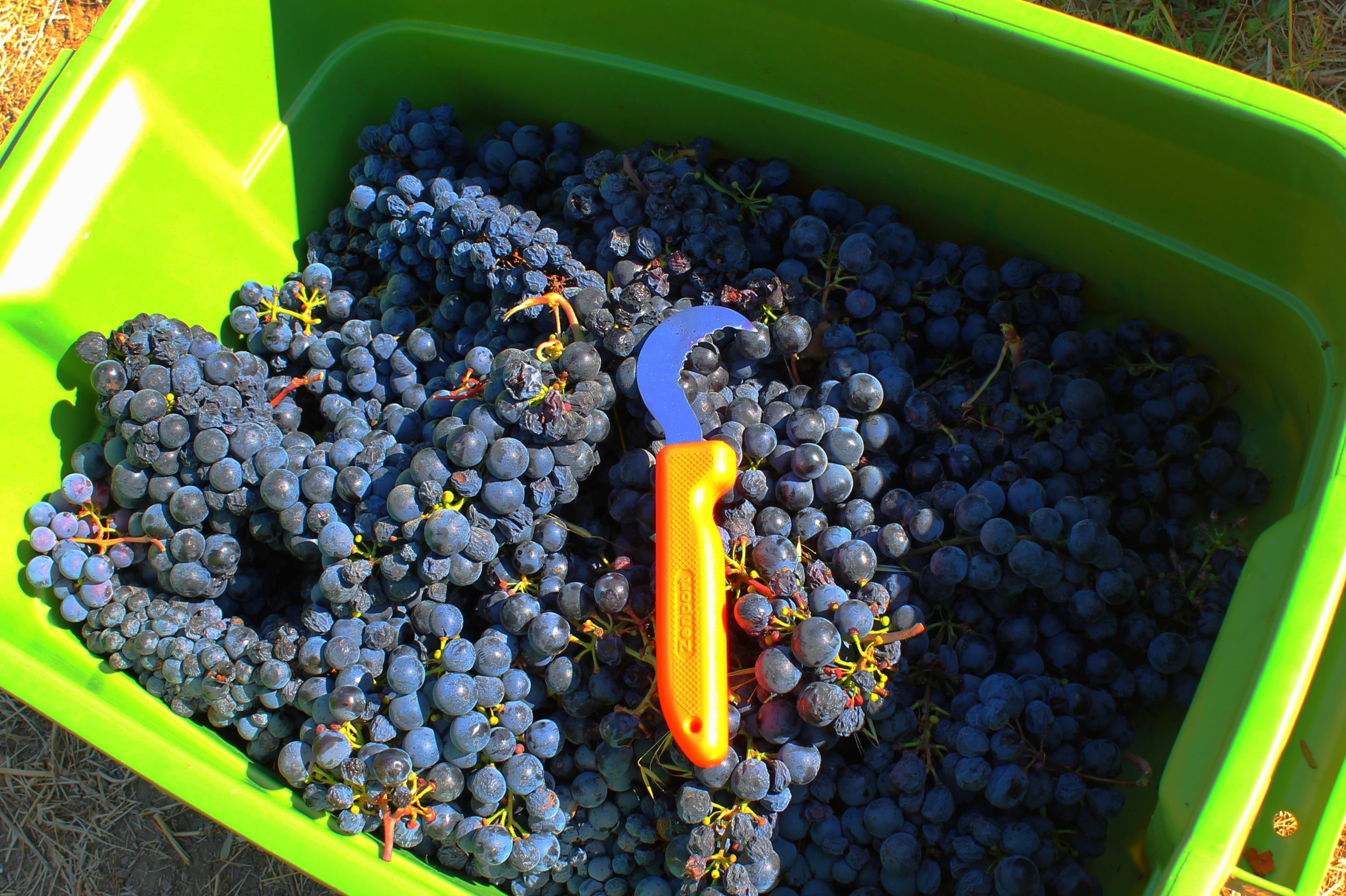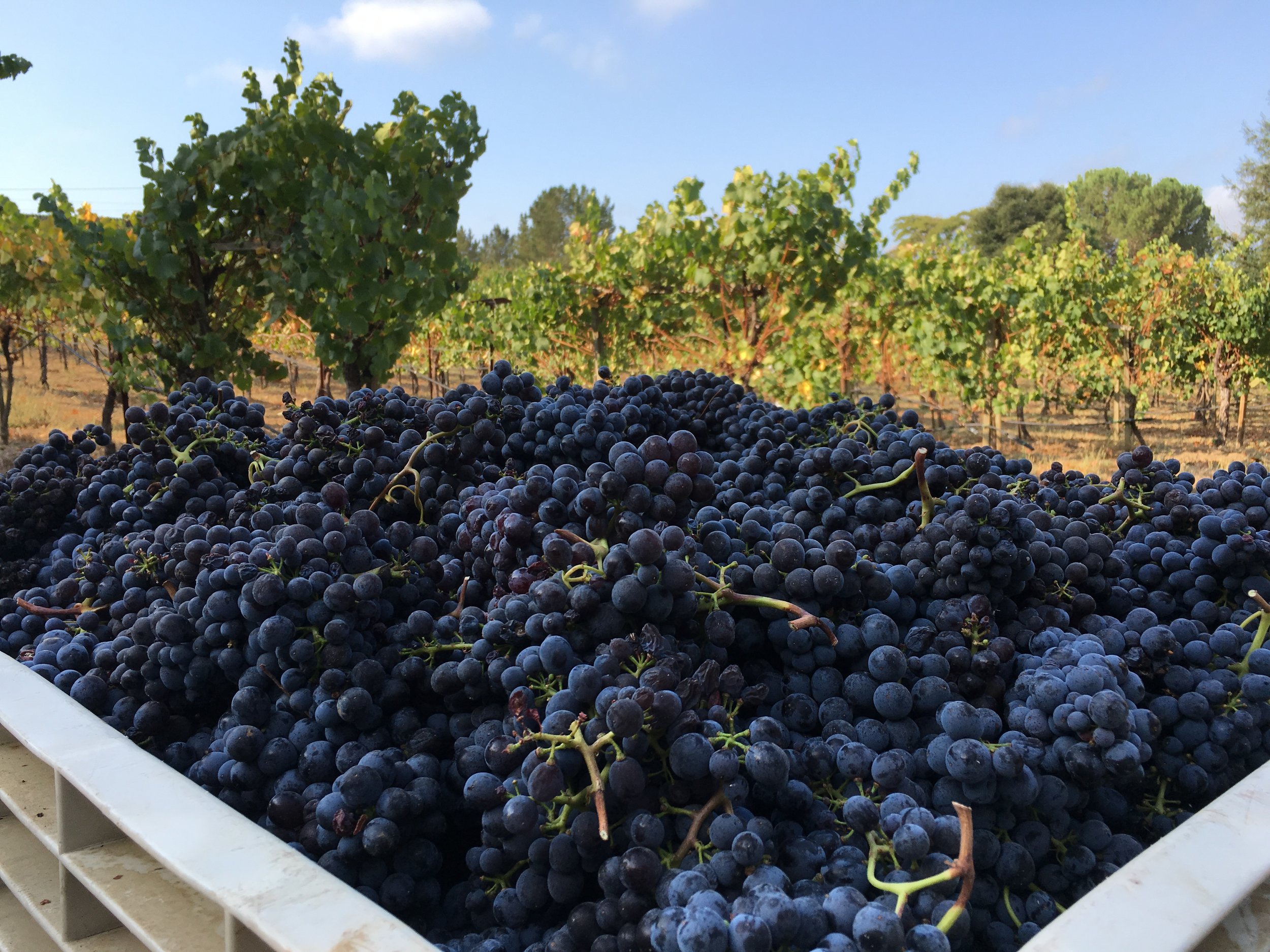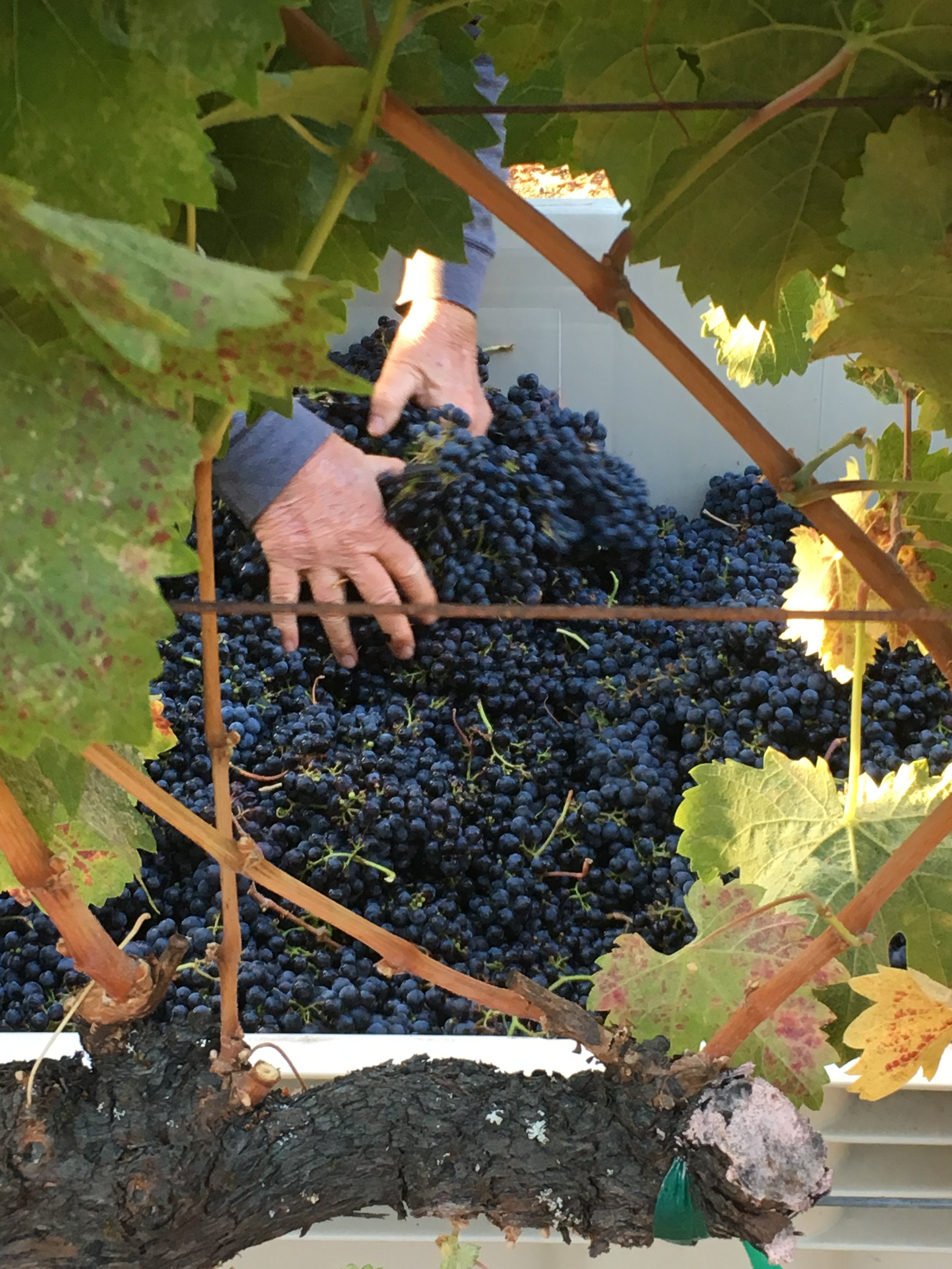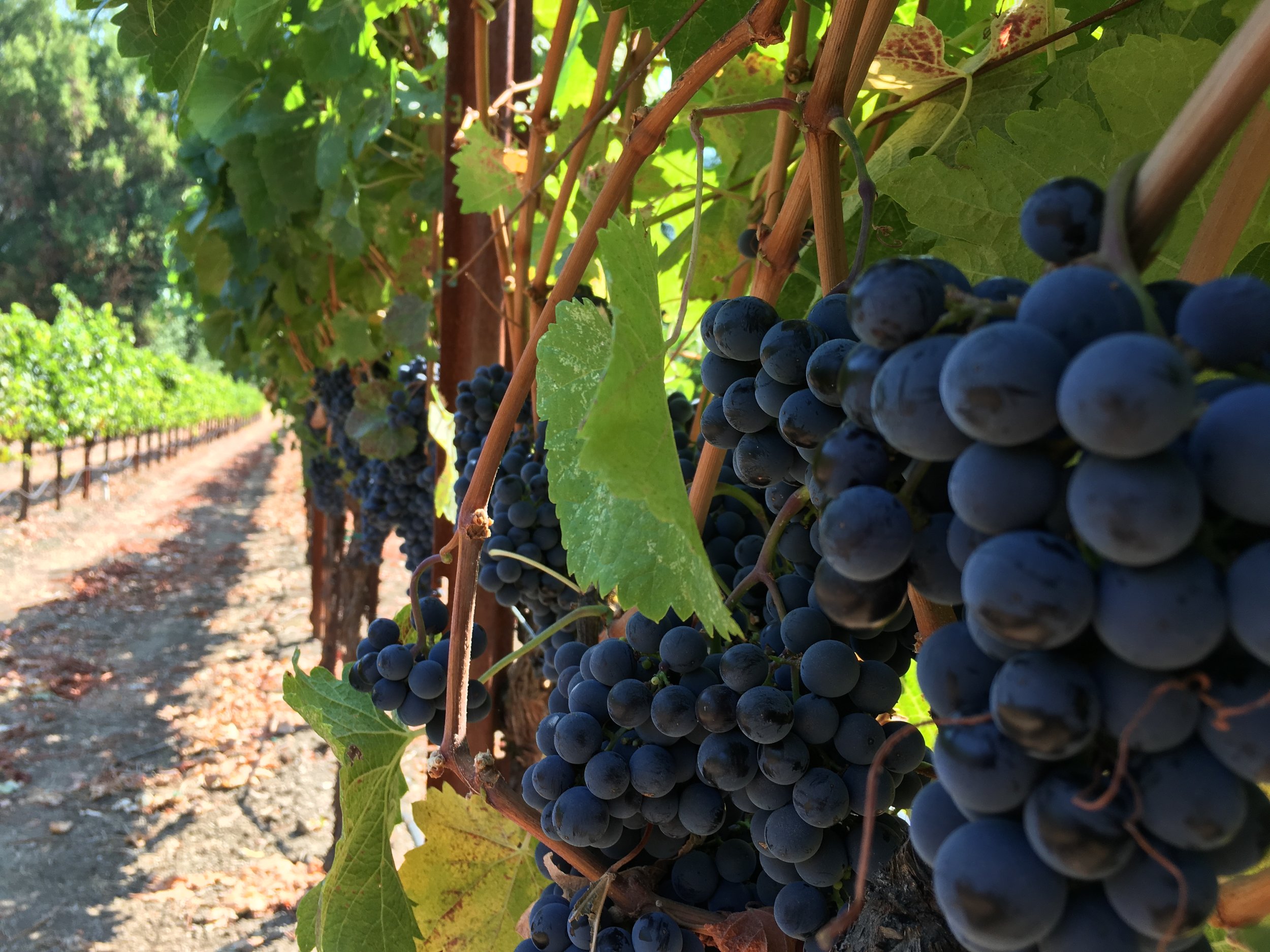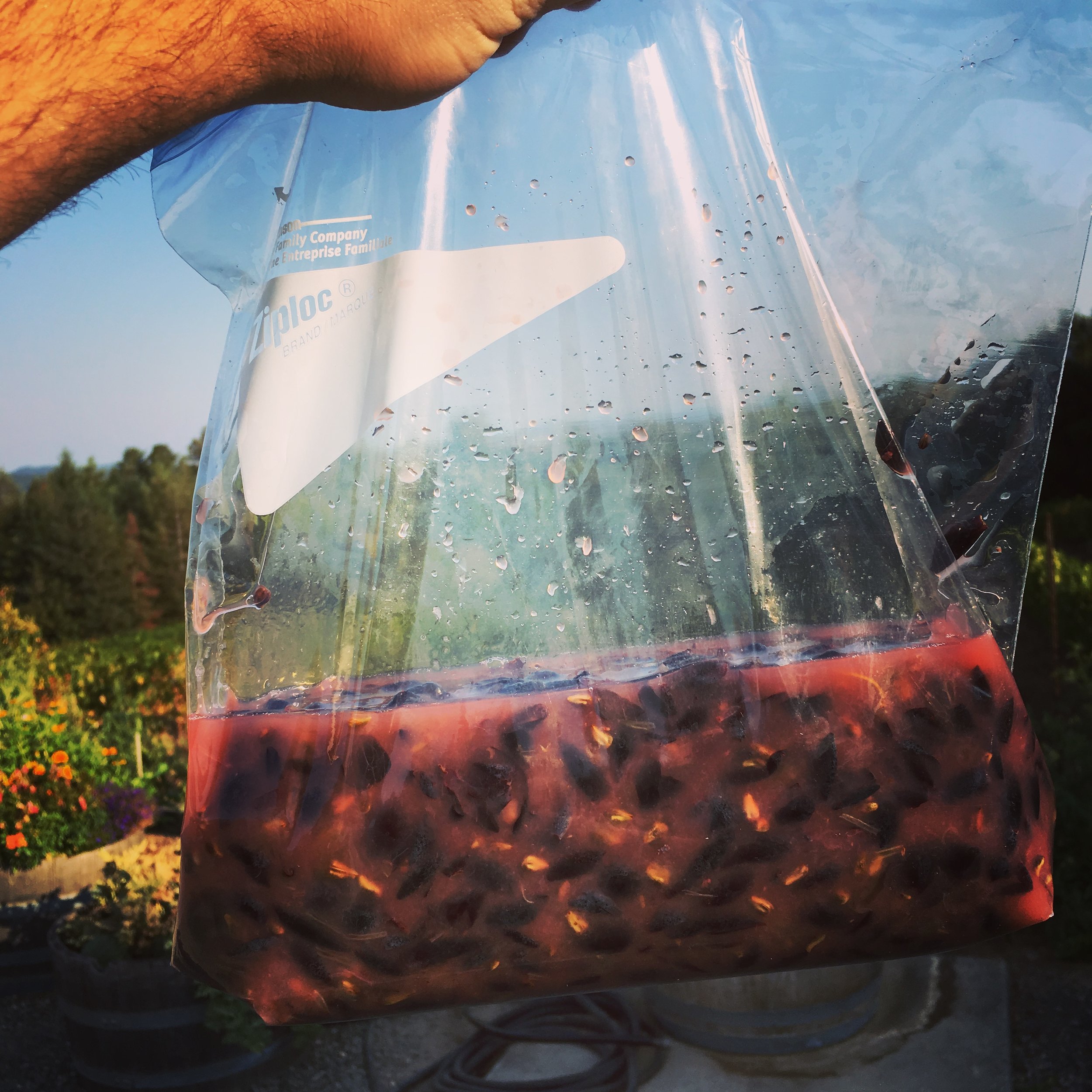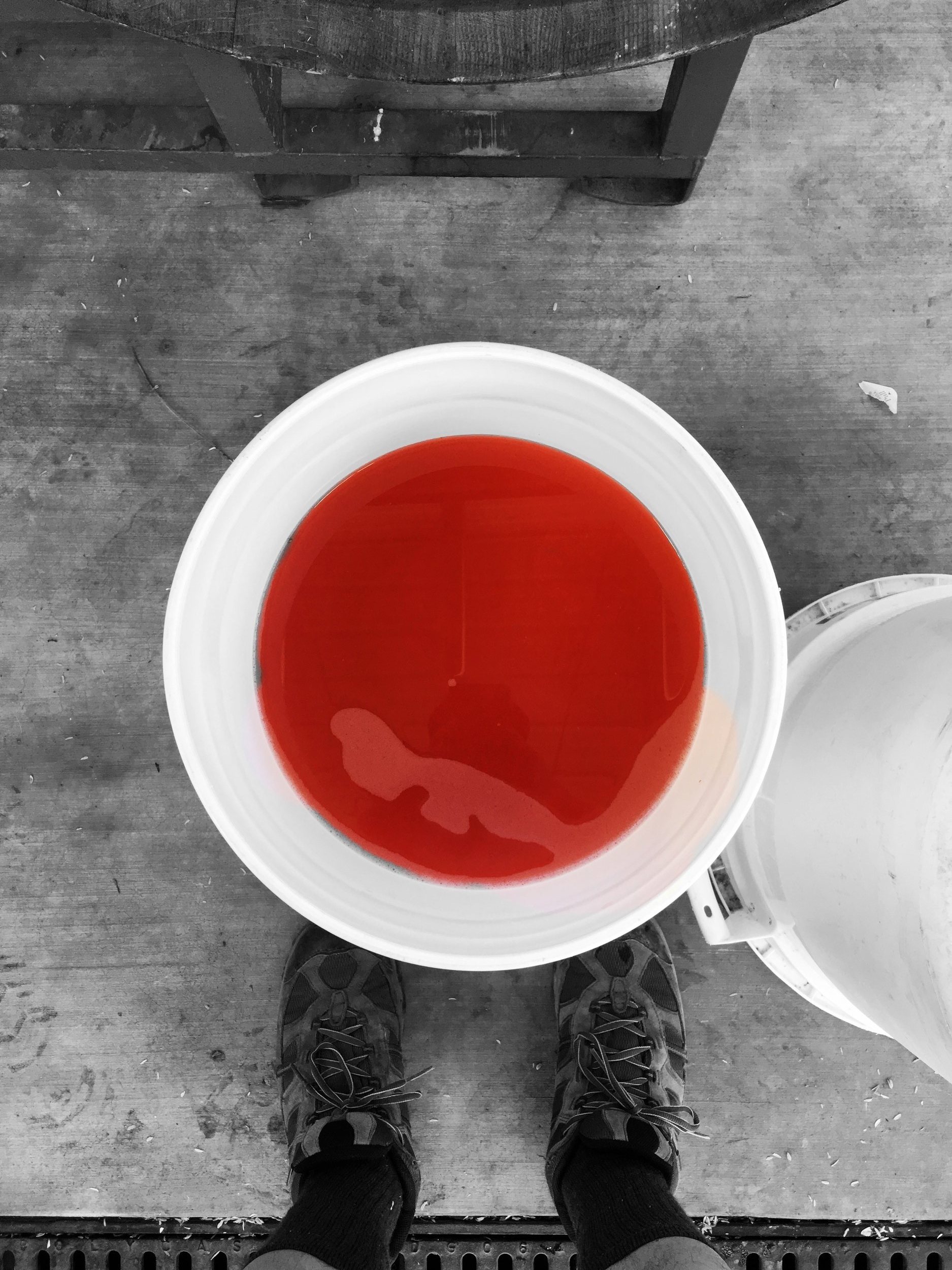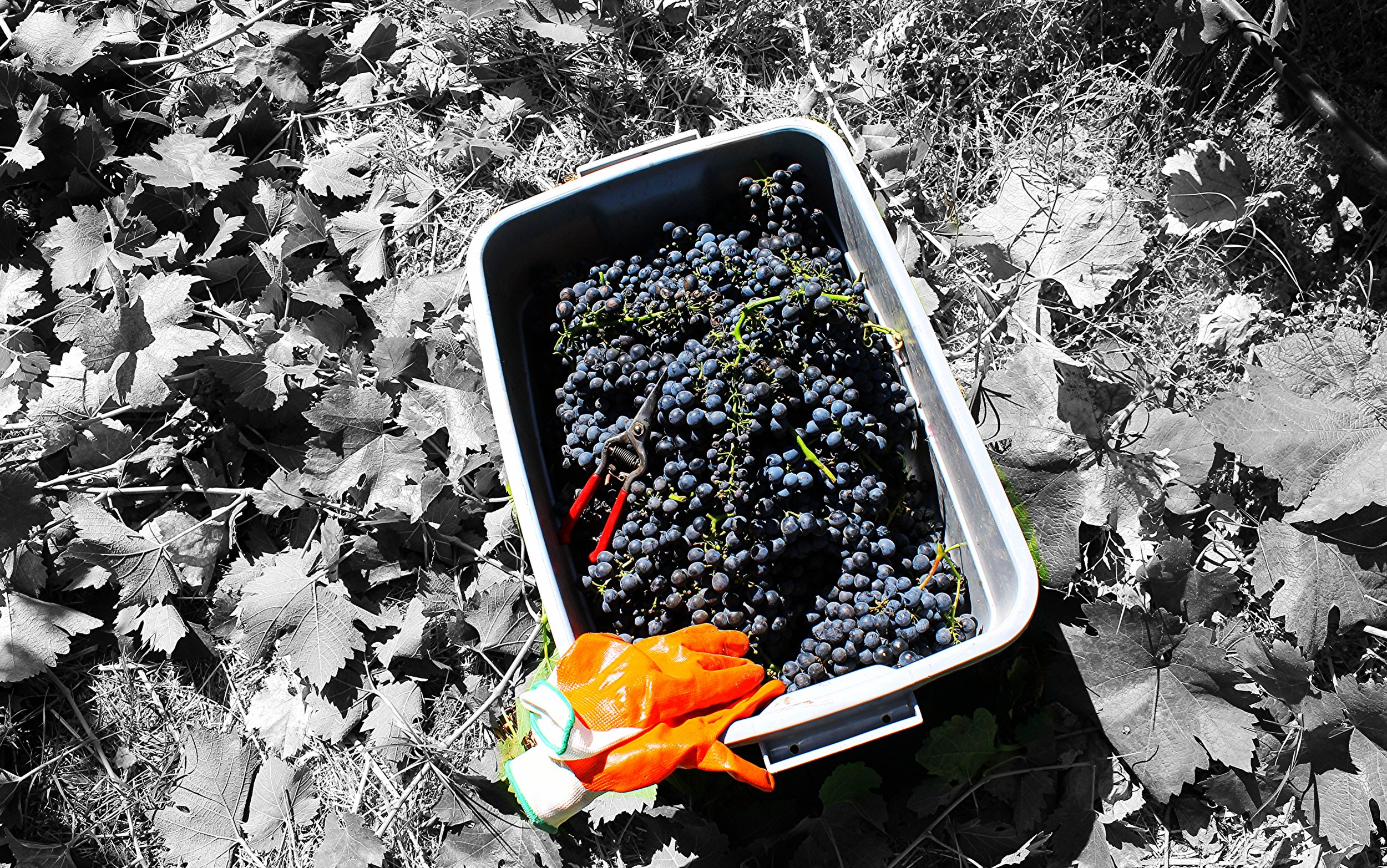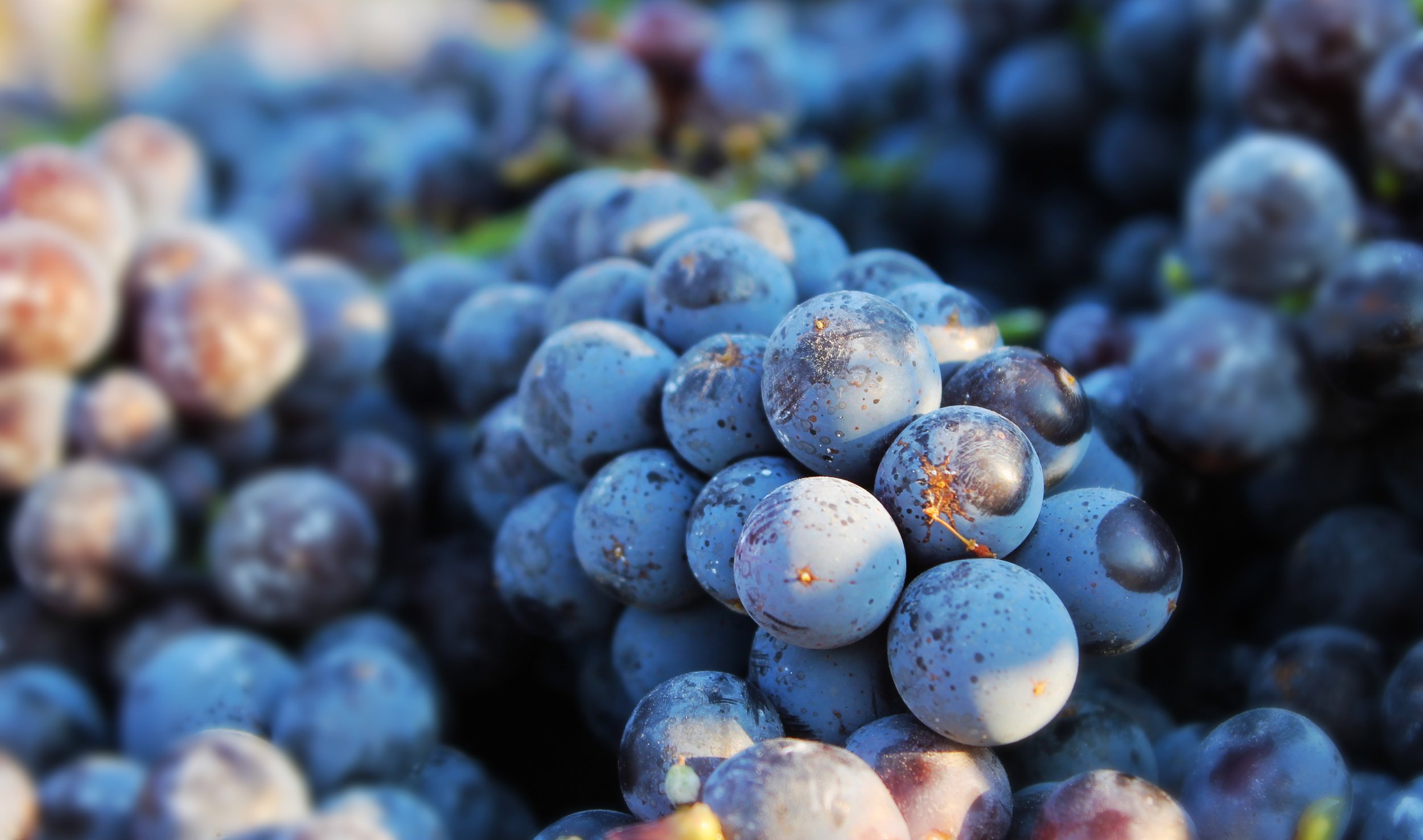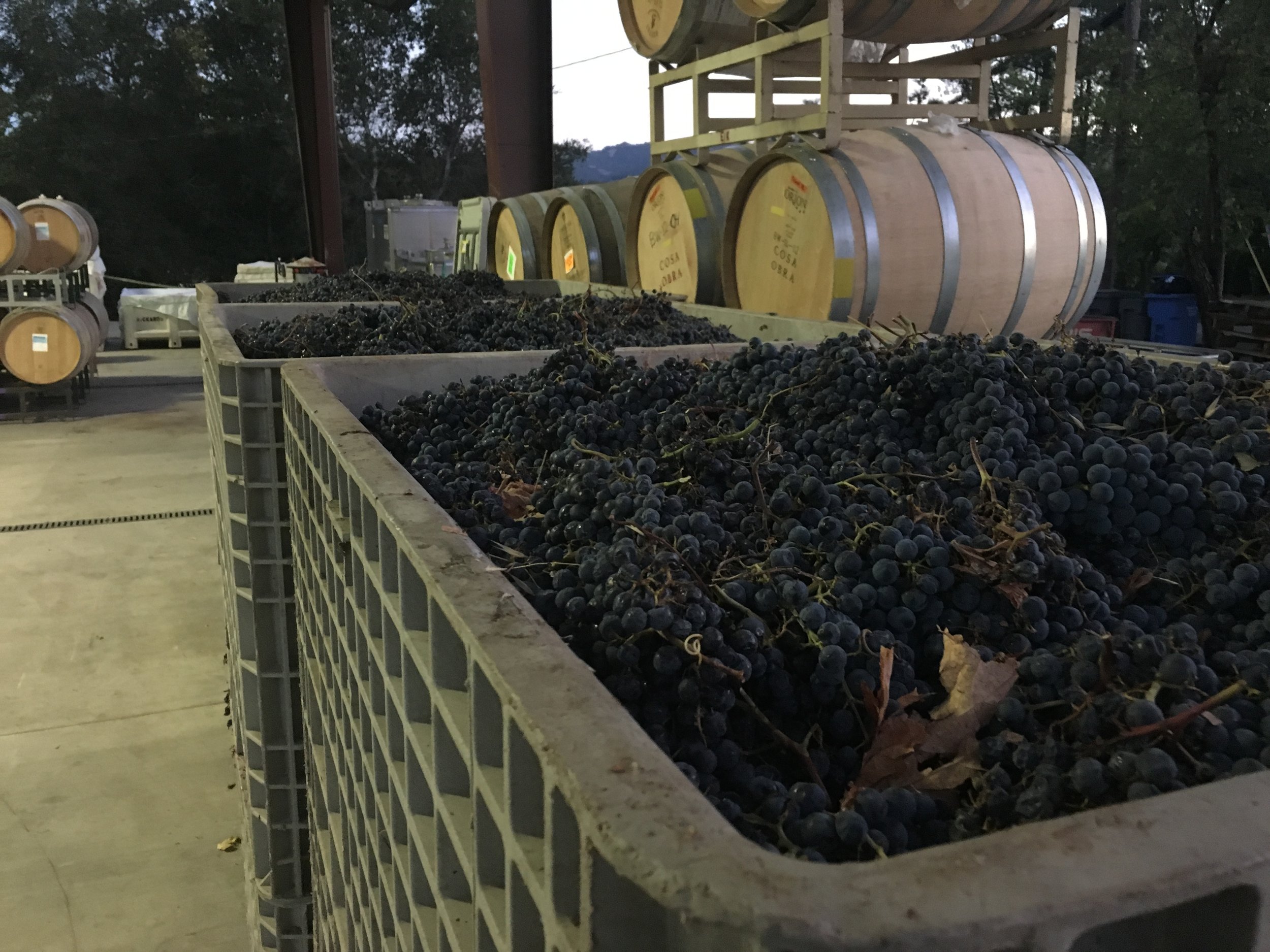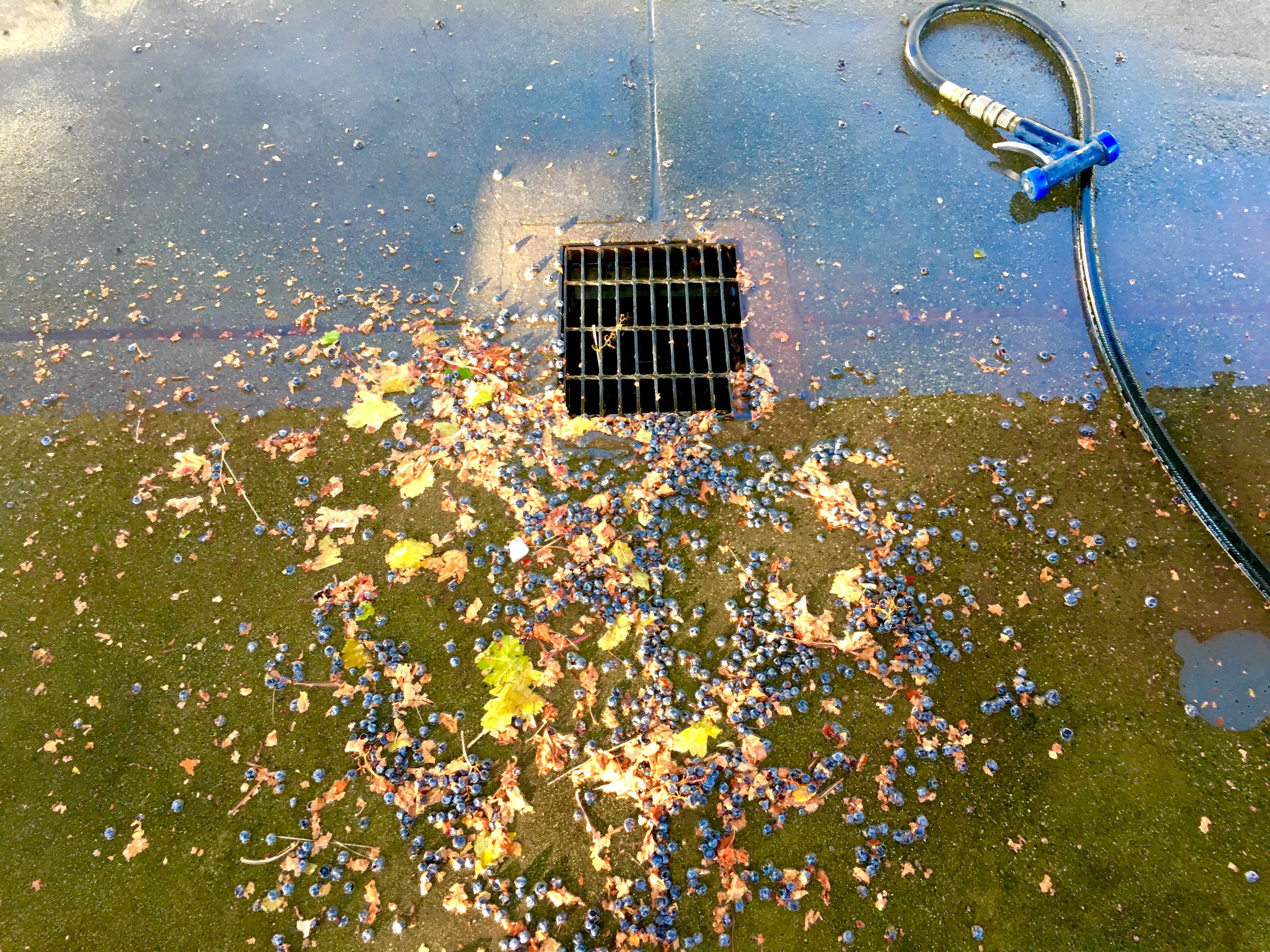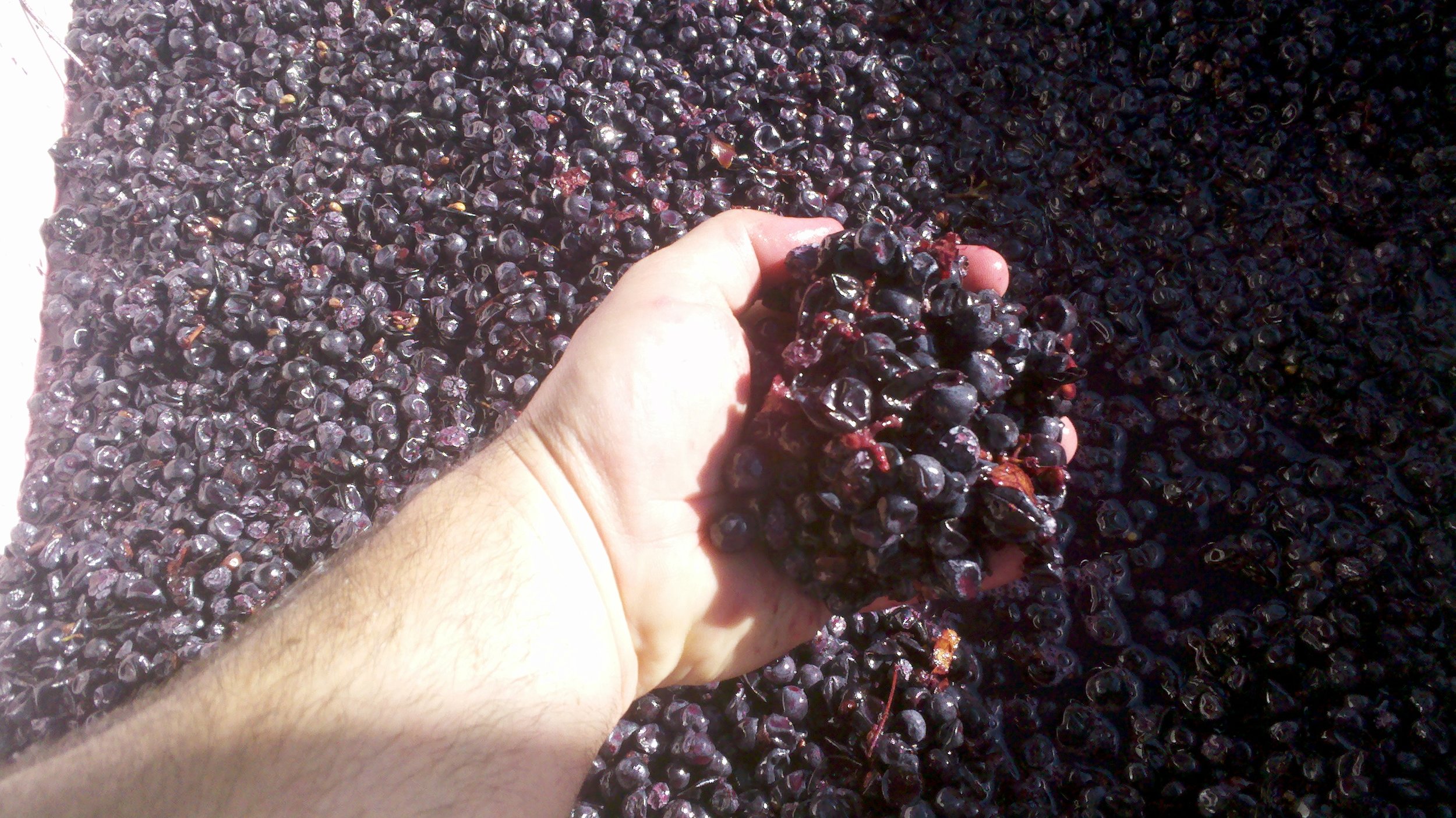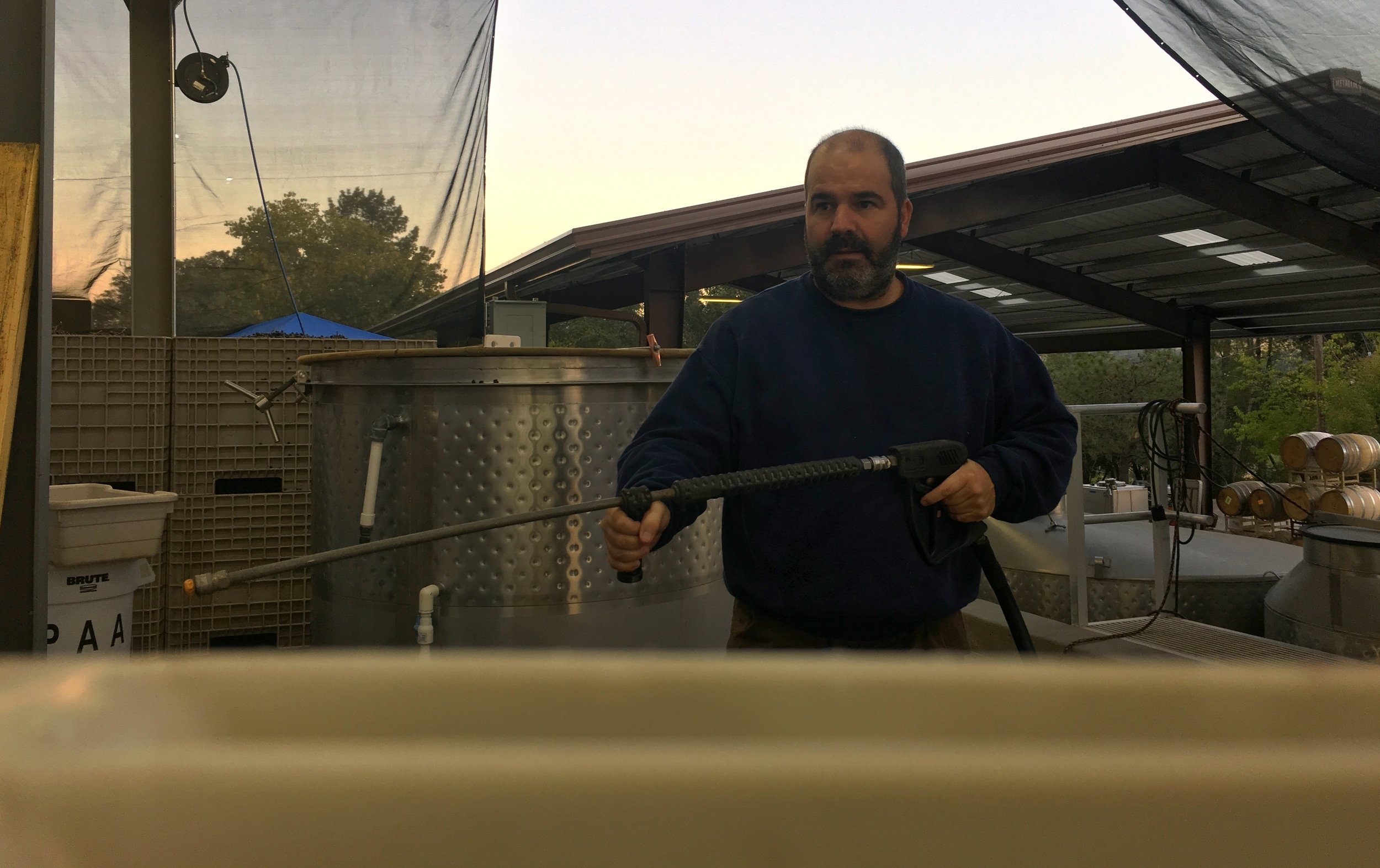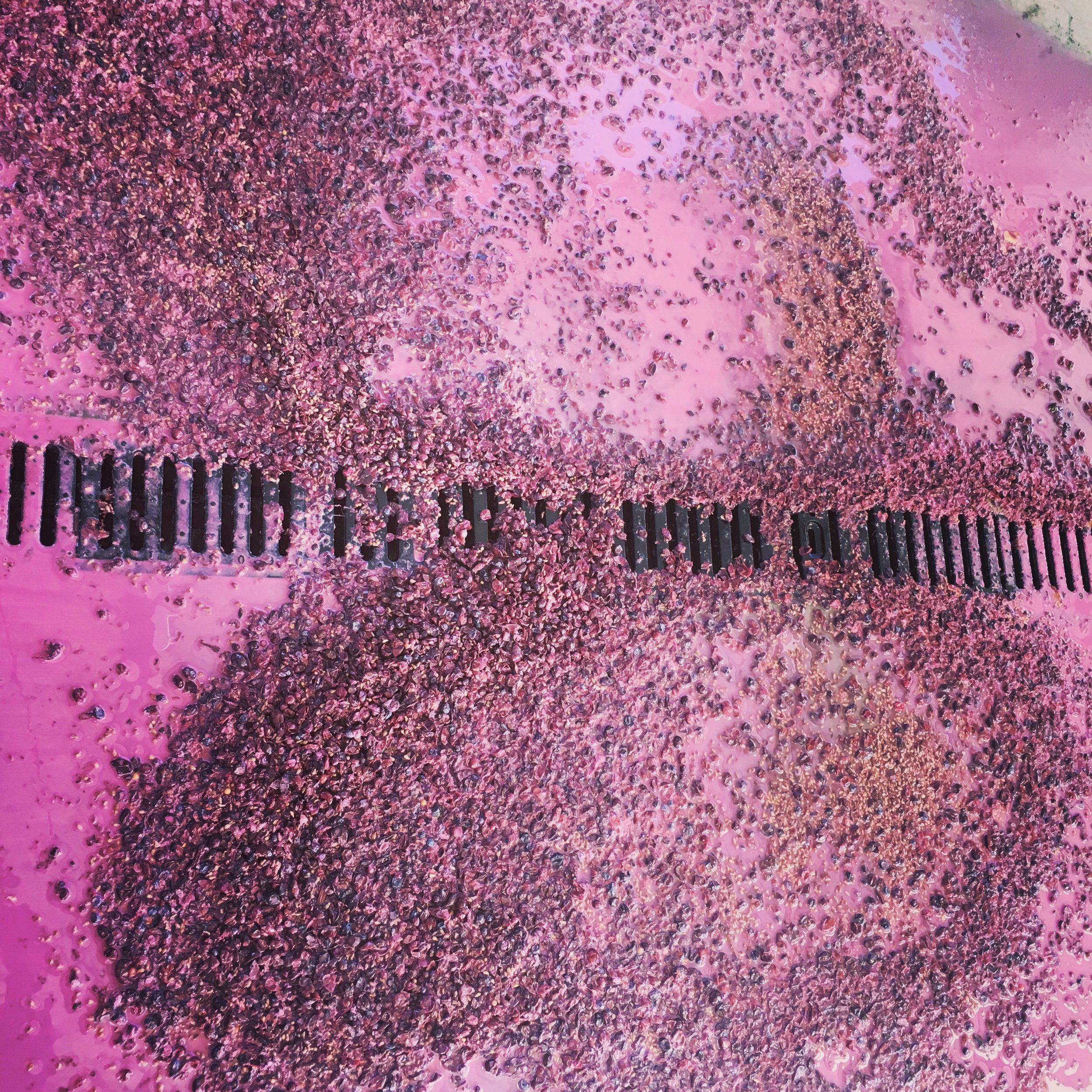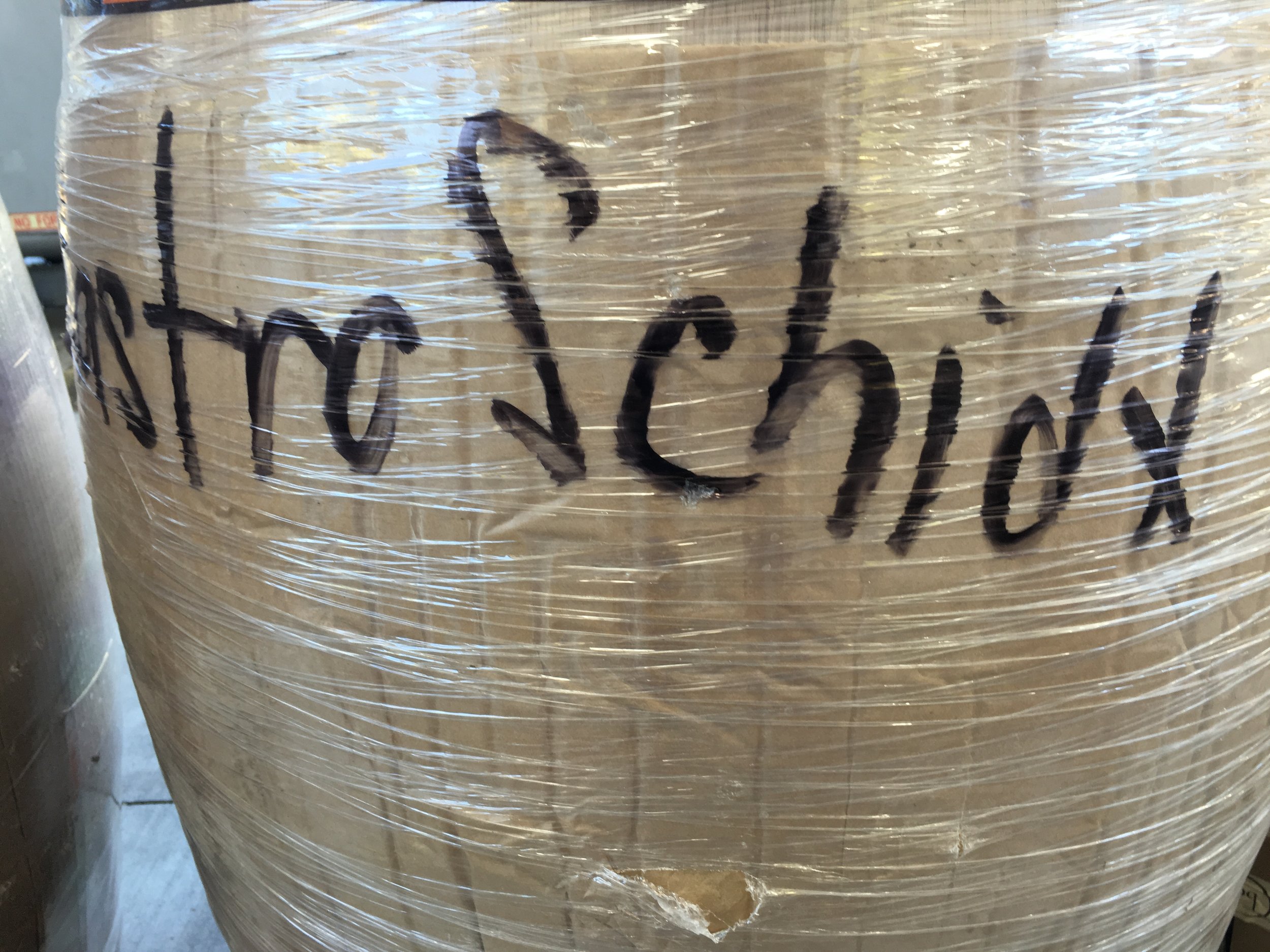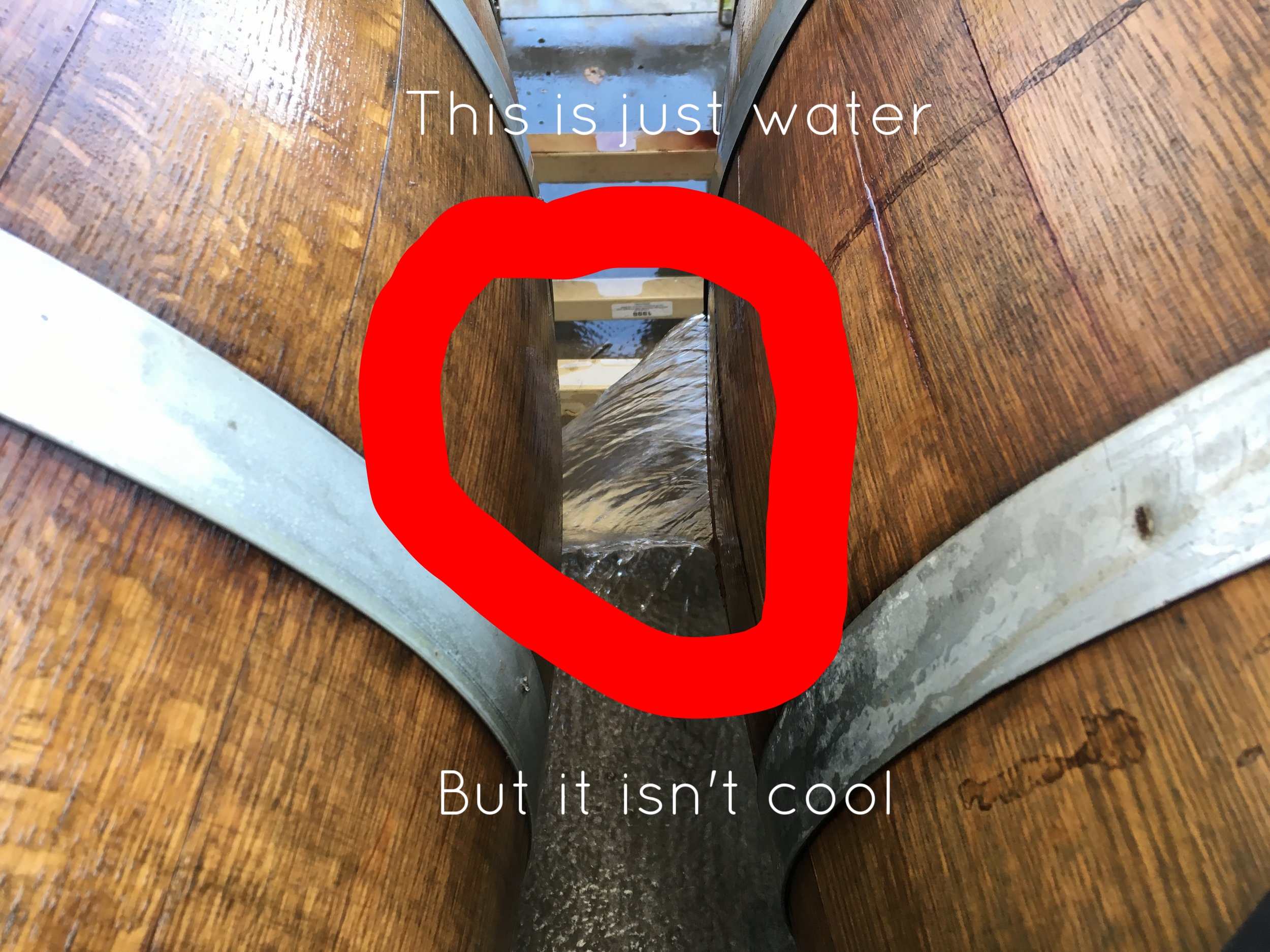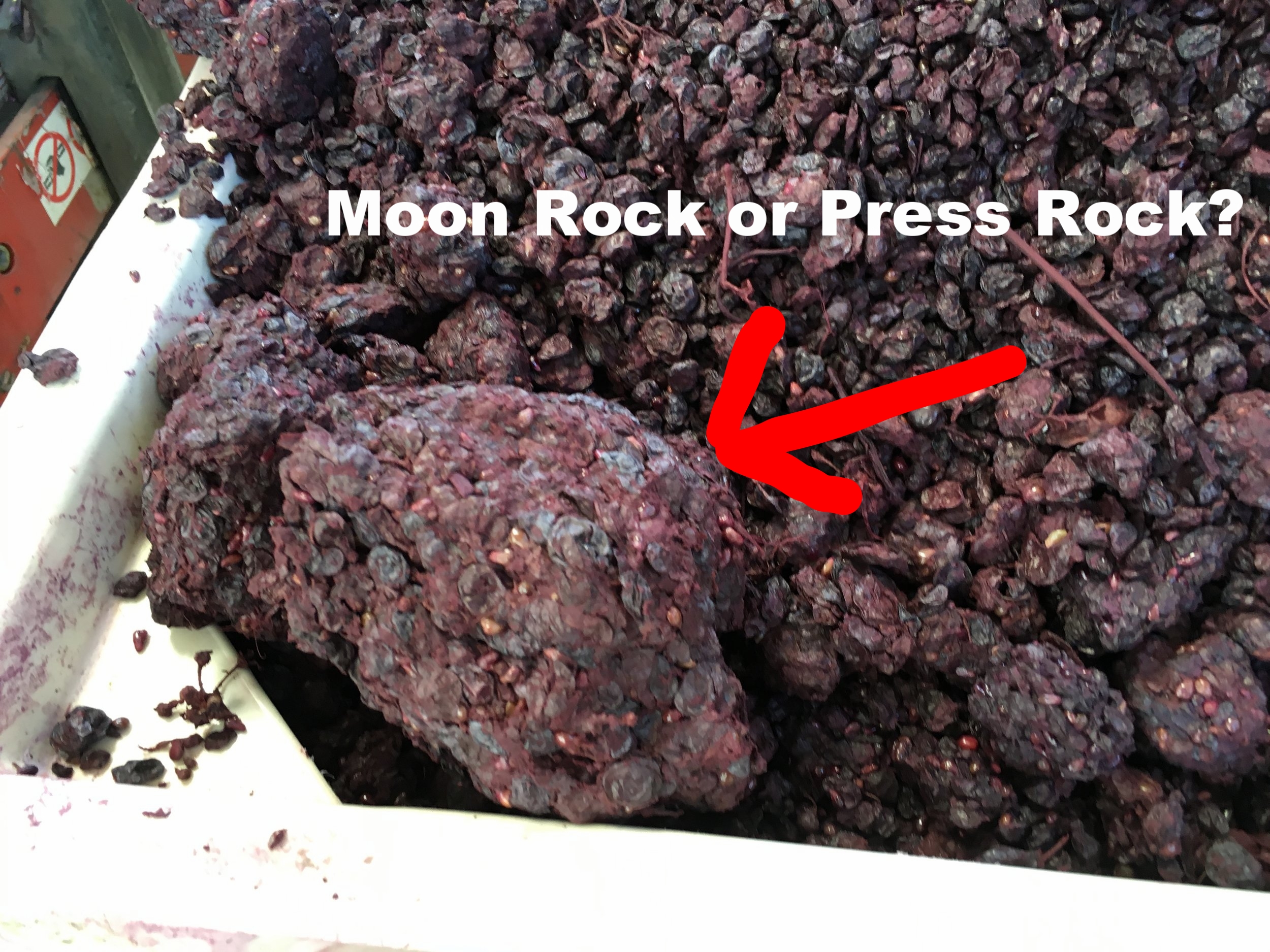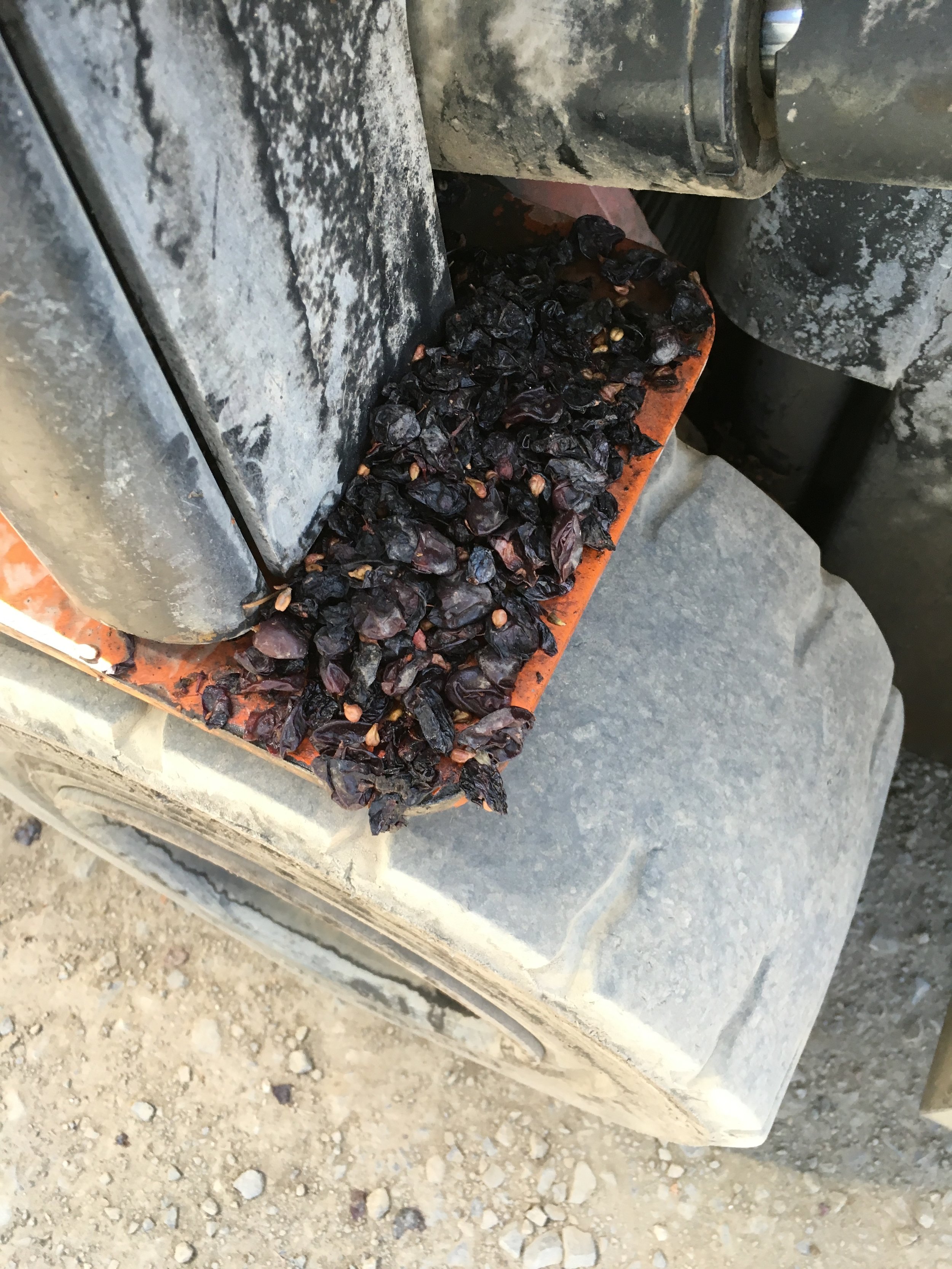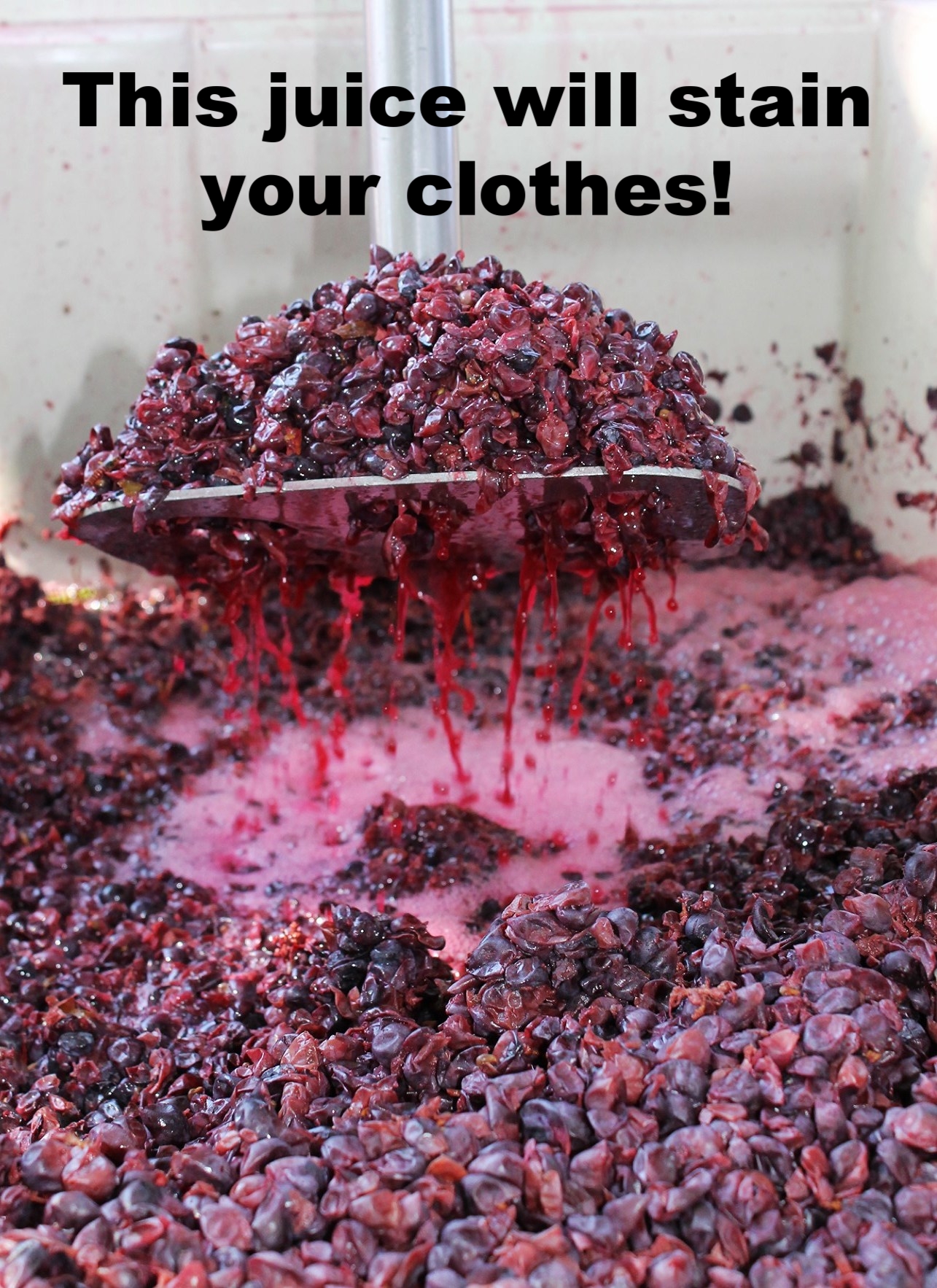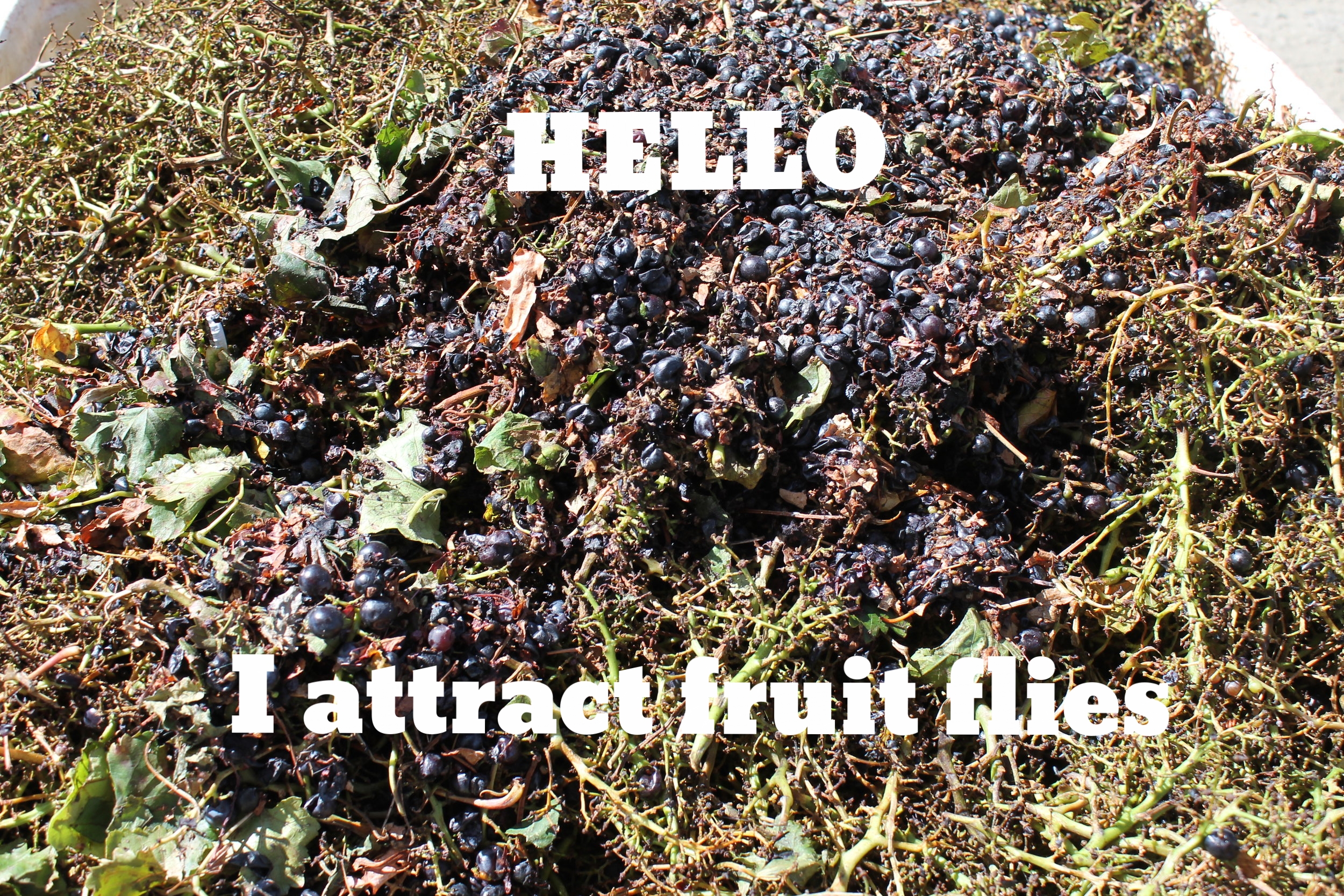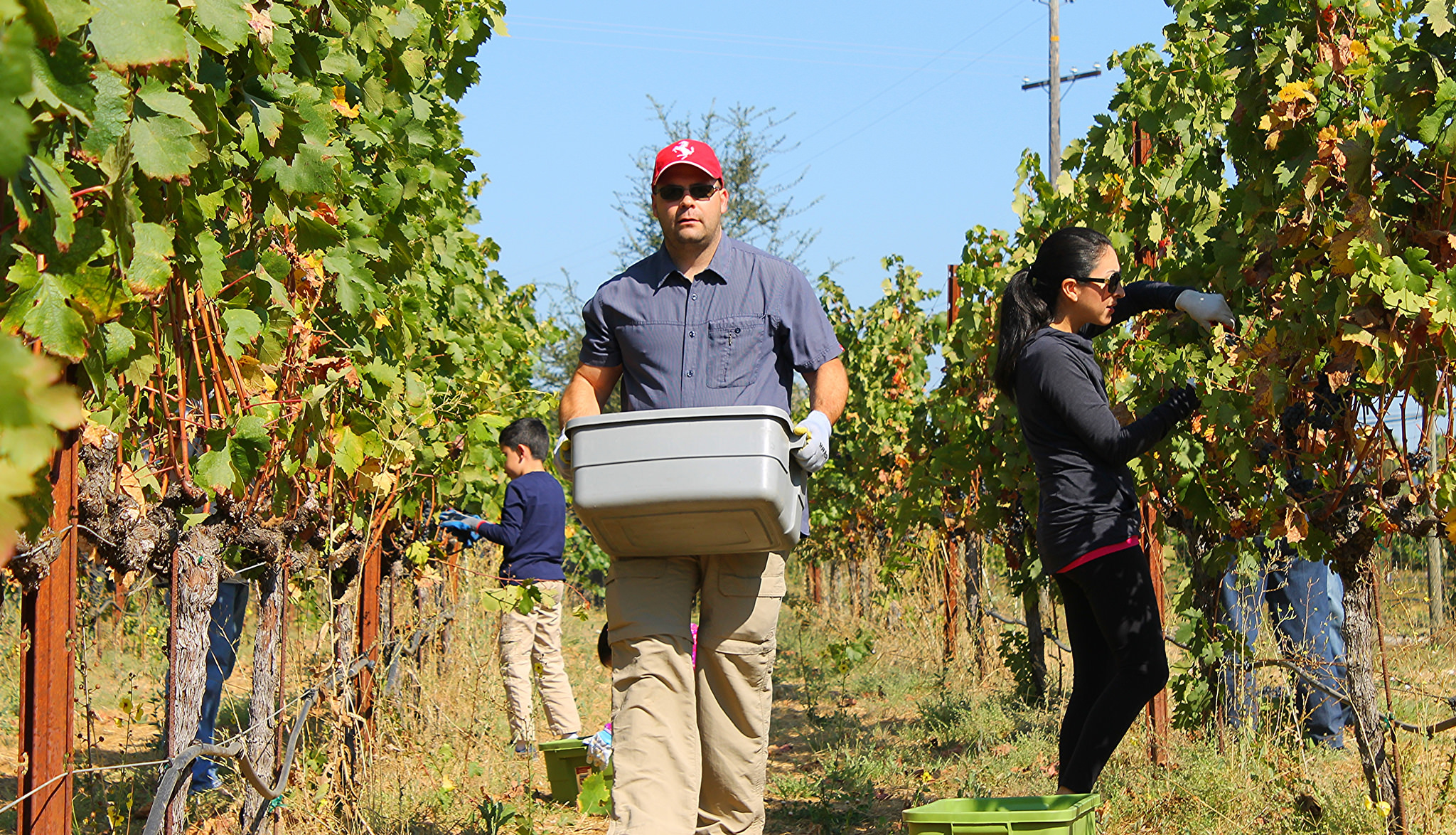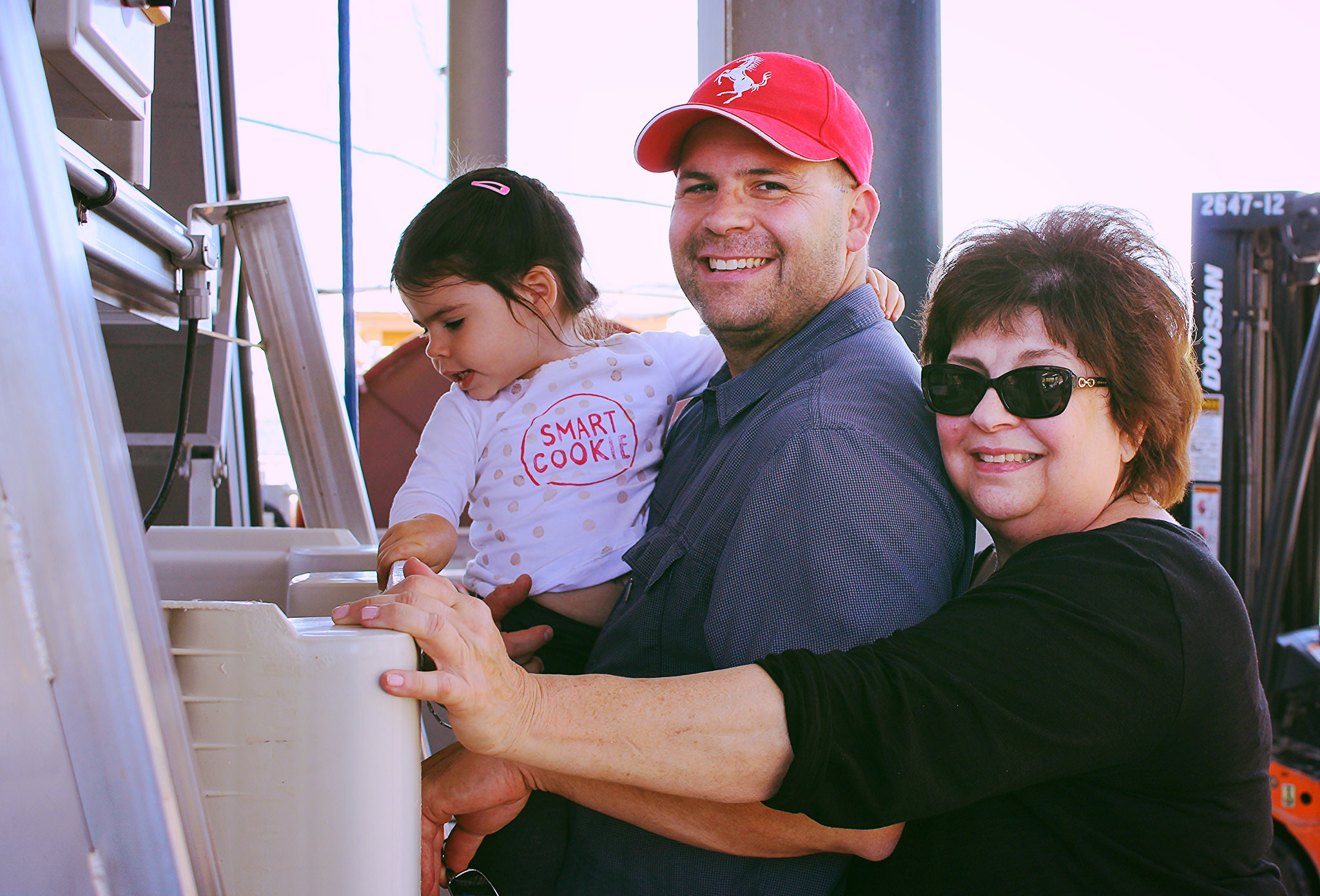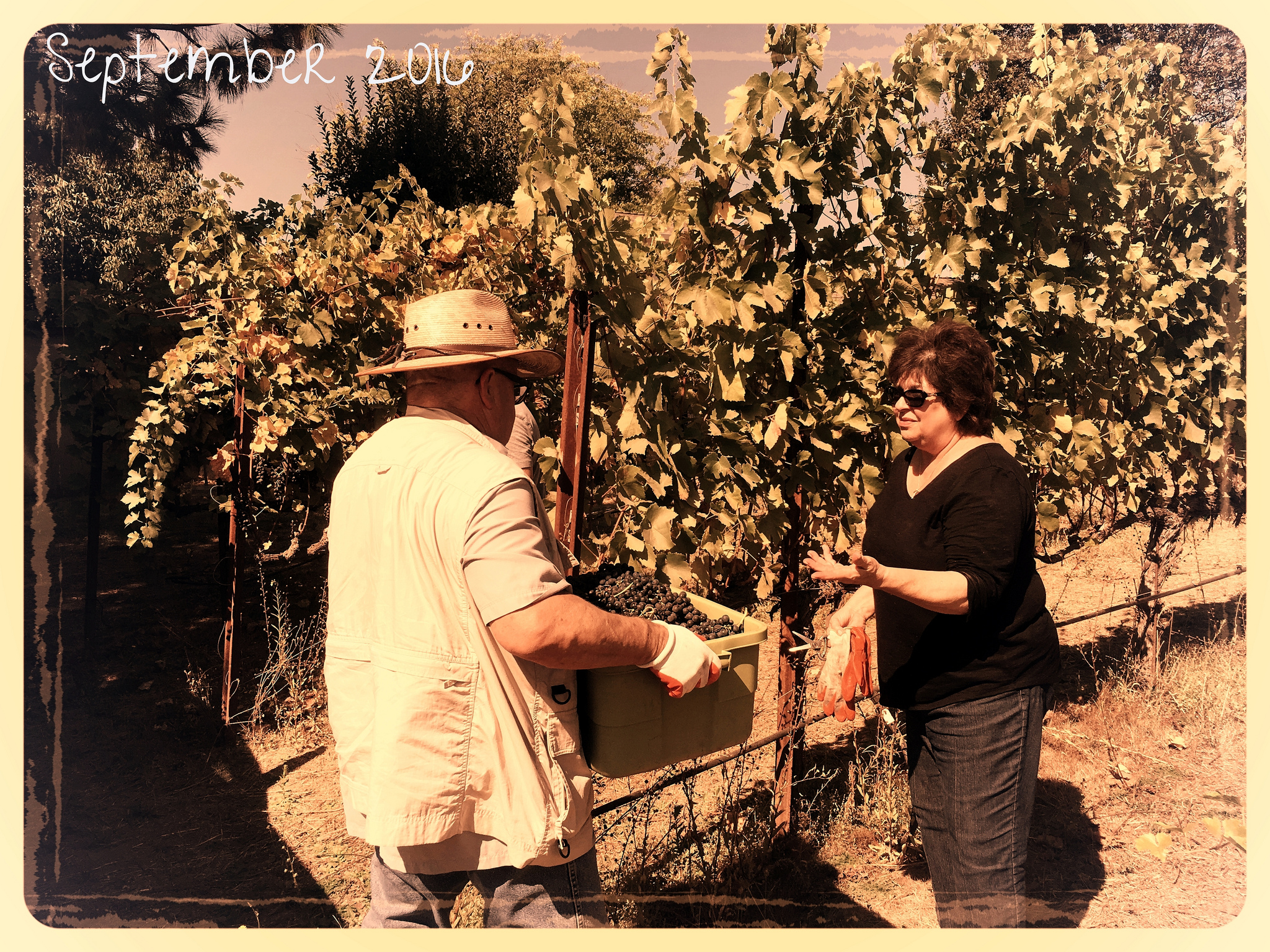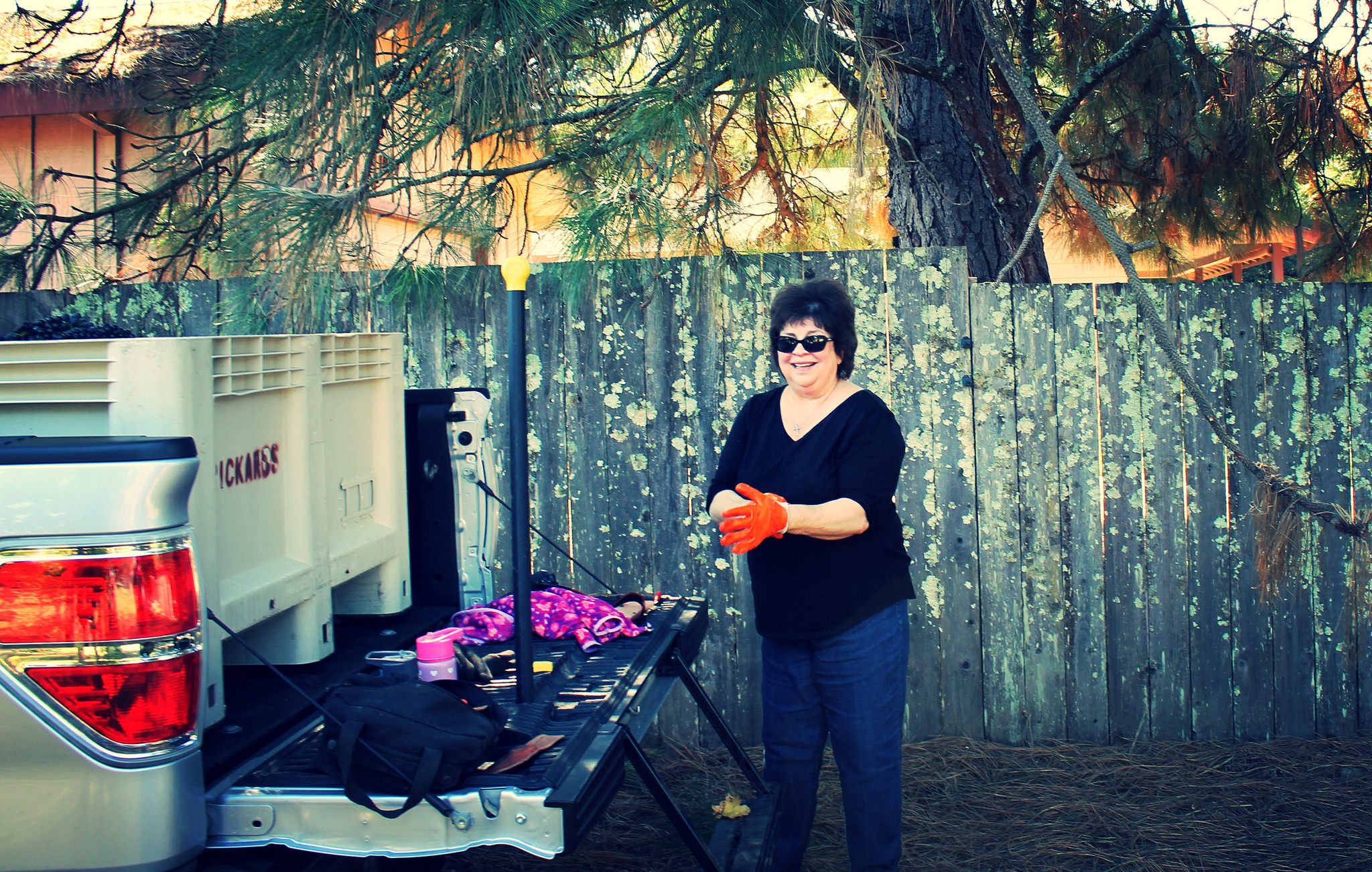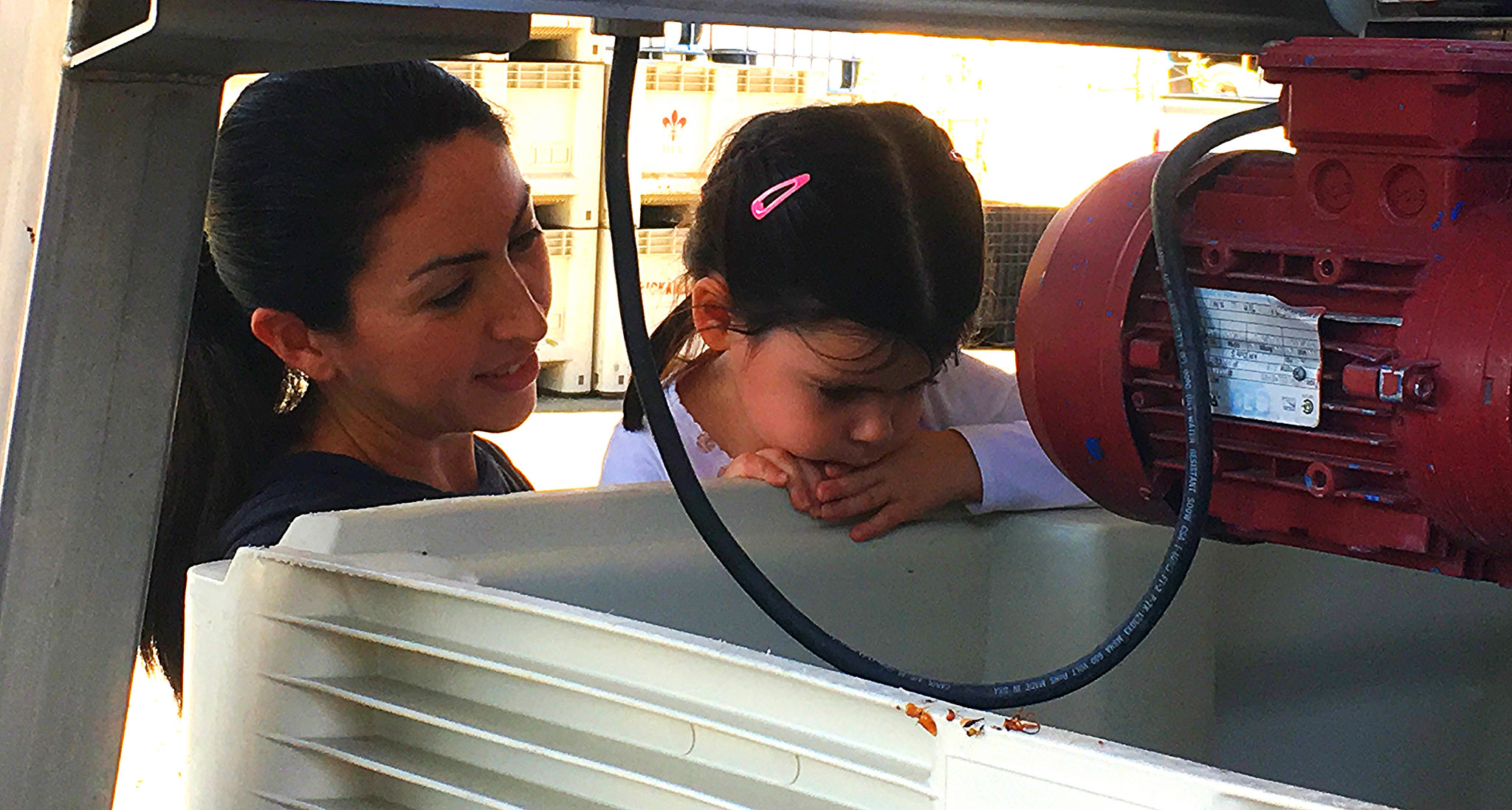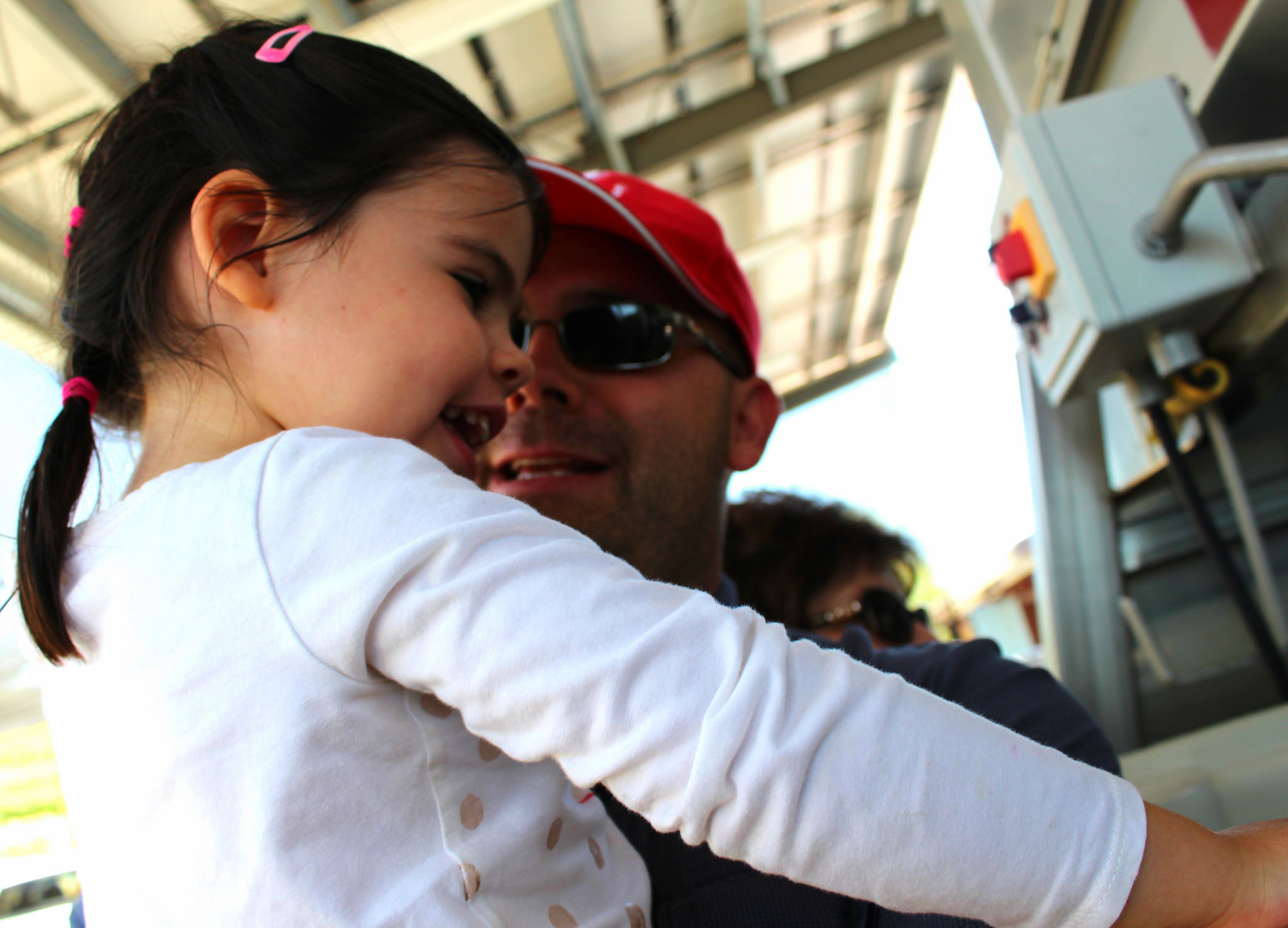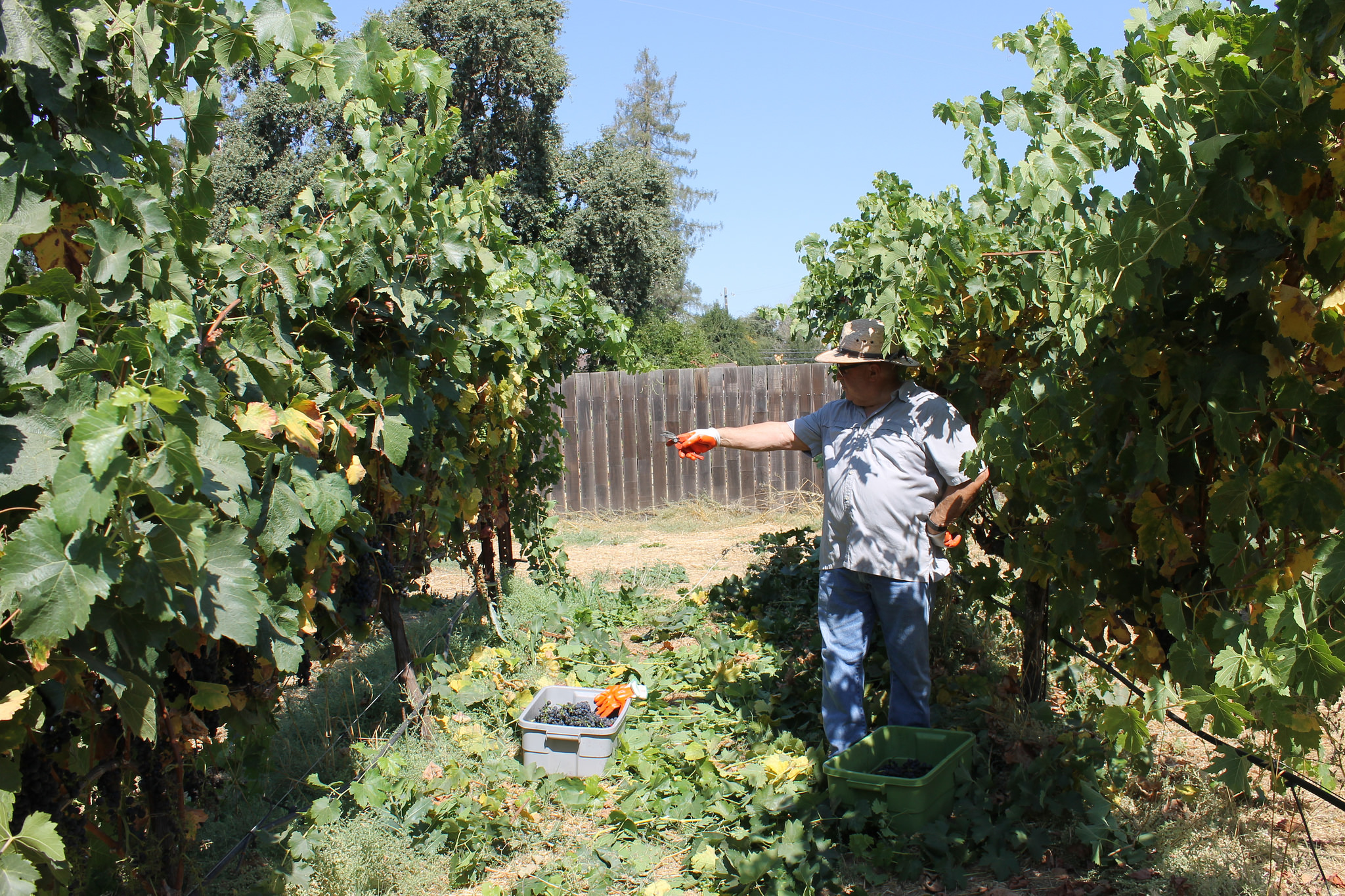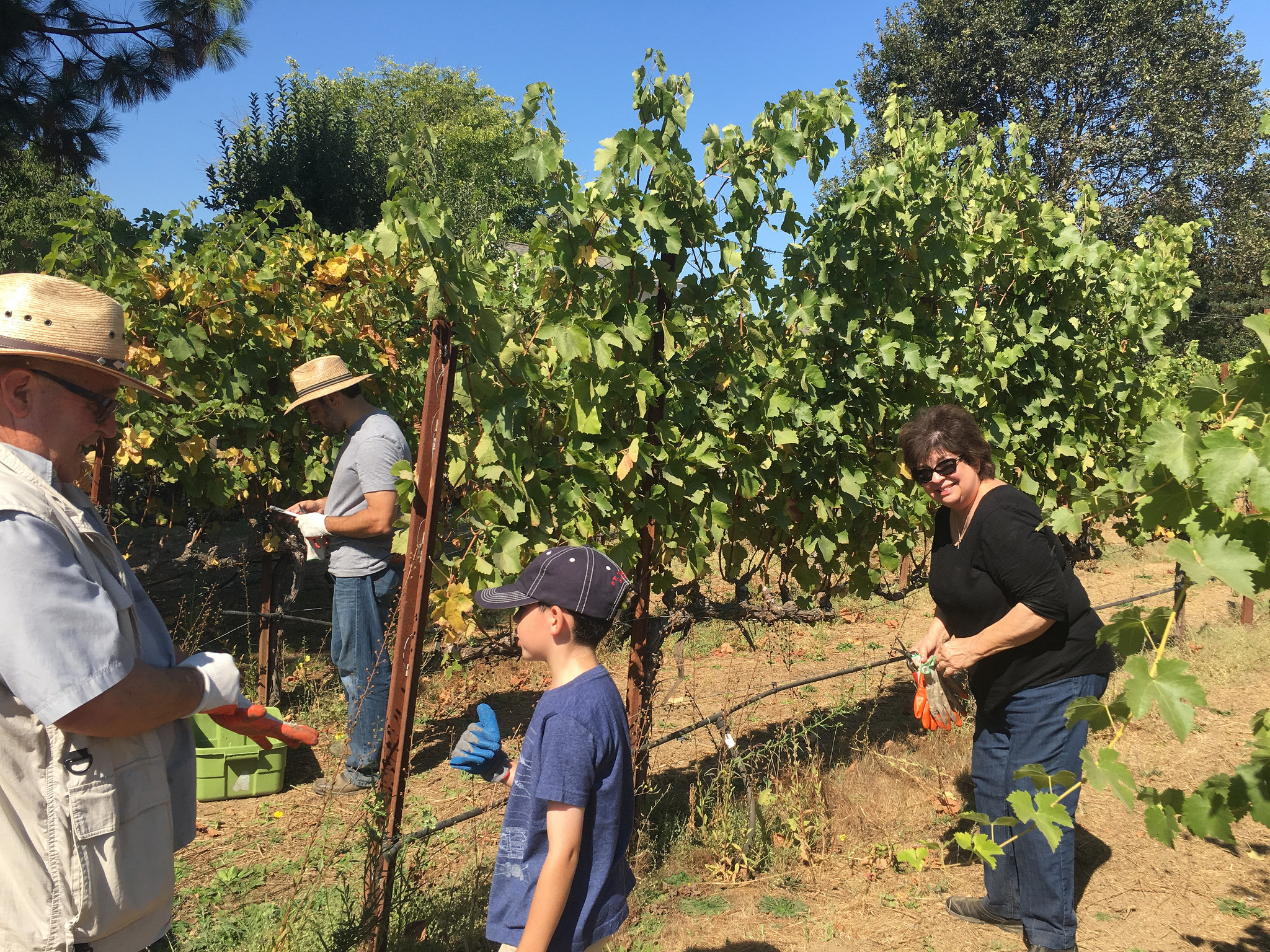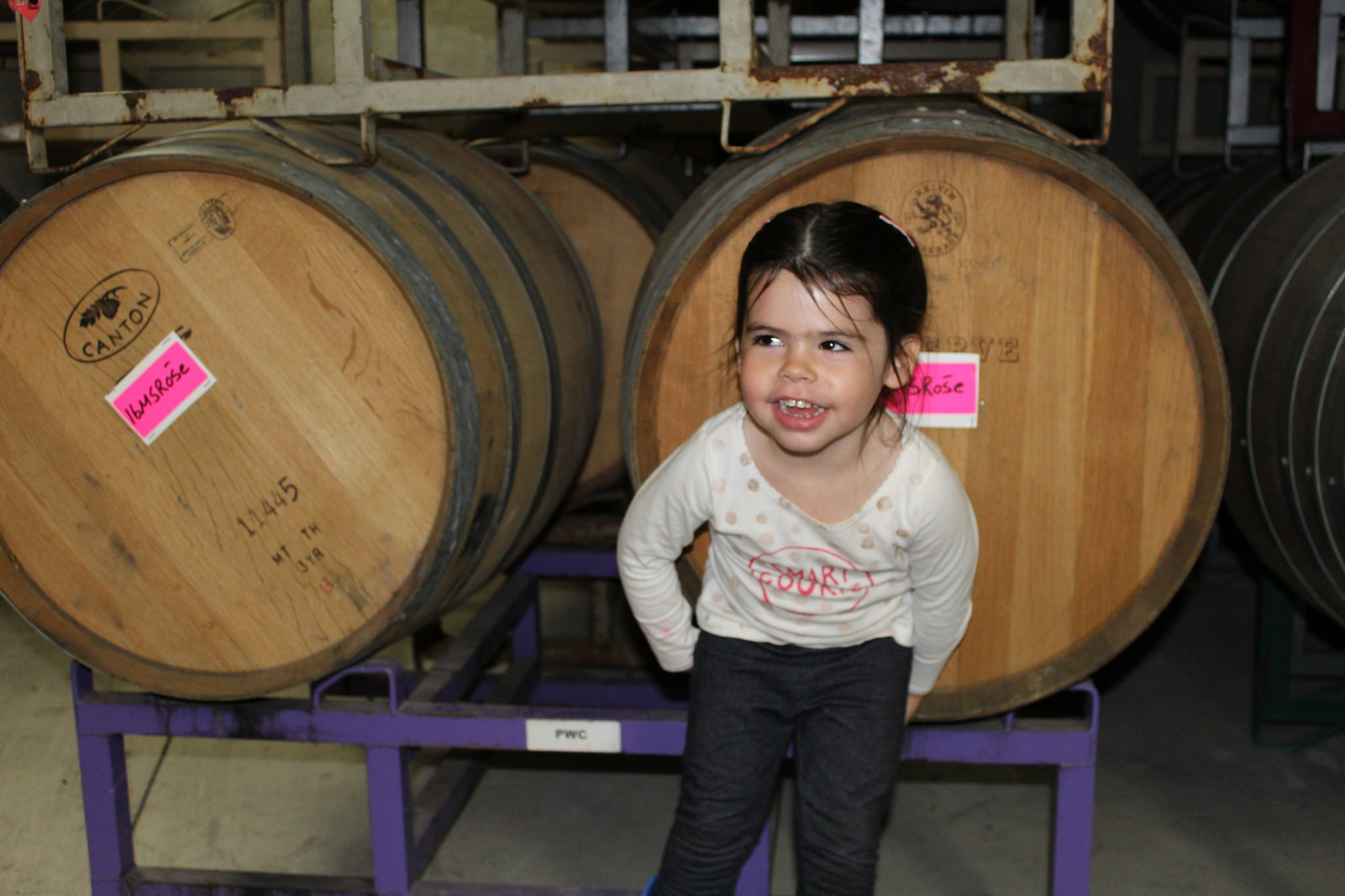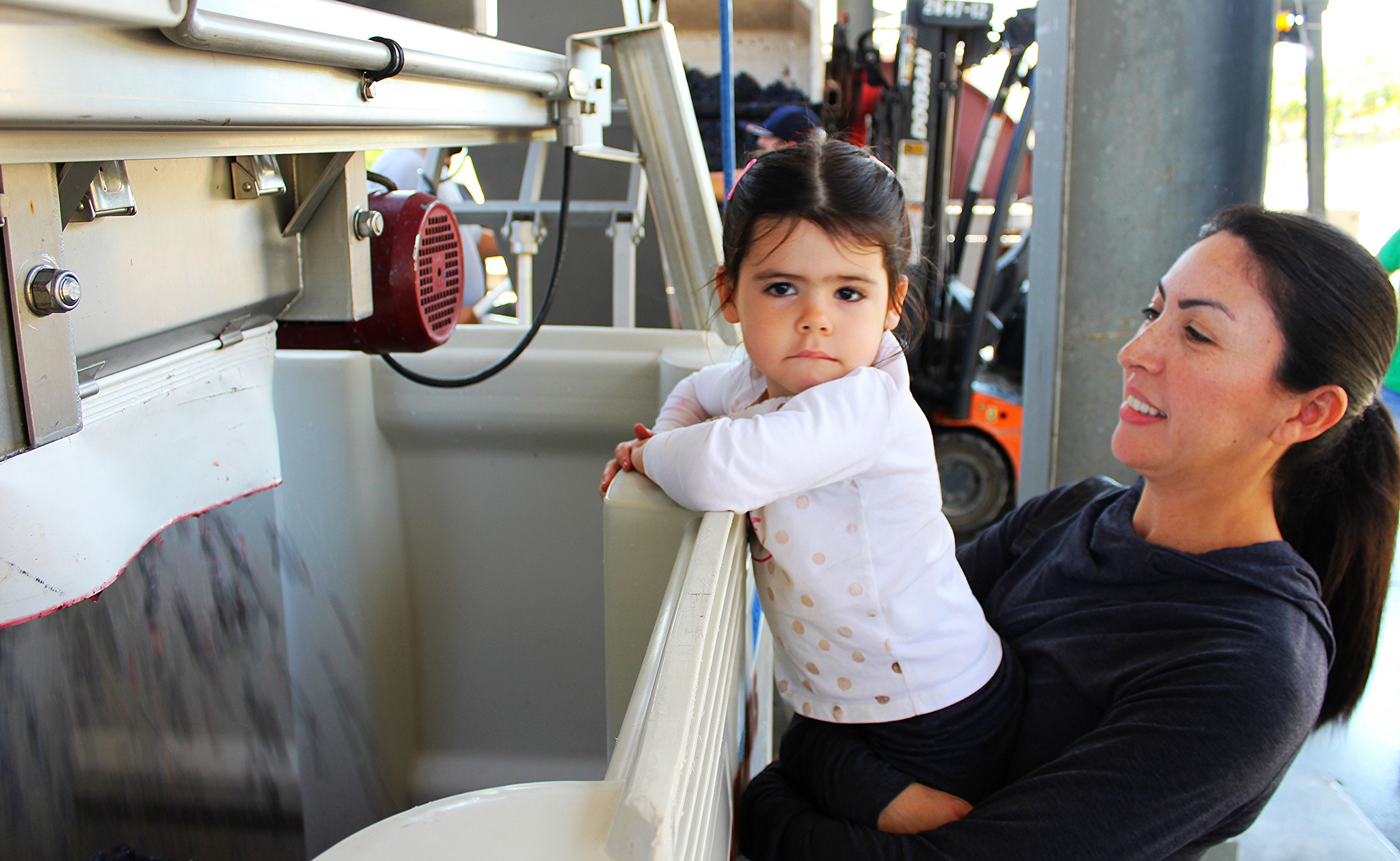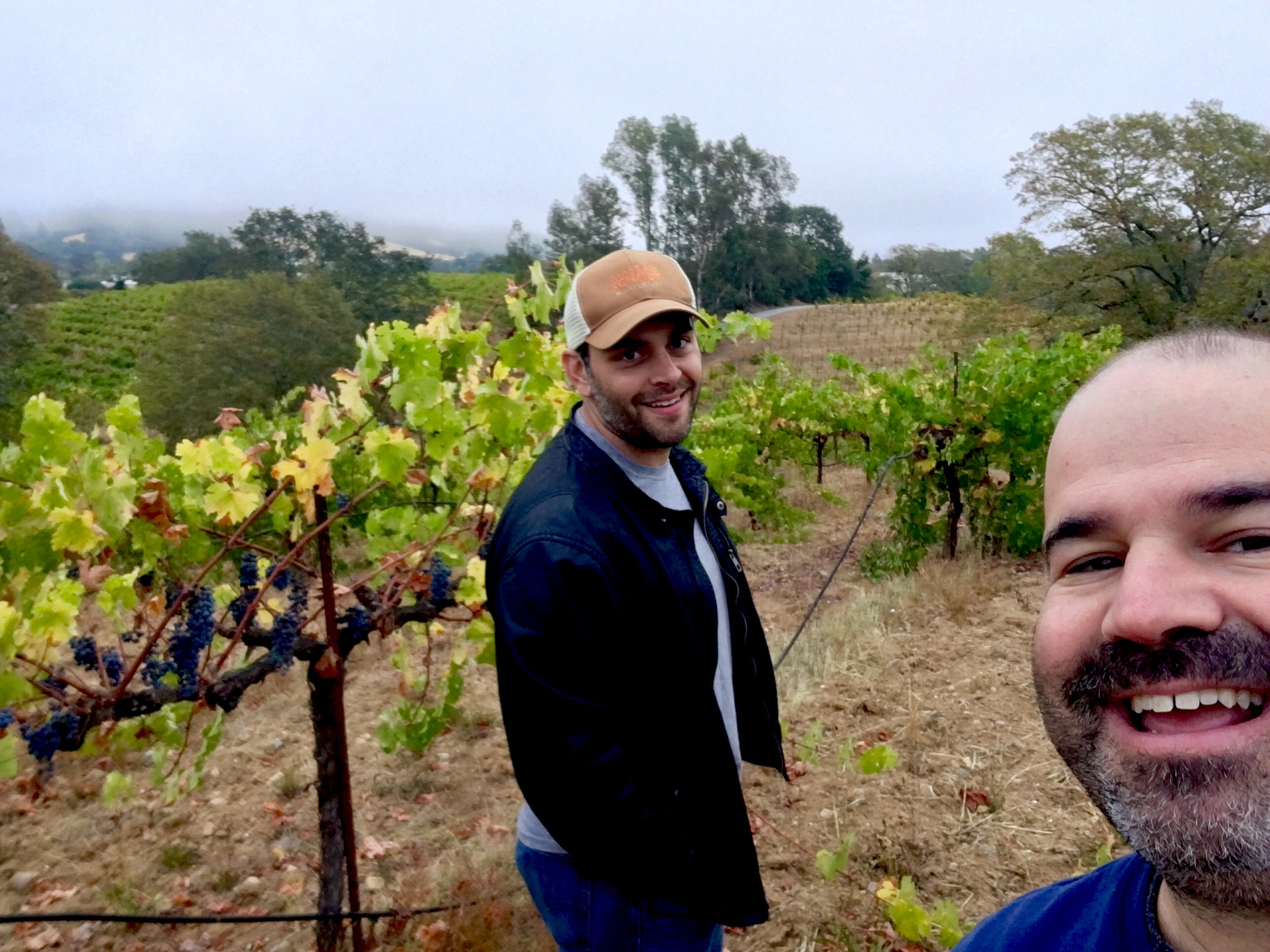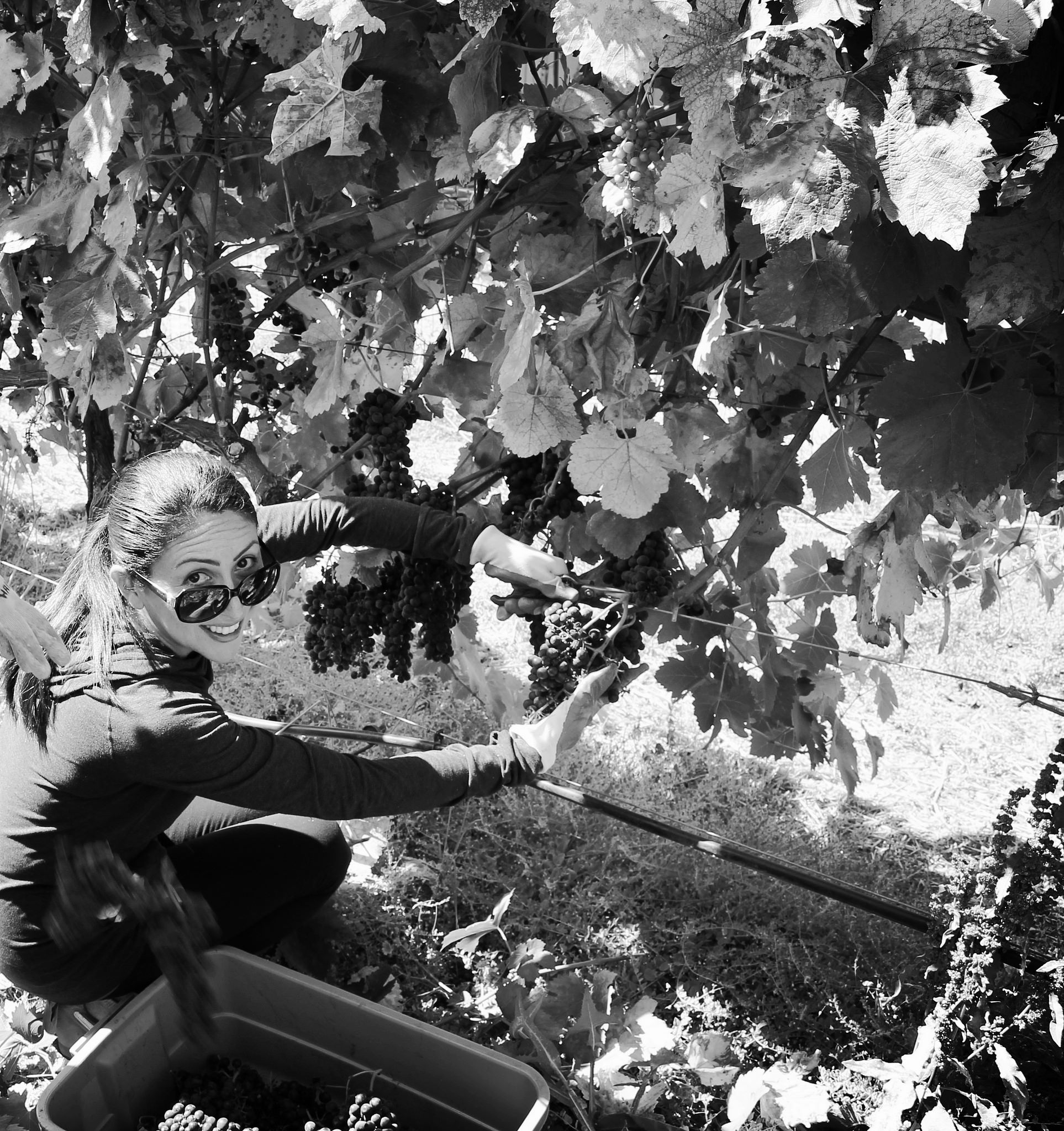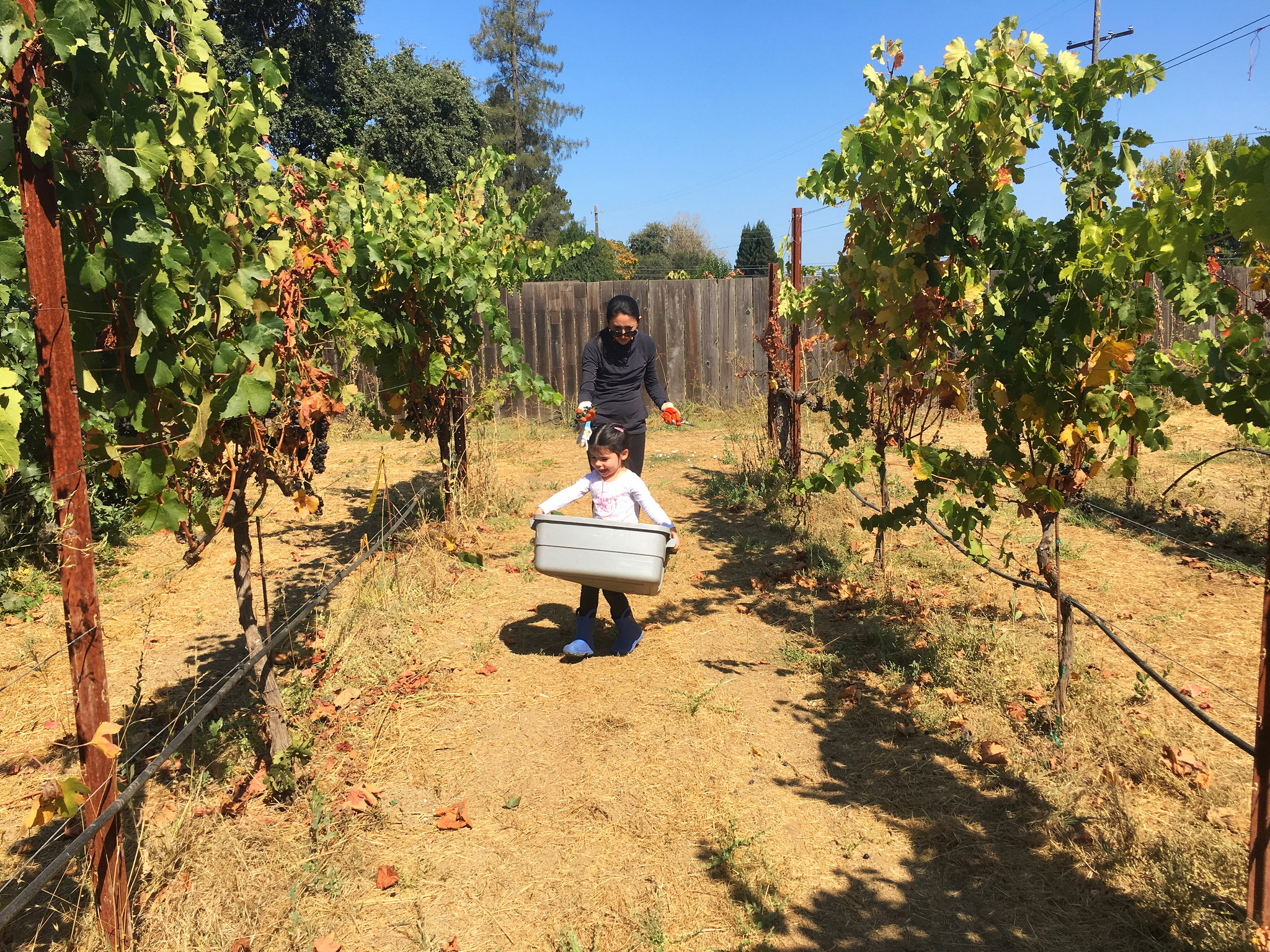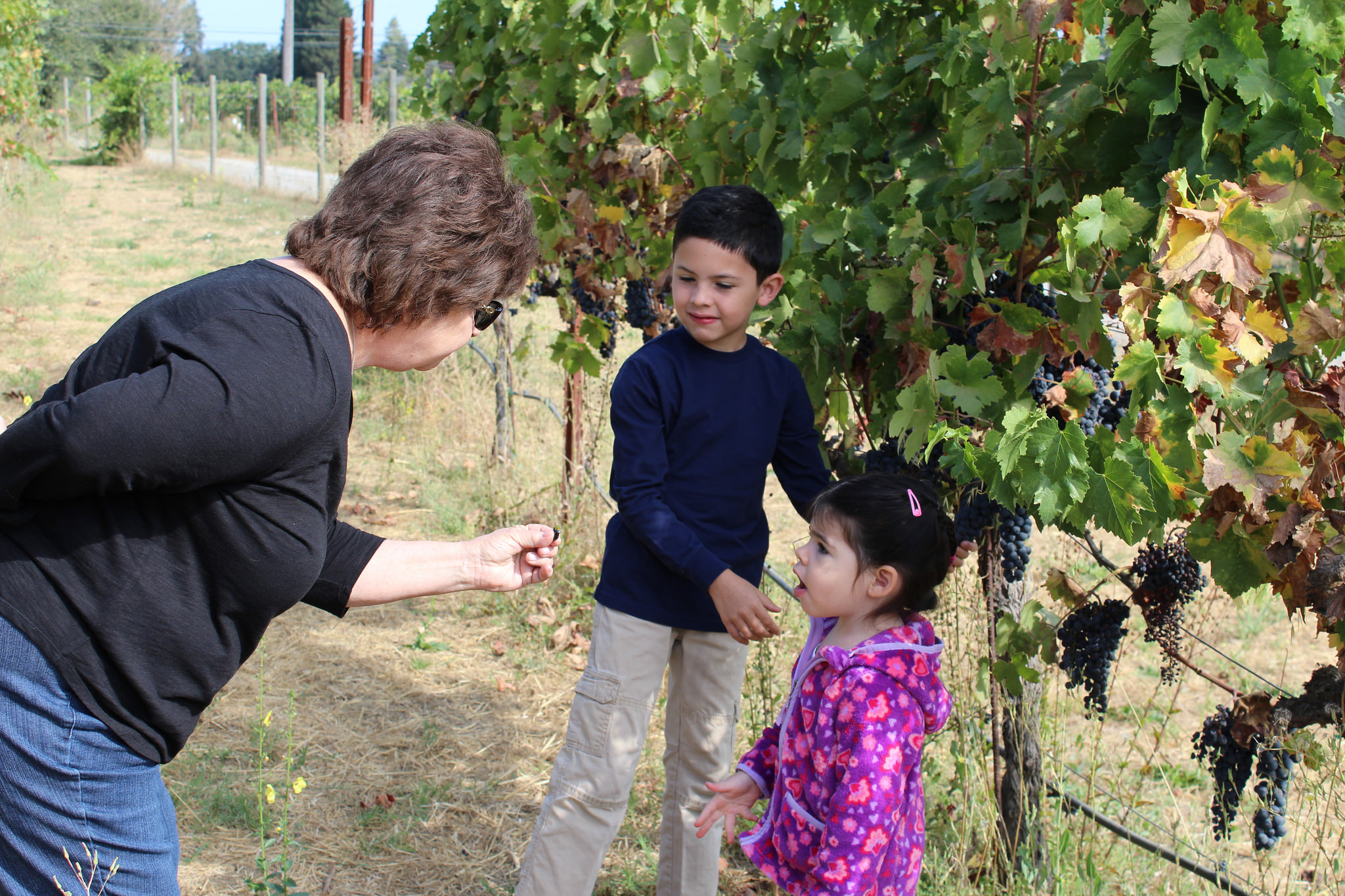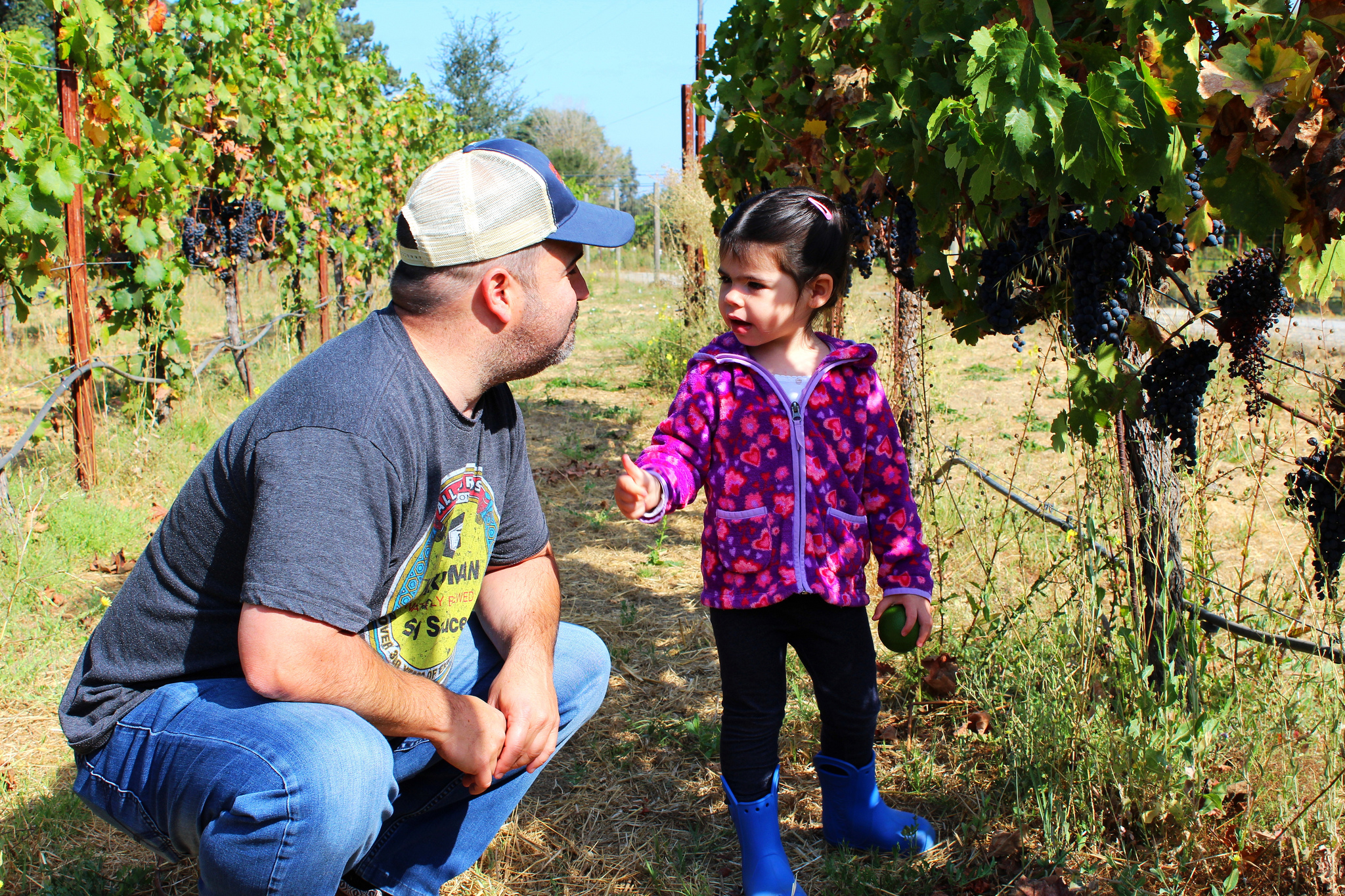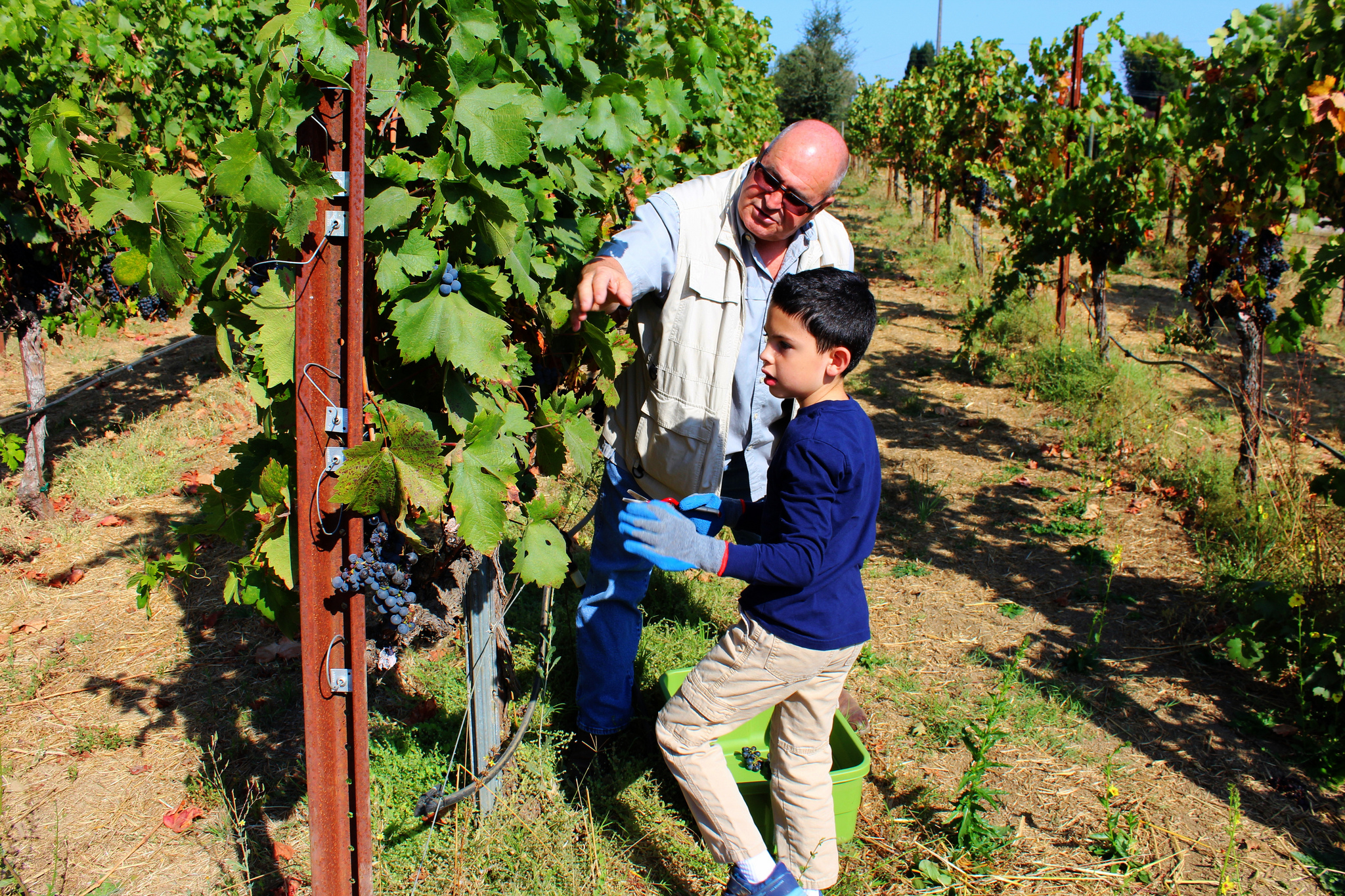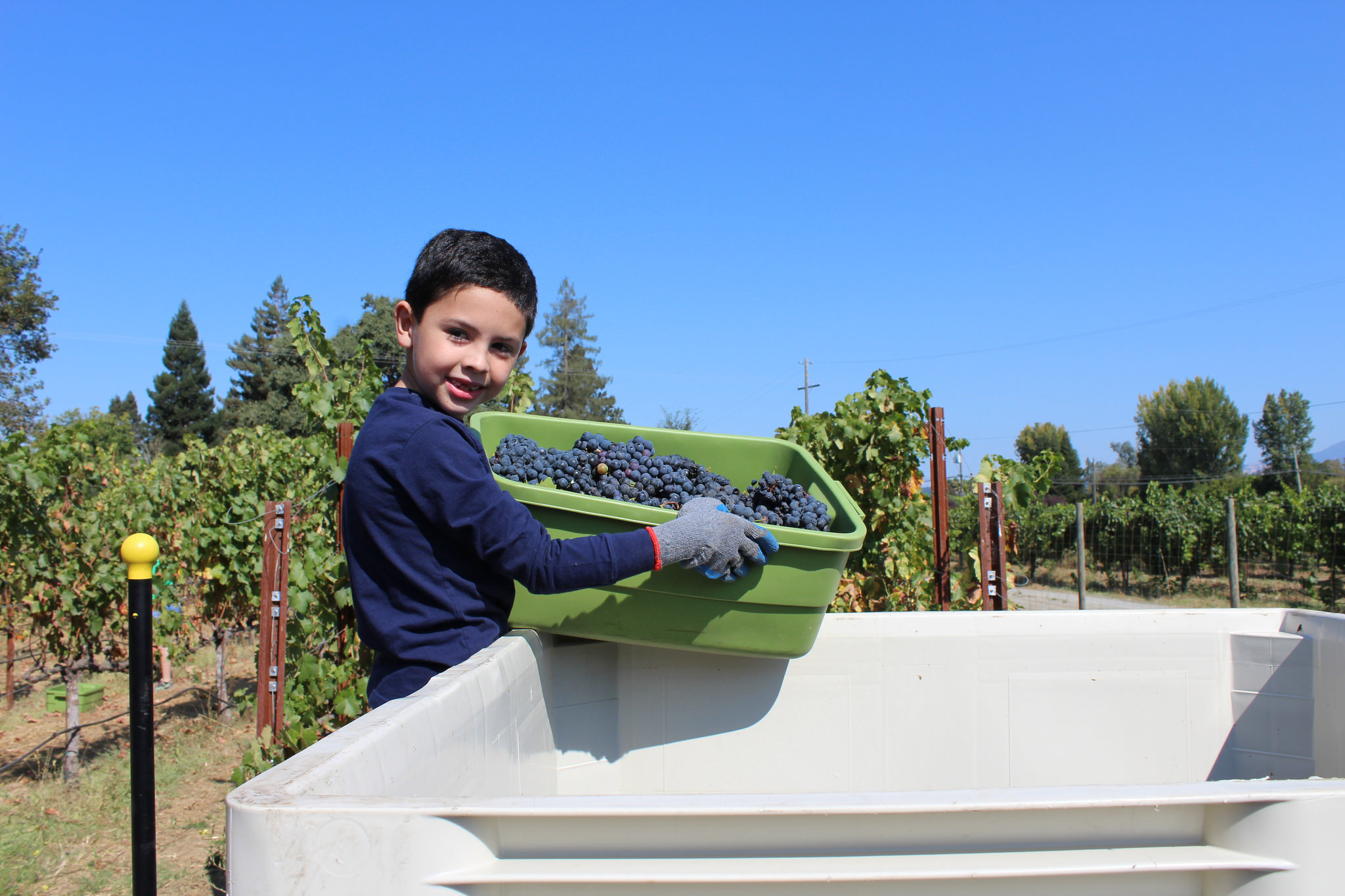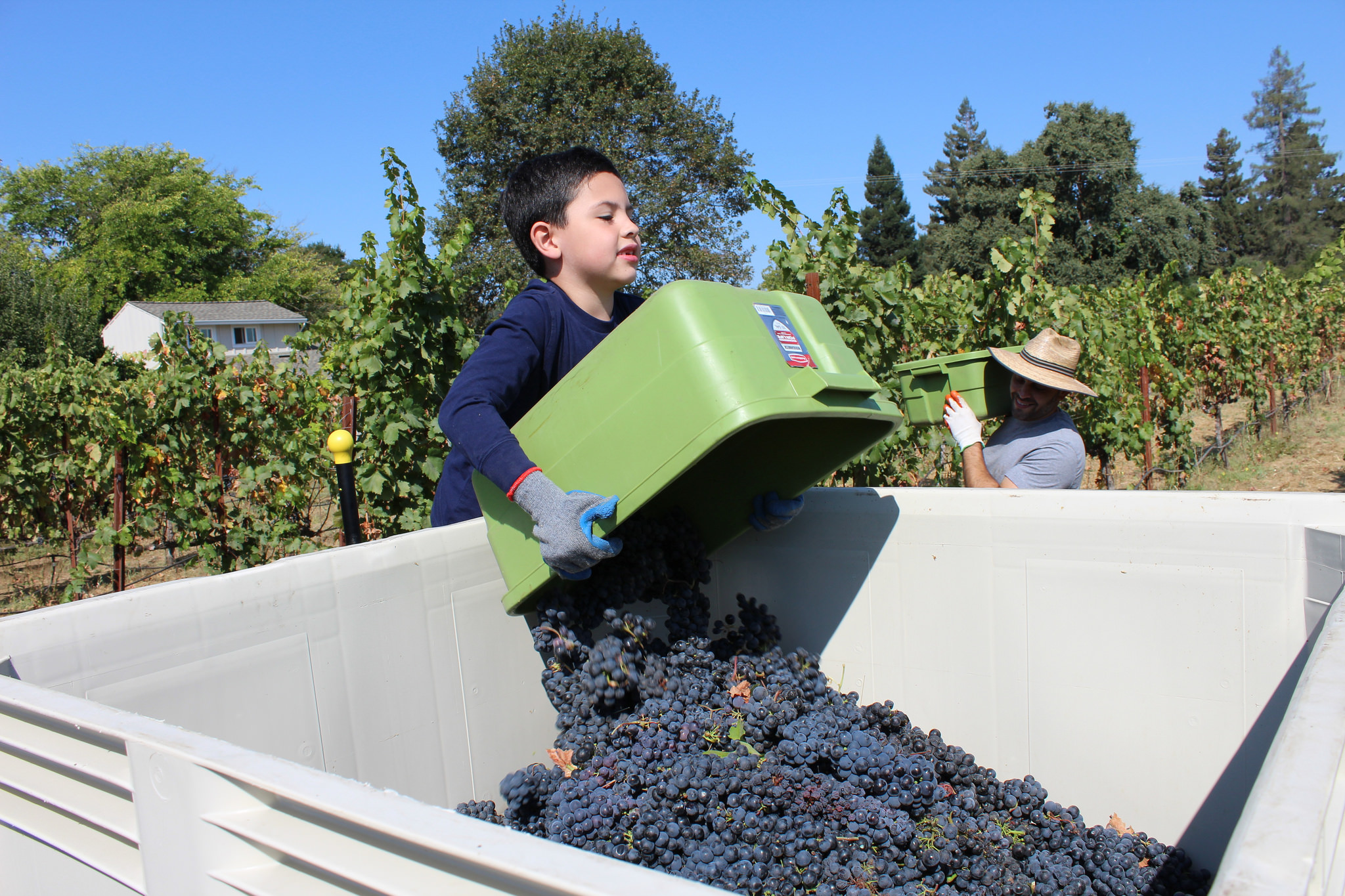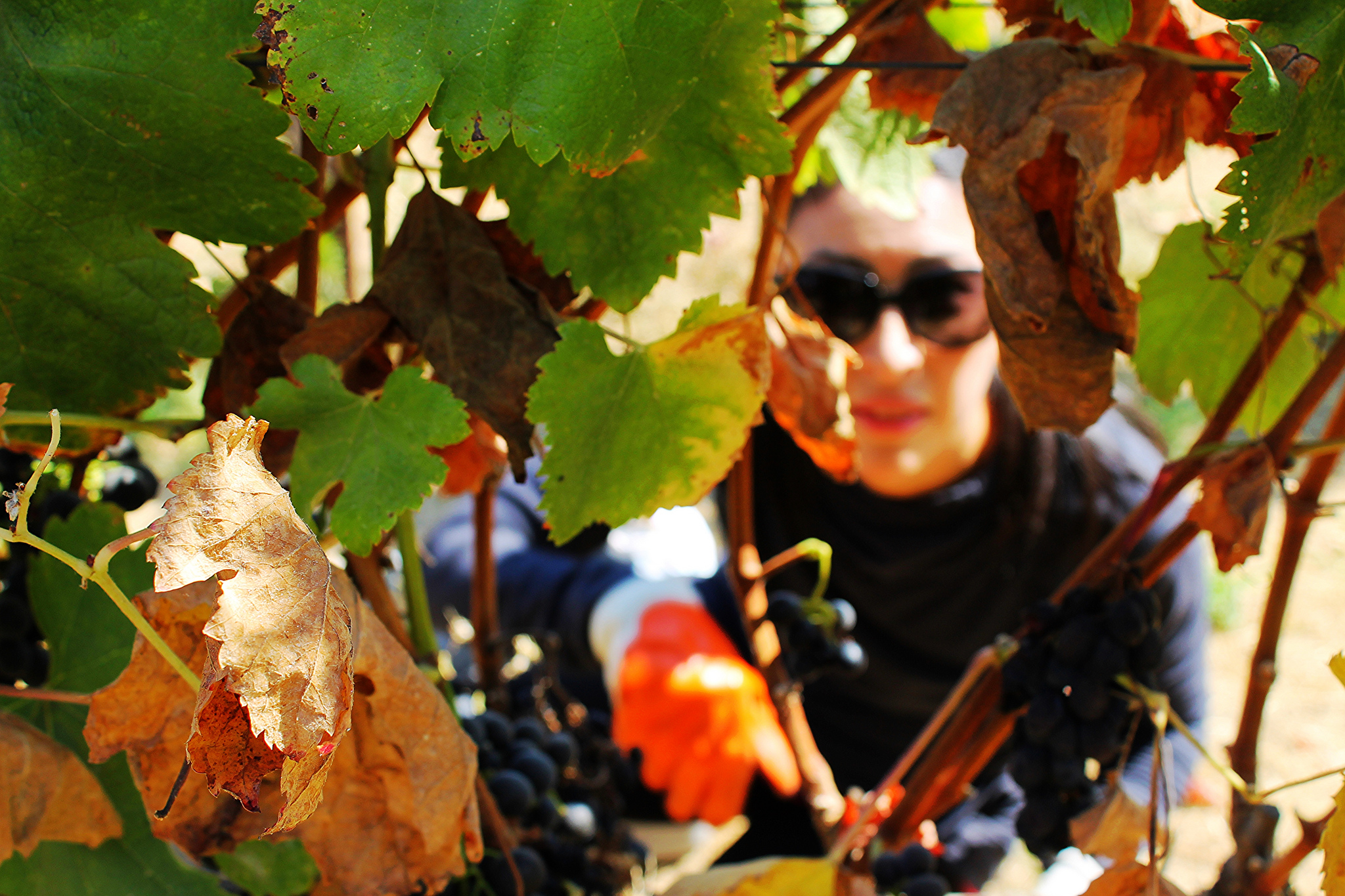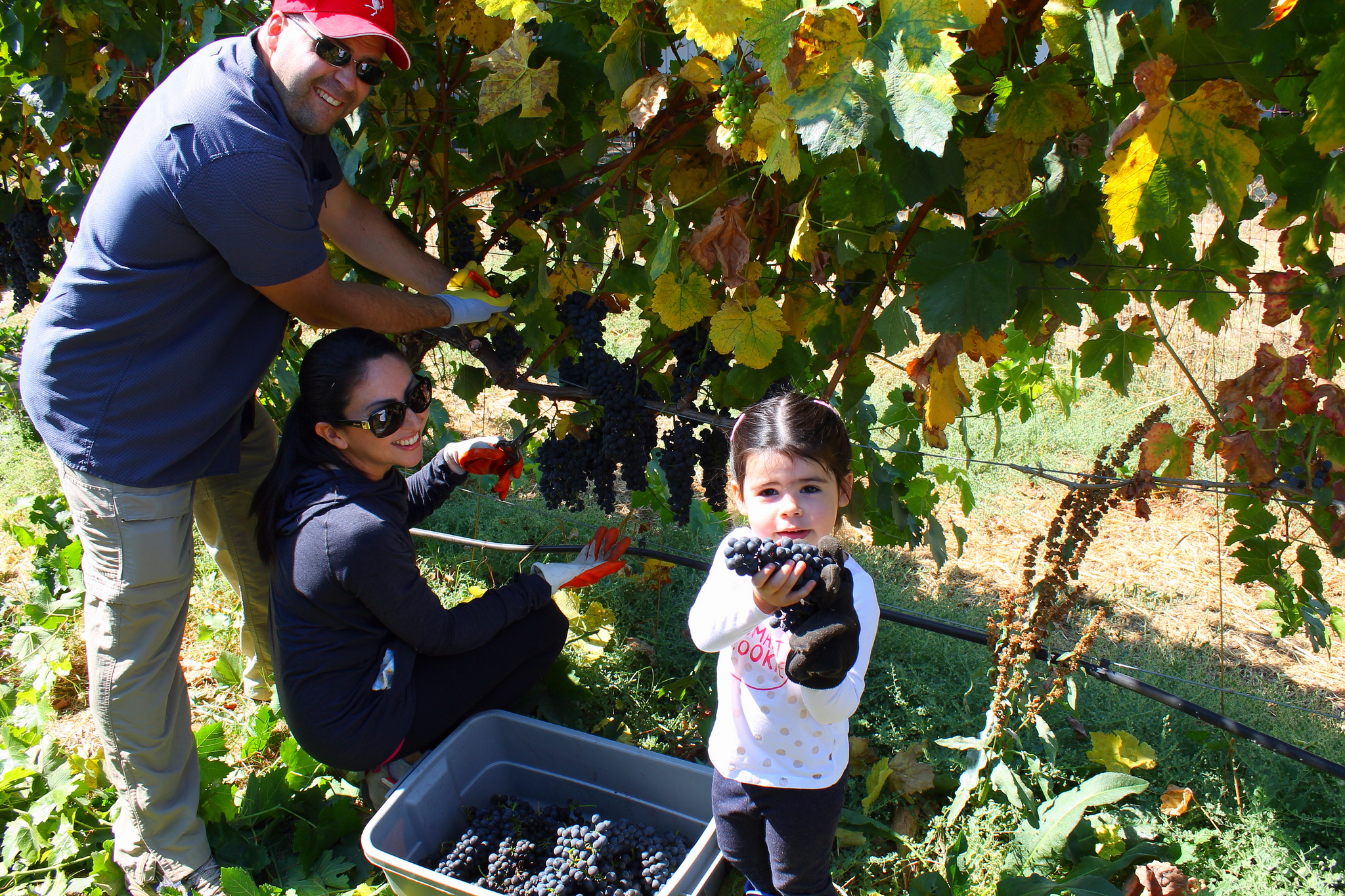I tasted through nearly all my barreled wines with Martin and Luc from Foot of the Bed Cellars in San Francisco. Tasting with different palates and different backgrounds can be much more enriching of an experience than doing all the work in solitude.
Photo courtesy of founders Luc and Martin, Foot of the Bed Cellars
Don’t get me wrong, I like solitude, the opportunity to block out everything and focus on the task; I always have. However, the inputs from others in a controlled setting are enlightening and the nuances others pick up can be more attuned than my own senses.
Photo taken by Luc of Foot of the Bed Cellars
Take for instance my Merlot from 2017. Merlot happens to be one of Martin’s favorite varietals (I found out that morning). I didn’t really have a planned experiment in mind when we starting tasting the four barrels of 17 Merlot, but it soon became one of our longest discussions of the tasting. I barreled the merlot down to three new oak barrels, Gamba, Kelvin and Nadale and one neutral. The merlot came from Galloway Vineyards in Dry Creek Valley, harvested and fermented exactly the same, so the only variation is barrel time.
Many in the wine business use the term ‘American oak’ generically and homogenously, which does the American cooper a disservice. American oak is unique, as is French or Hungarian; as are American cooperages and the craftsmen that work the cooperage. In this micro tasting of Merlot, Kelvin cooperage in Kentucky is an American cooperage using American oak exclusively. Gamba is an Italian cooperage using French oak and Nadalie is a French cooperage operating in the United States using American oak. Quite the combination of styles and raw product, but that’s what can help finish a wine, just as one would use mesquite wood to finish a steak instead of cherry or apple wood.
Martin really focused on the Kelvin 36 month medium long Hydra barrel. Kelvin uses a steaming processes during barrel toasting that is incorporated to lengthen the open fire toasting process, thus penetrating deeper into the oak and mellowing harsher oak tannins such as vanillin or the aromatic coconut picked up in many American oak barrels, in the process, greater complexity is achieved for the American oak. I’ve been using Kelvin since 2010 on many a Bordeaux varietal and have been very happy with the results. There are greater baking spice notes, wisps of mocha, and not nearly as much sweet vanilla as you’d get from 24 month Kentucky or Virginia oak.
Photo taken by Luc of Foot of the Bed Cellars
While Martin was pondering Kelvin, I was obsessing over the Gamba oak barrel. I initially put the new Gamba Allier forest oak on my 2017 Lencioni Vineyard dry-farmed Cabernet Sauvignon for about 6 months, I racked it off and took the Gamba and put it on my Merlot to finish. The Gamba is opulent and silky with both the Cabernet and the Merlot. Gamba does pack a punch though, and doing some research on Italian cellar technique, brought me to the idea of using the new oak twice in a single vintage, gradually moving from the strongest varietal, Cabernet, to something with less tannin, Merlot. I’ve even considered using this same Gamba barrel a third time in the vintage and aging some Barbera on it for a few months.
The Nadalie barrel was from their proprietary Symphony American oak line. A combination of various American oak forests, the oak is aged in a Pennsylvania yard 36 months minimum, which is the minimum aging that I use for American oak in my program and then final cooperage and toasting is completed in Napa. The barrel is toasted in a long and slow process, just as Kelvin, but without any steam applications. The results on the Merlot show more subtlety of oak on the fruit of the three cooperages, not overpowering the Merlot, but rounding out every edge. It’s likely that the Merlot on Nadalie Symphony is bound for blending and complimenting anything it’s blended with, especially Cabernet or Barbera.
Tasting with different people at various times during the wine aging process gives me a gift of insight I might not otherwise have, noticing nuance. Perhaps tasting with others who appreciate wine as I do also forces me to look at my own barrel program with a more critical perspective, verbalizing the decisions I’ve made and compelling me to make objective judgements about my own winemaking. Wine making is a lifelong learning process of both objective and subjective measures, the clichéd art and science of wine that many aspire to comprehend.




